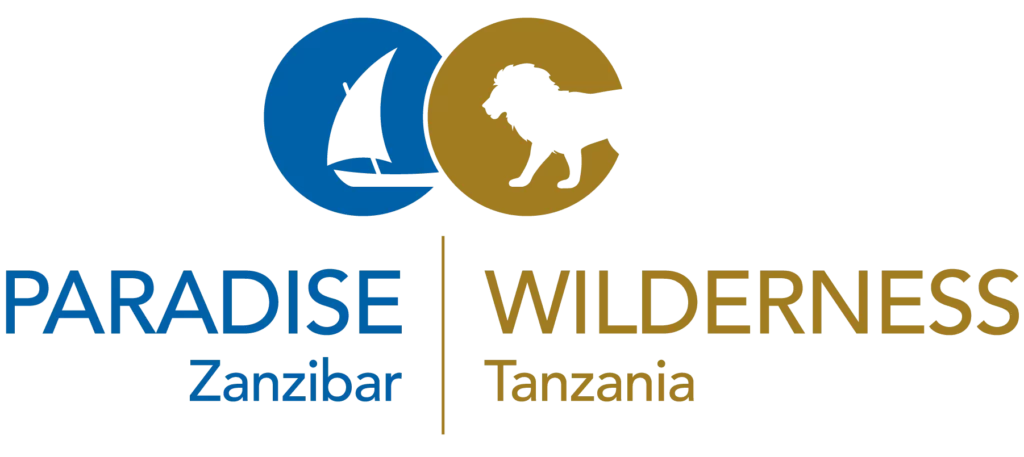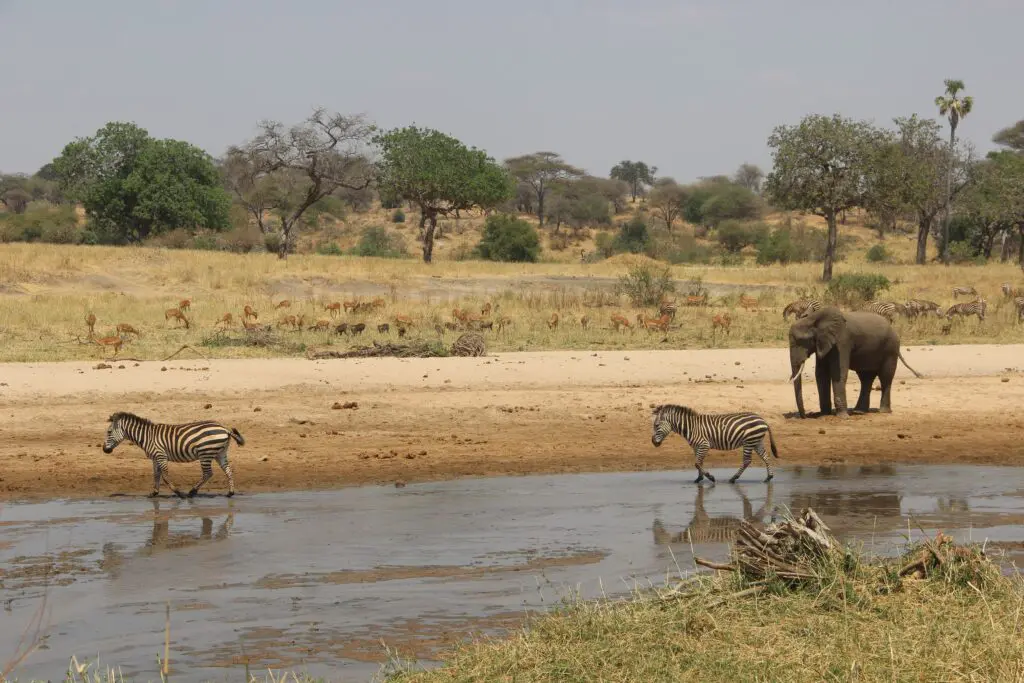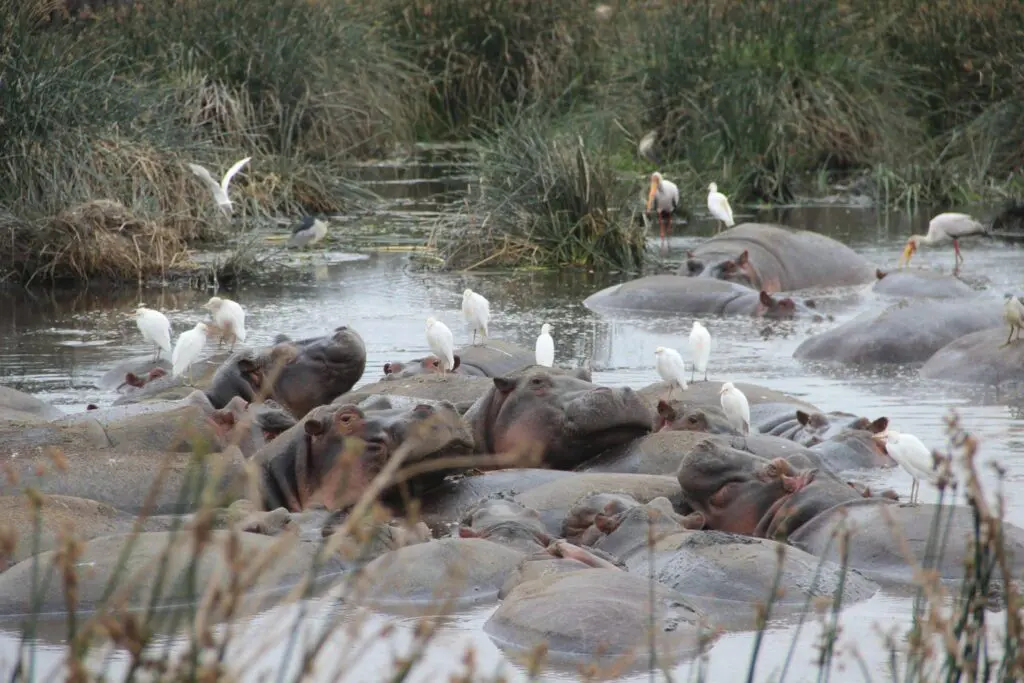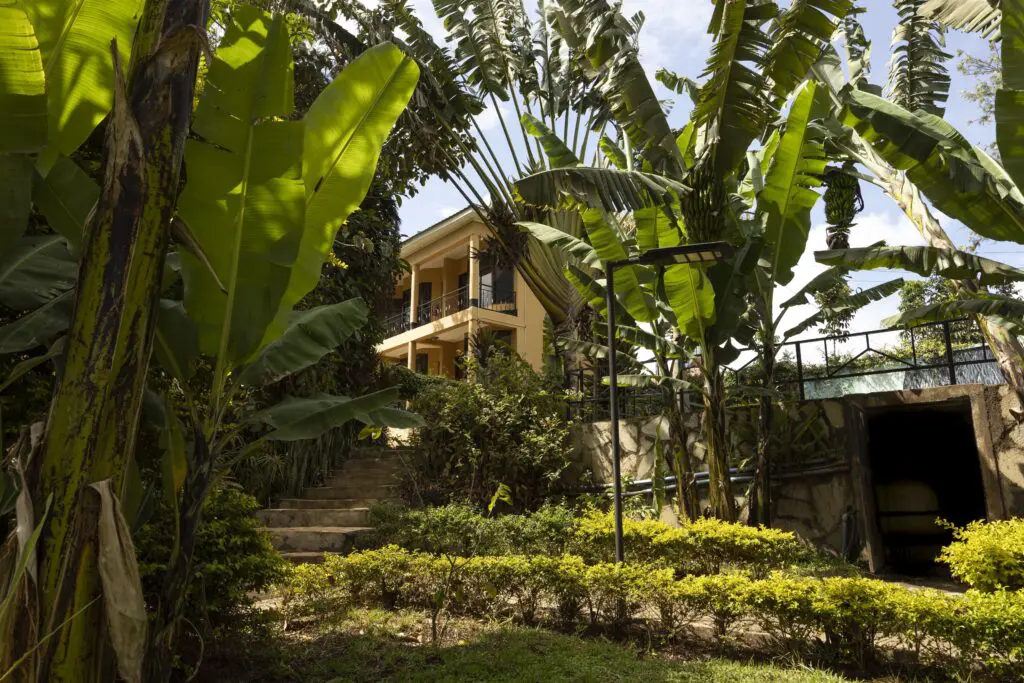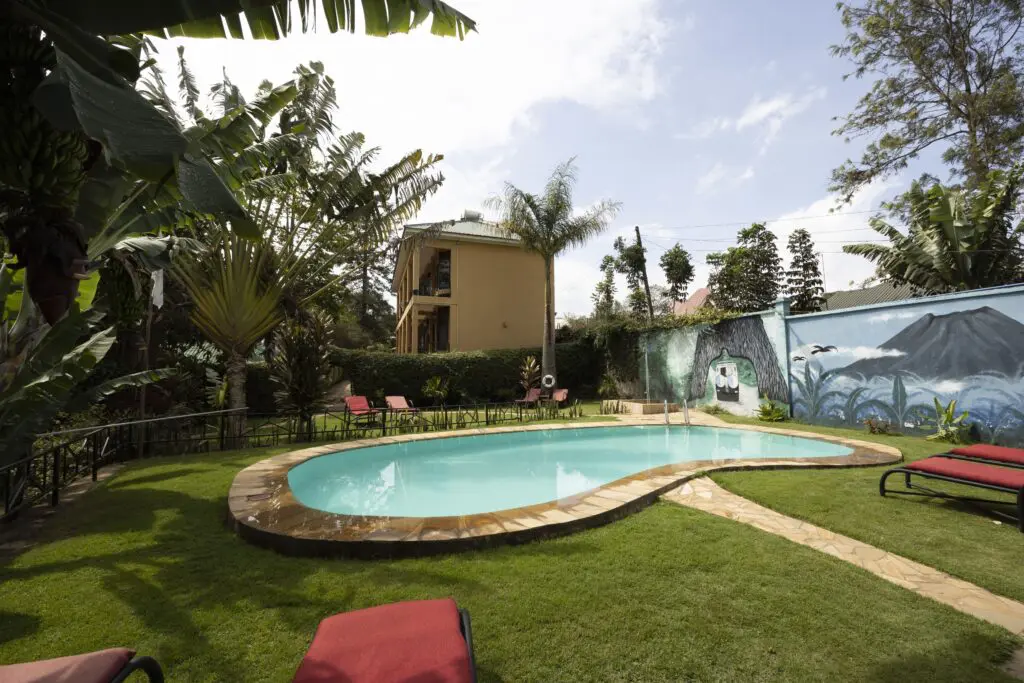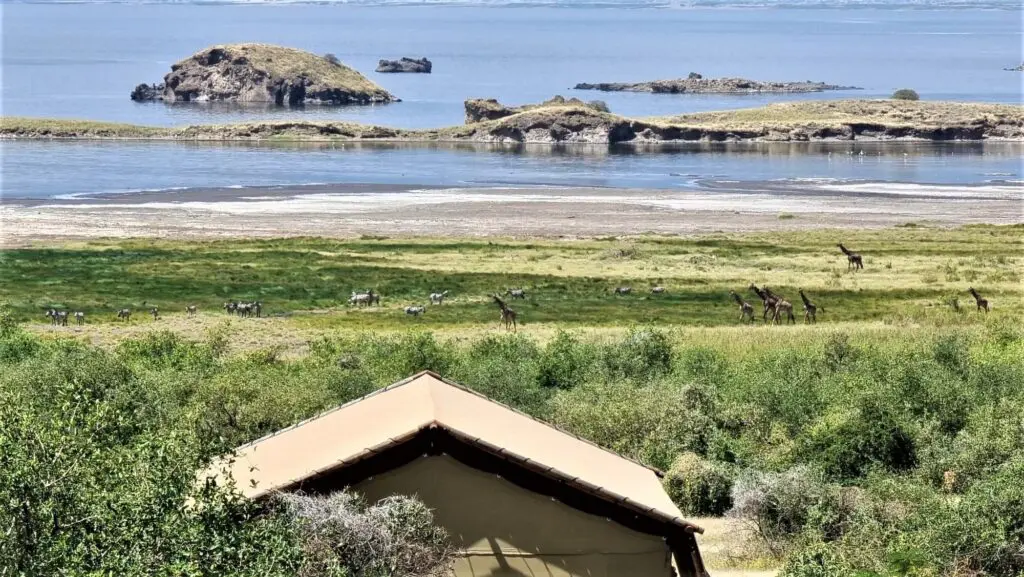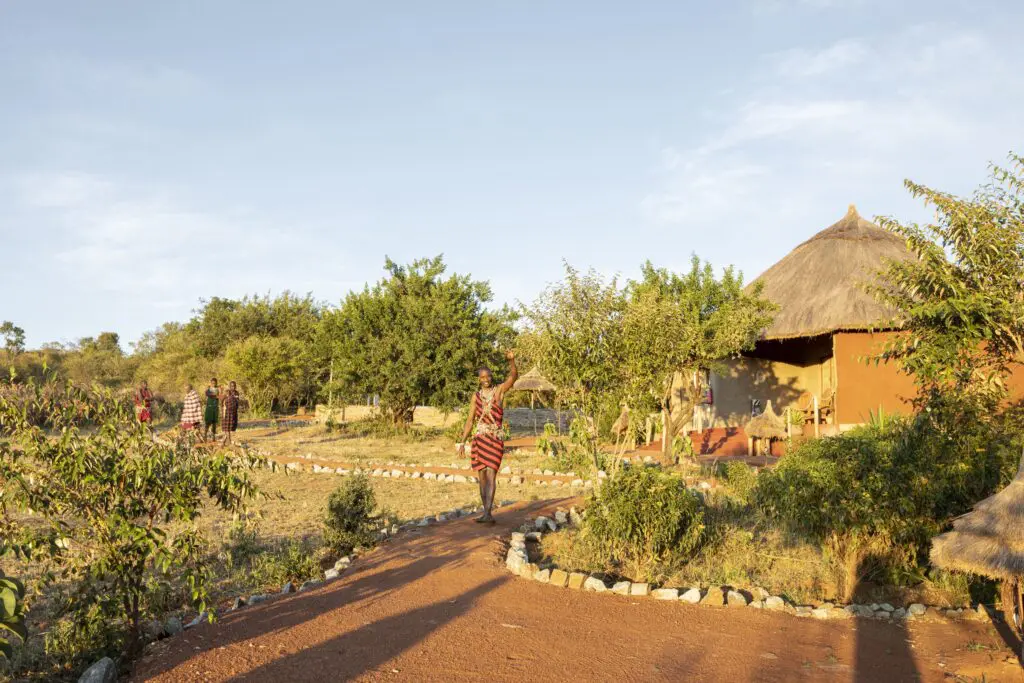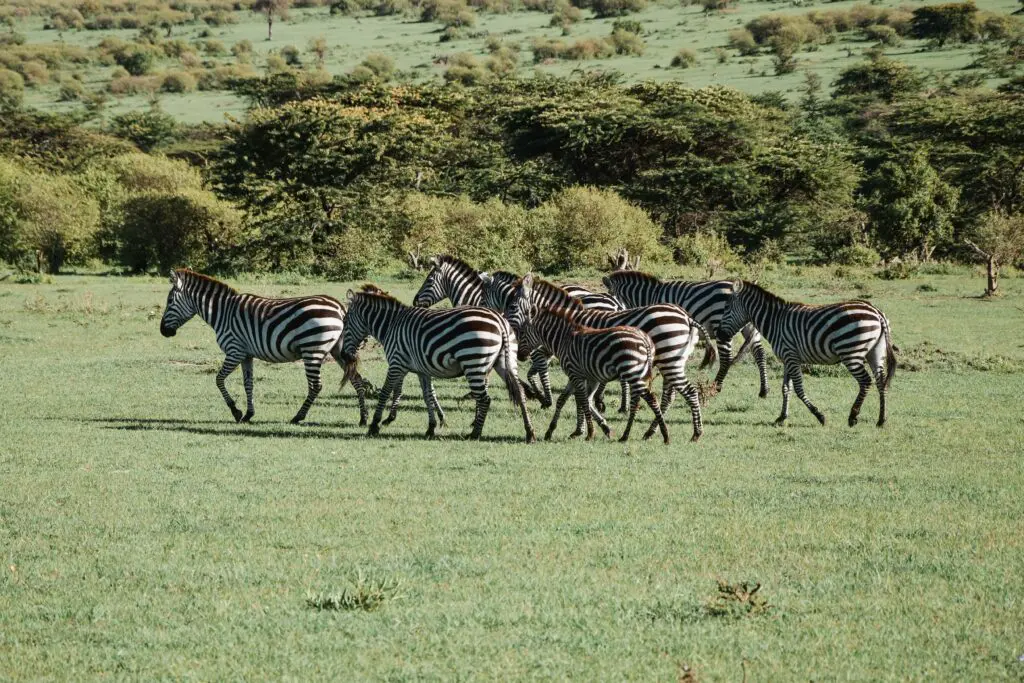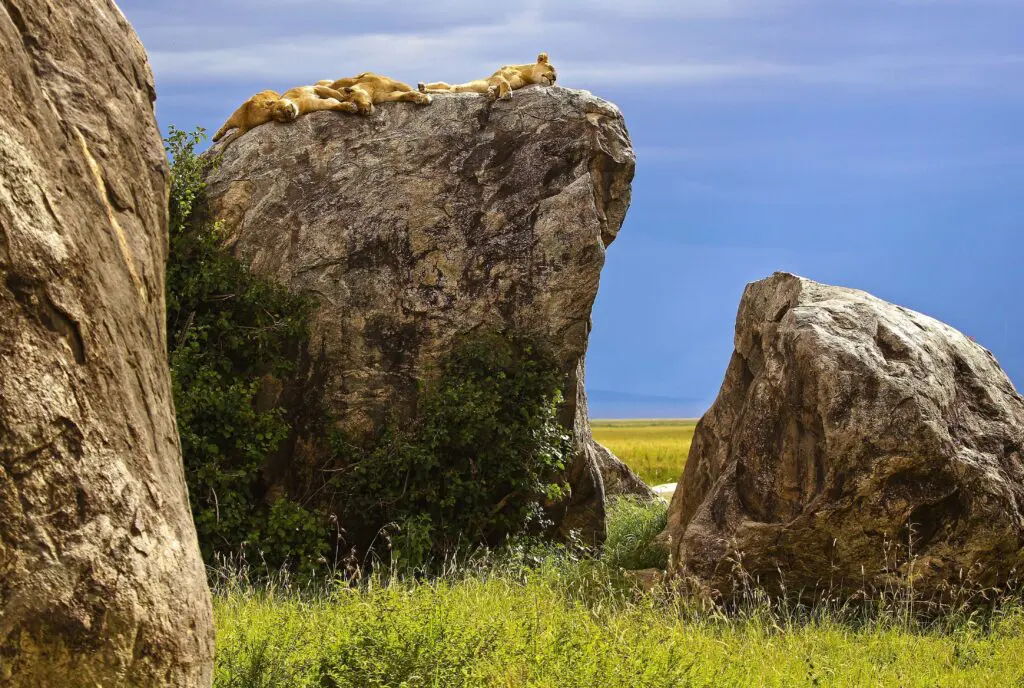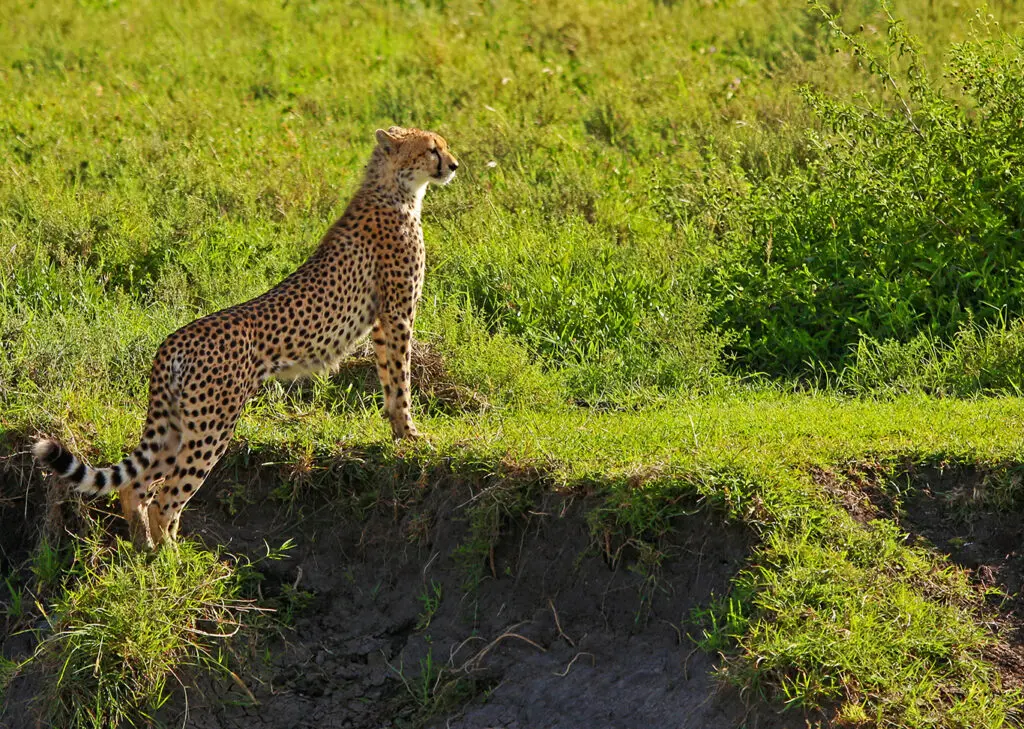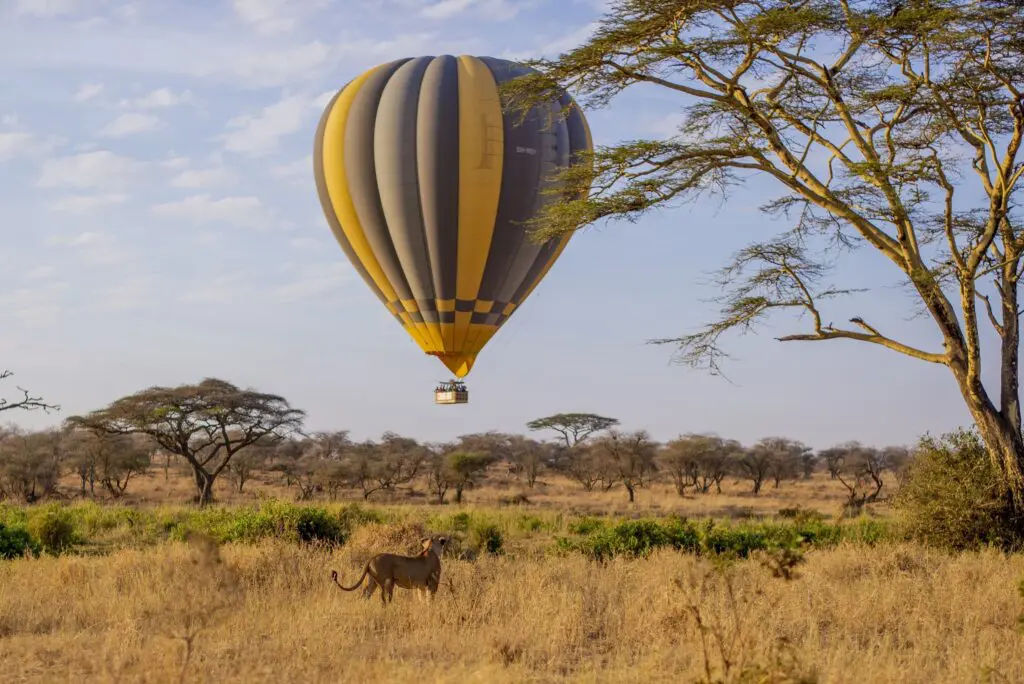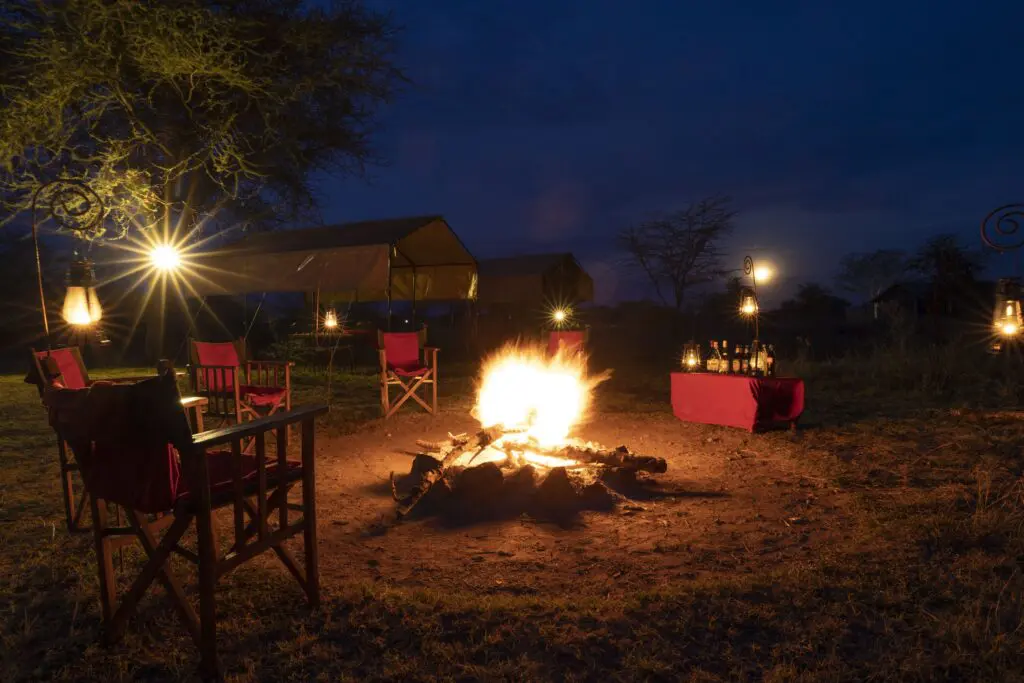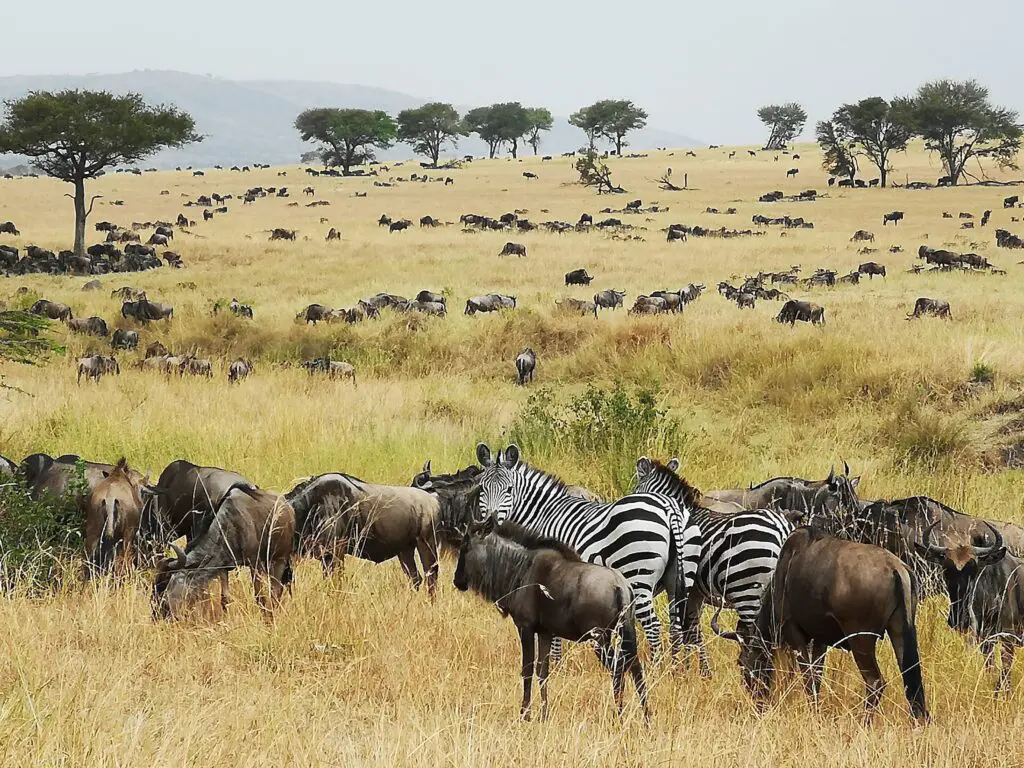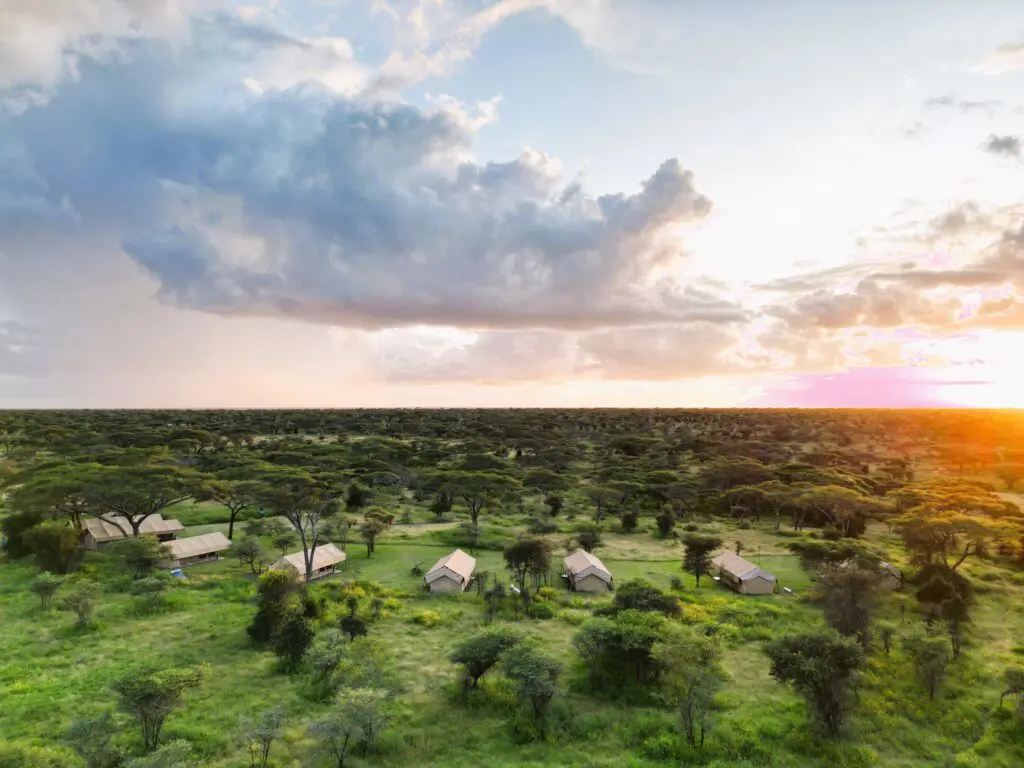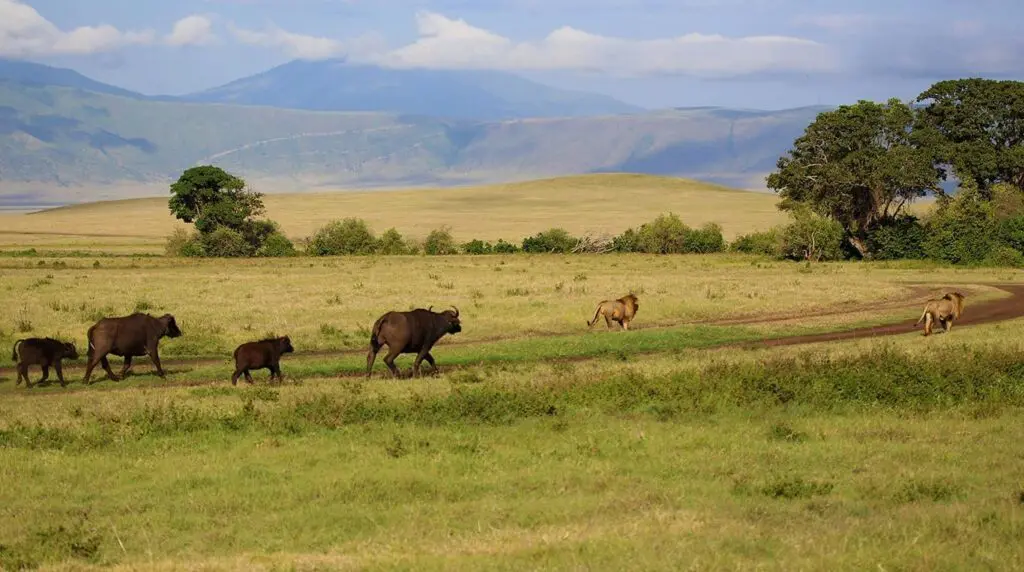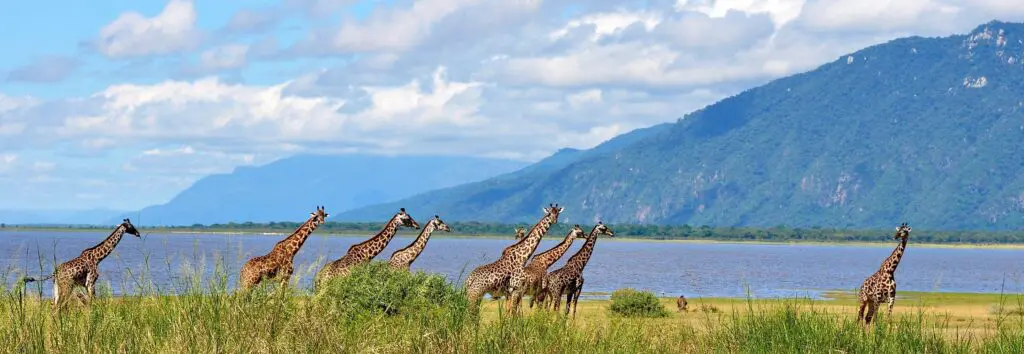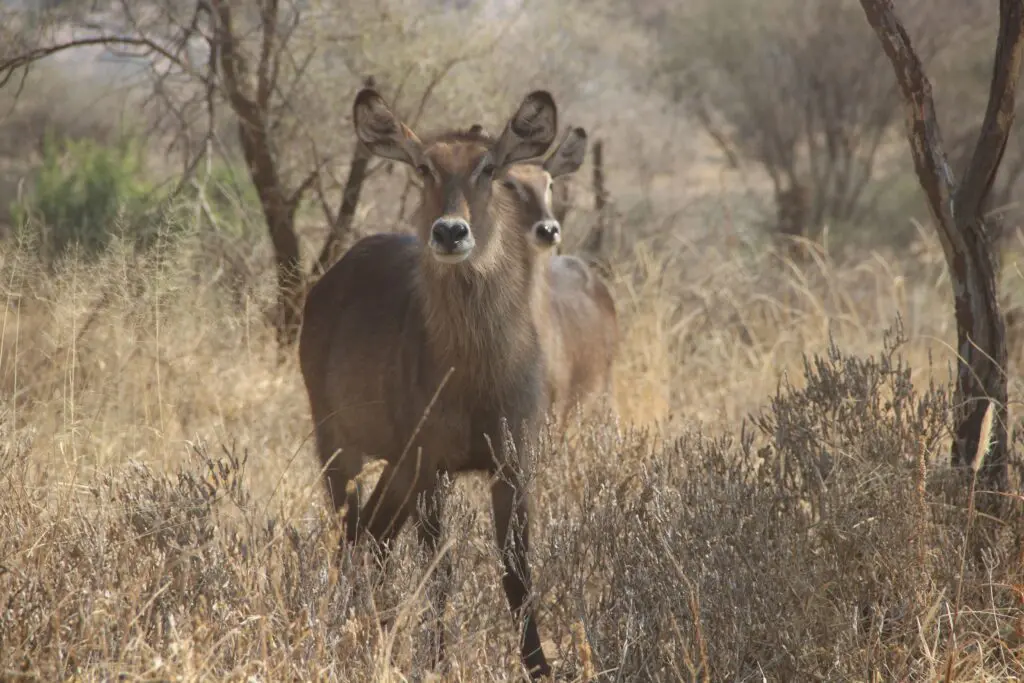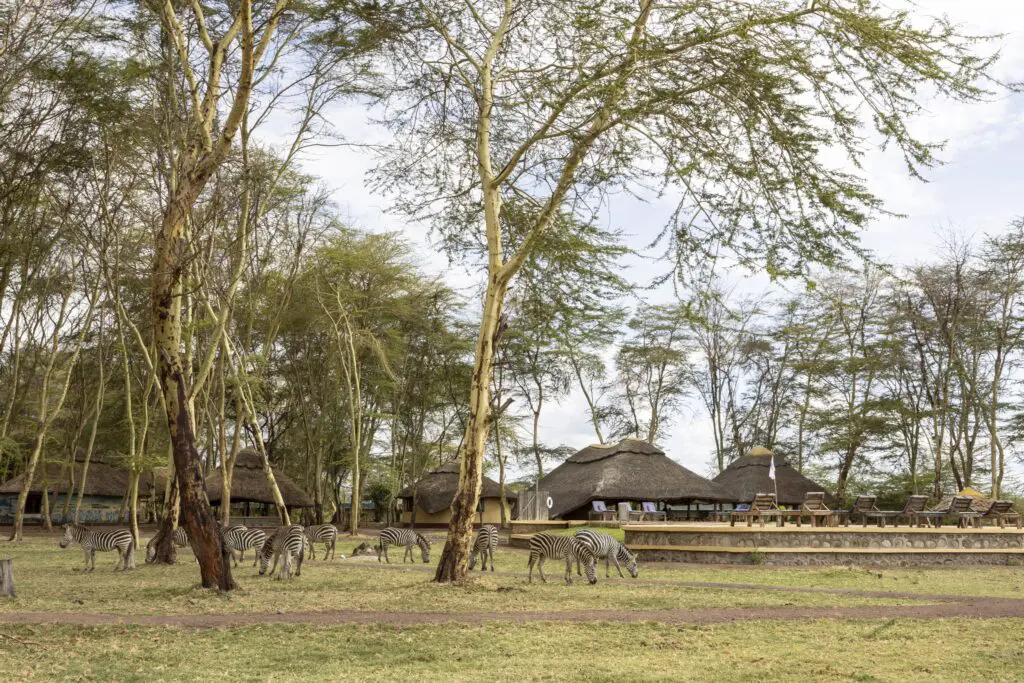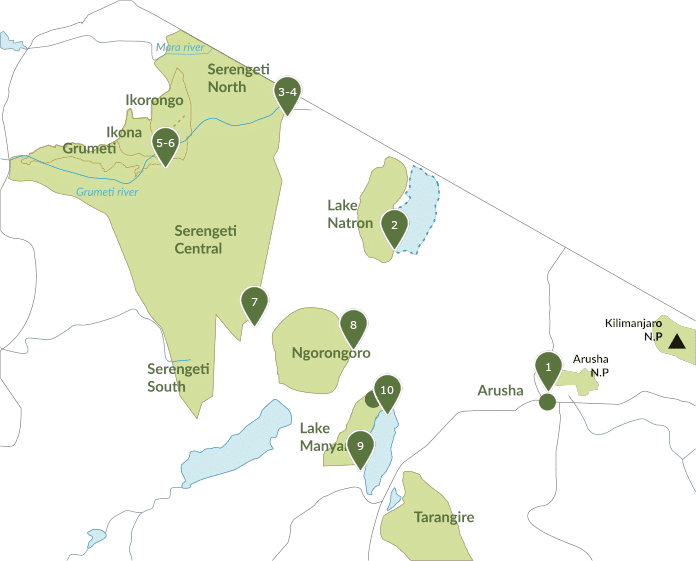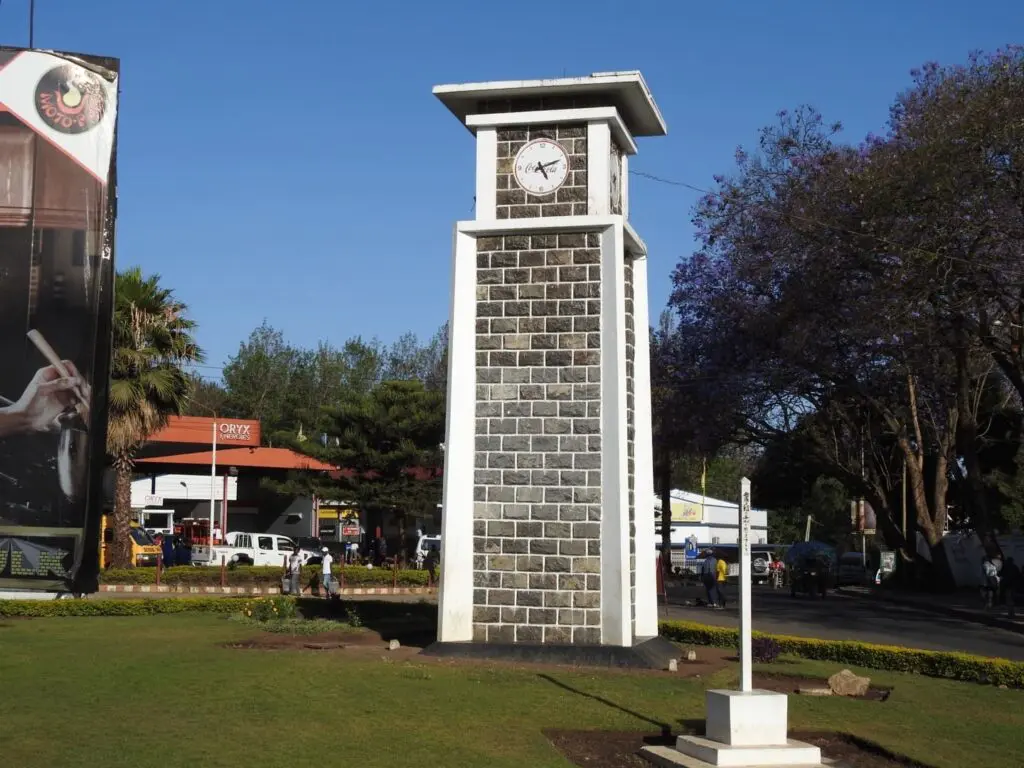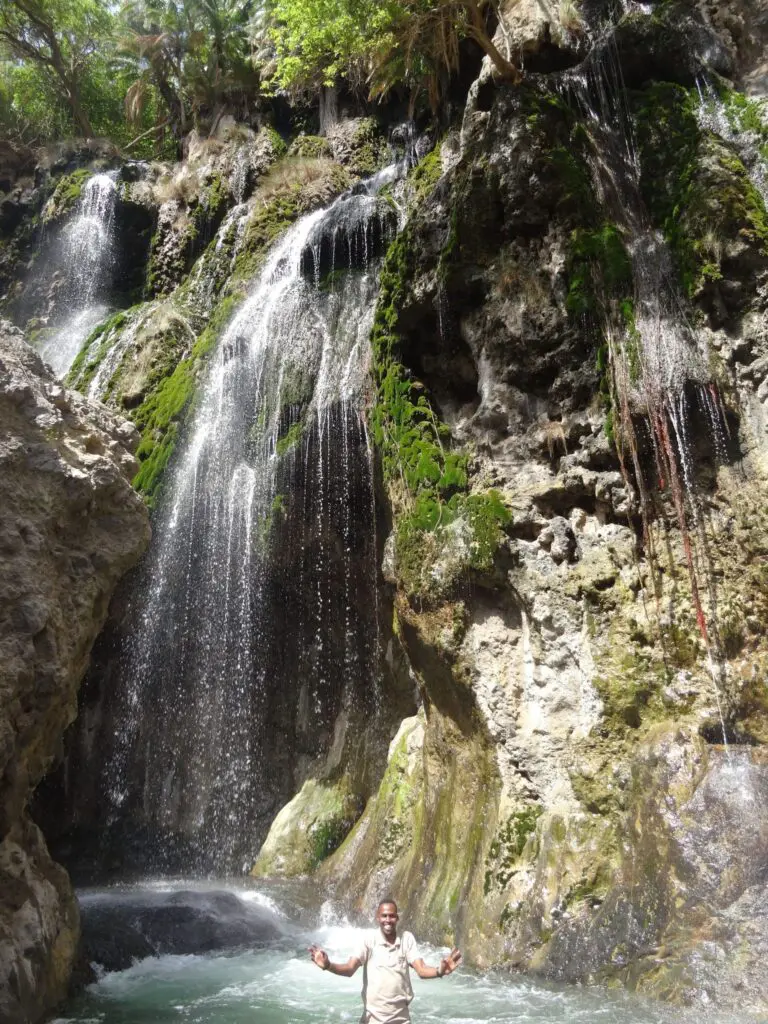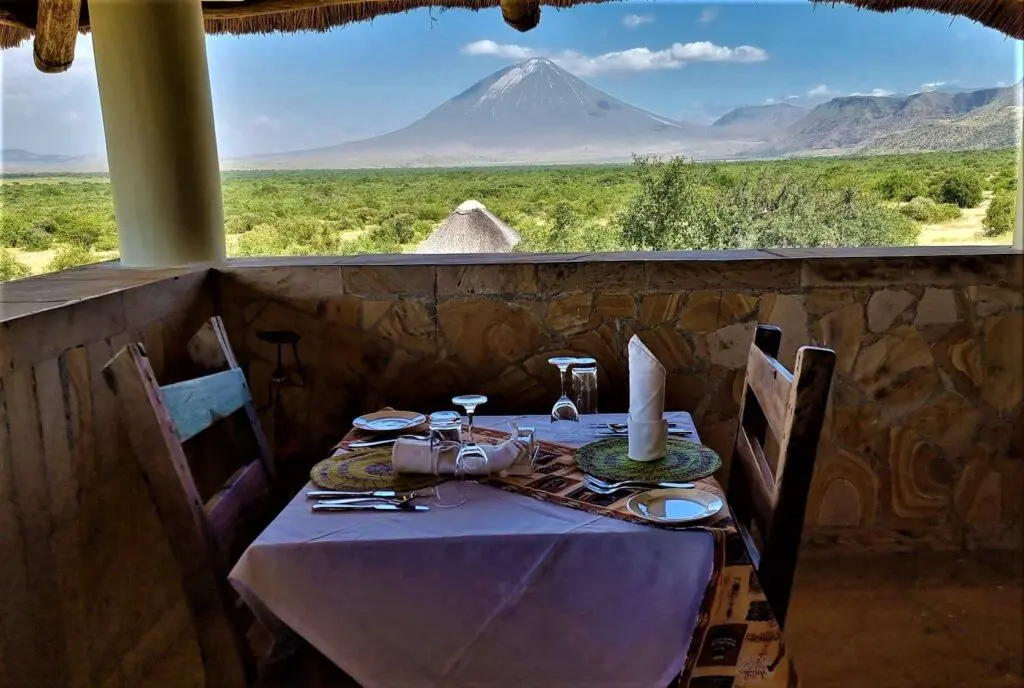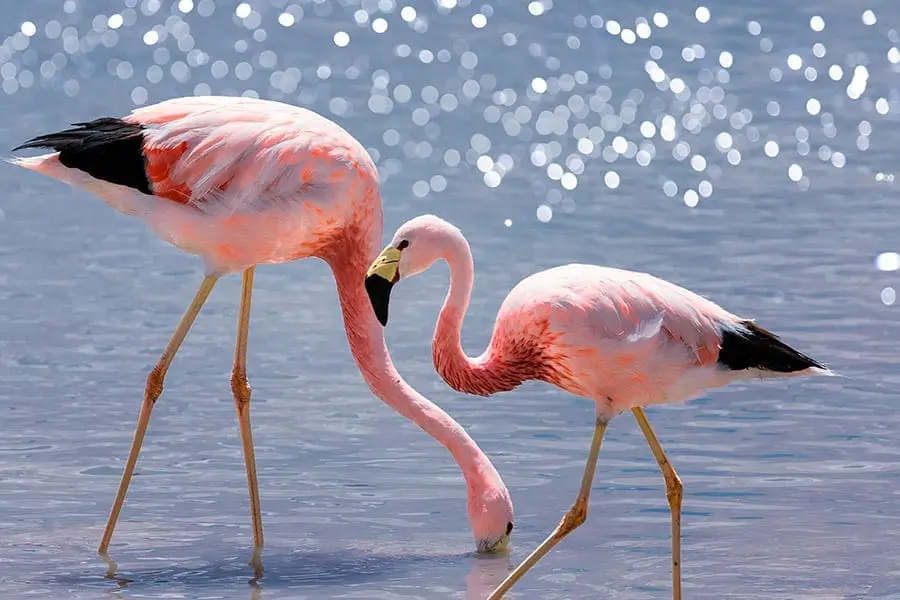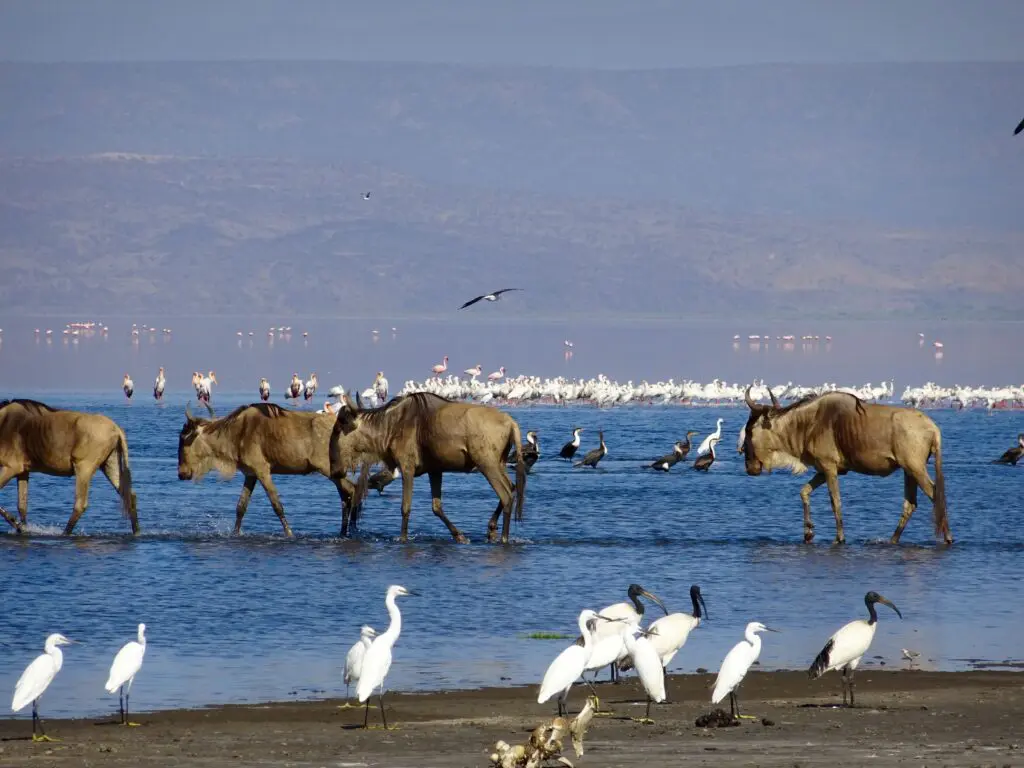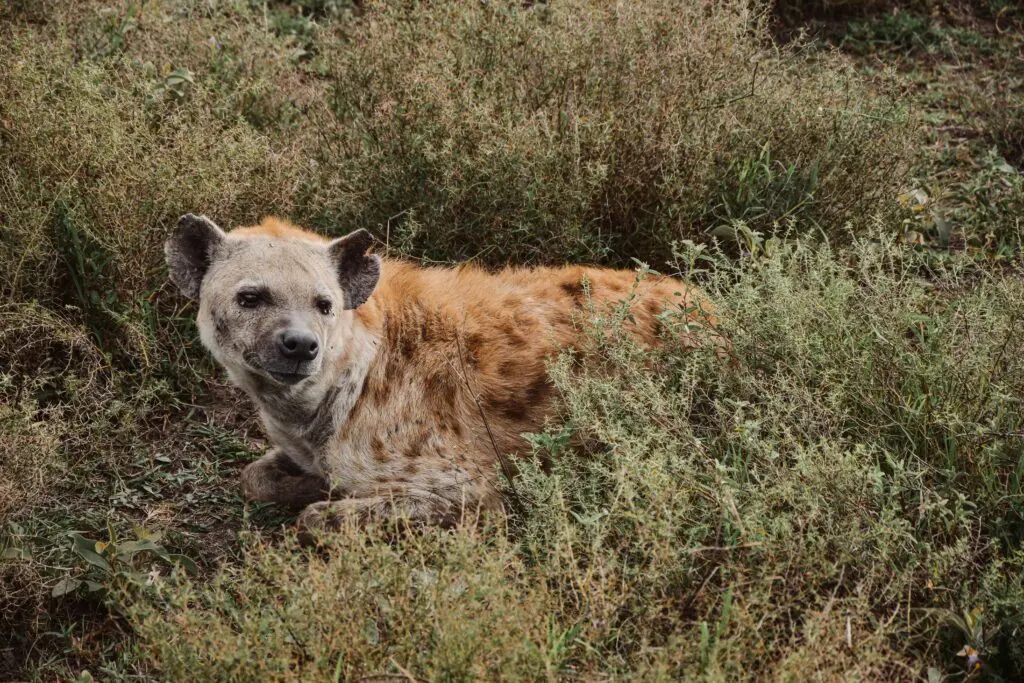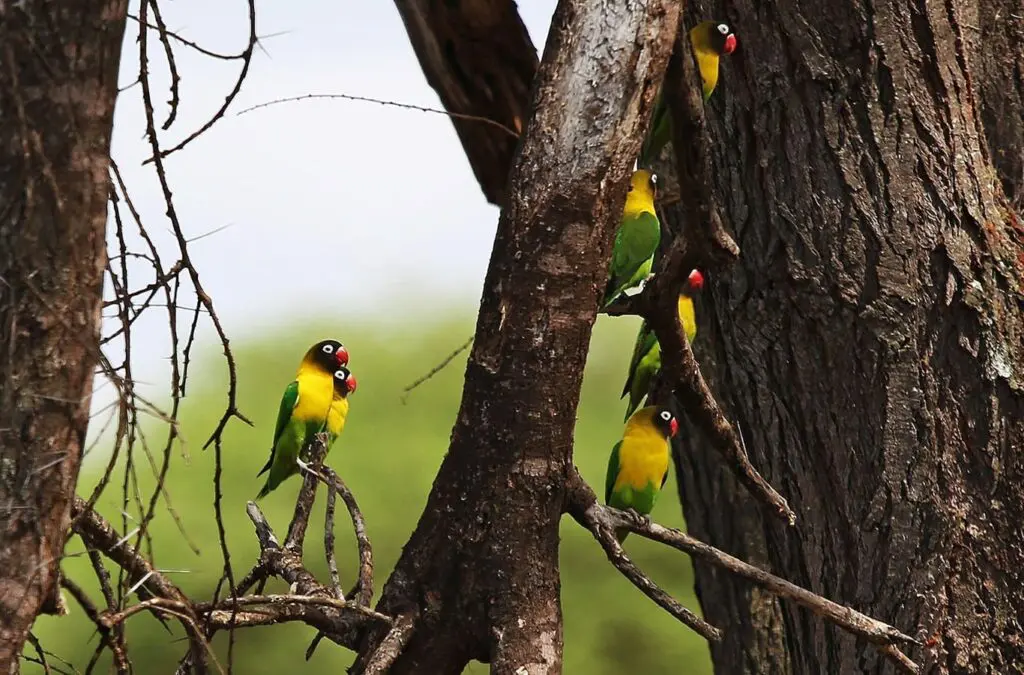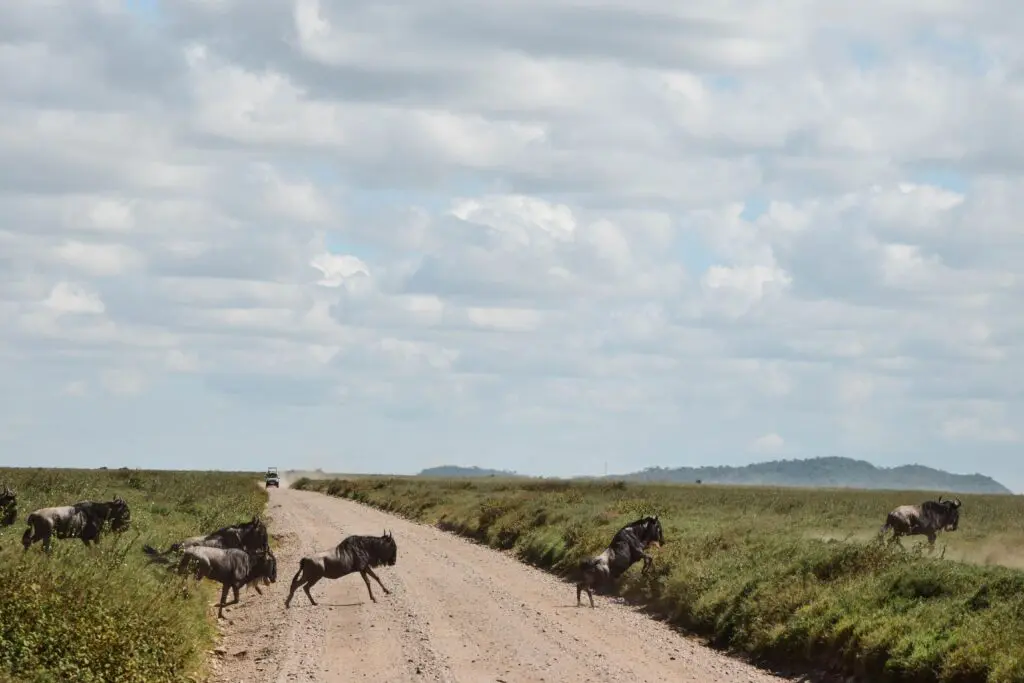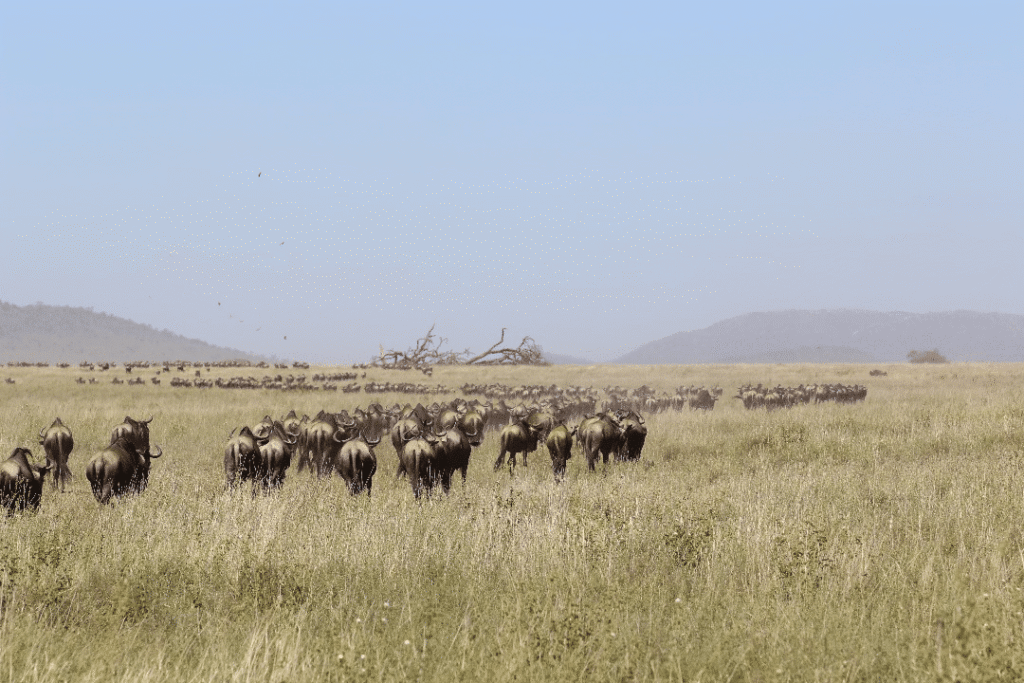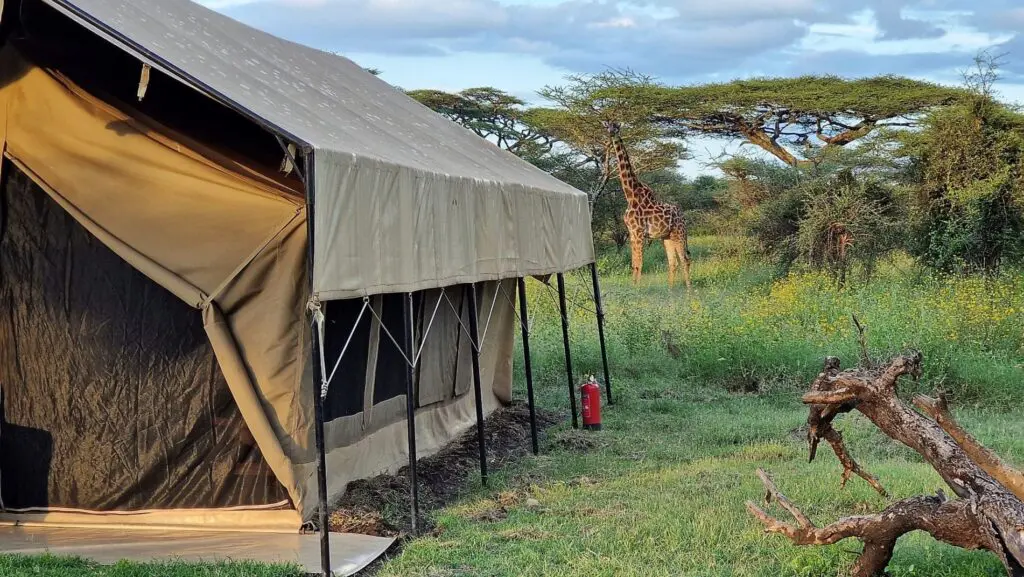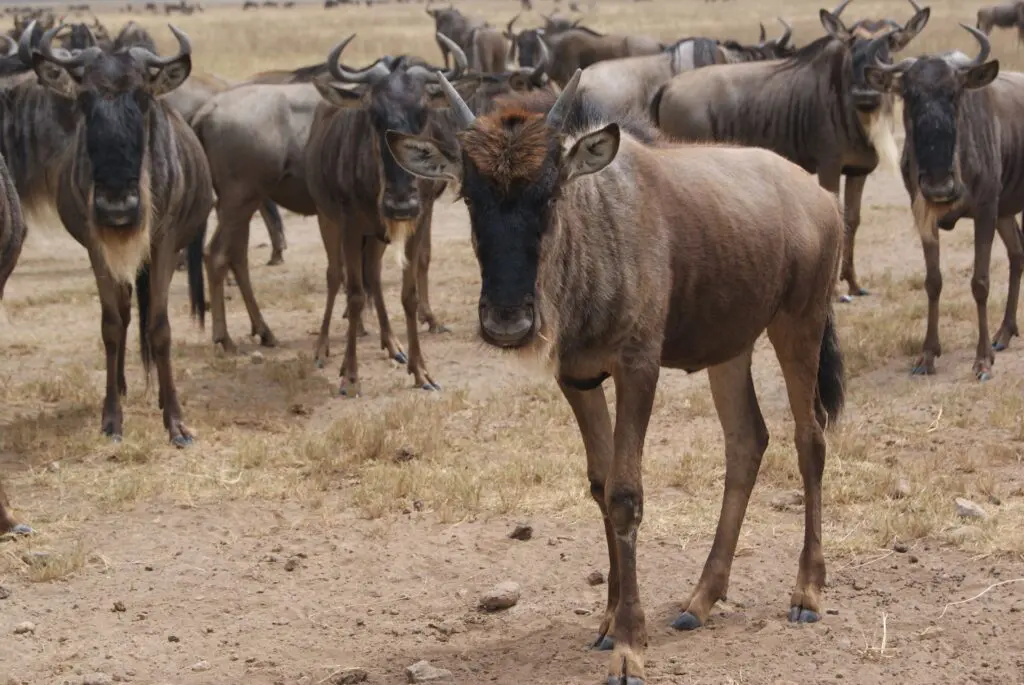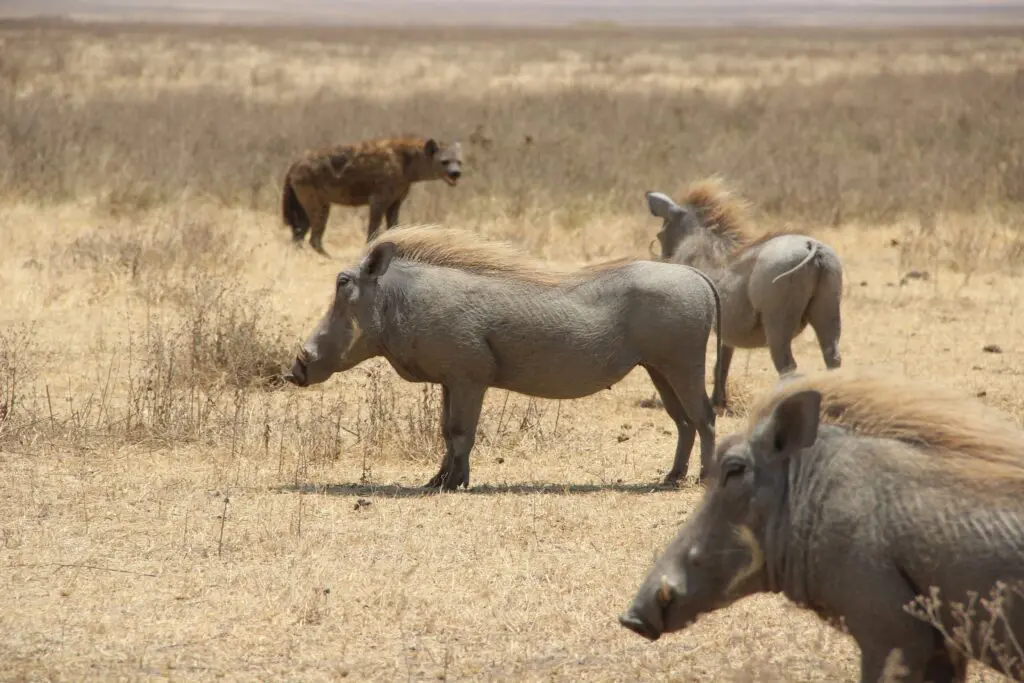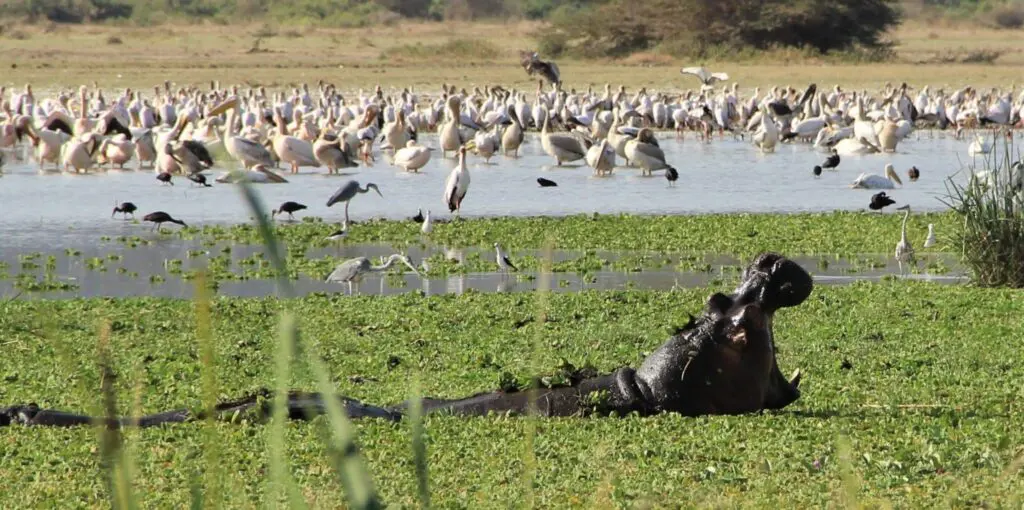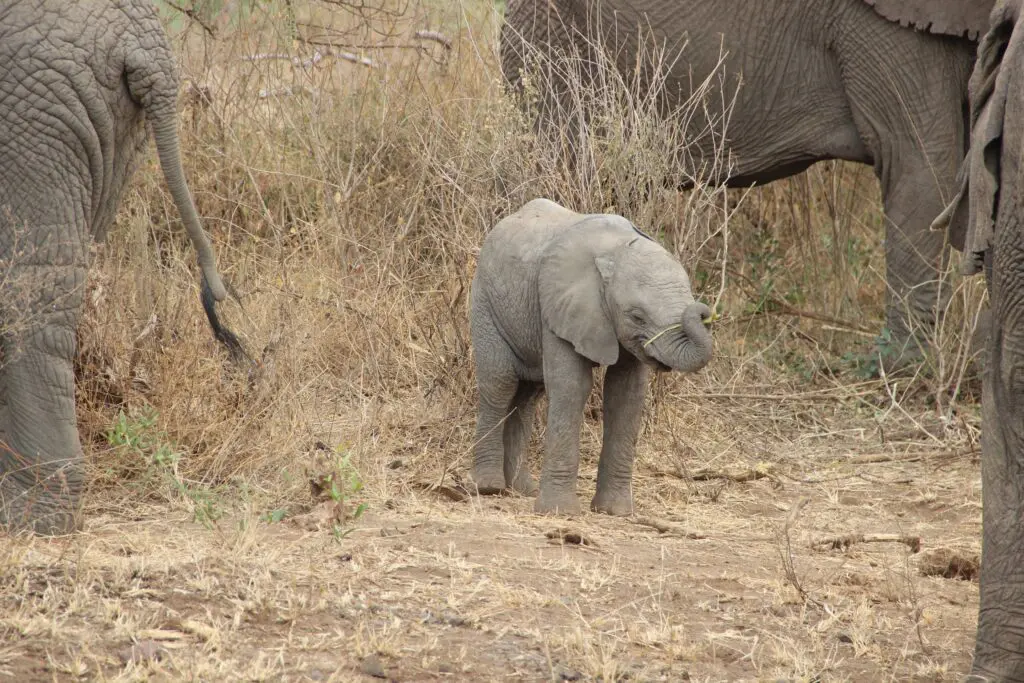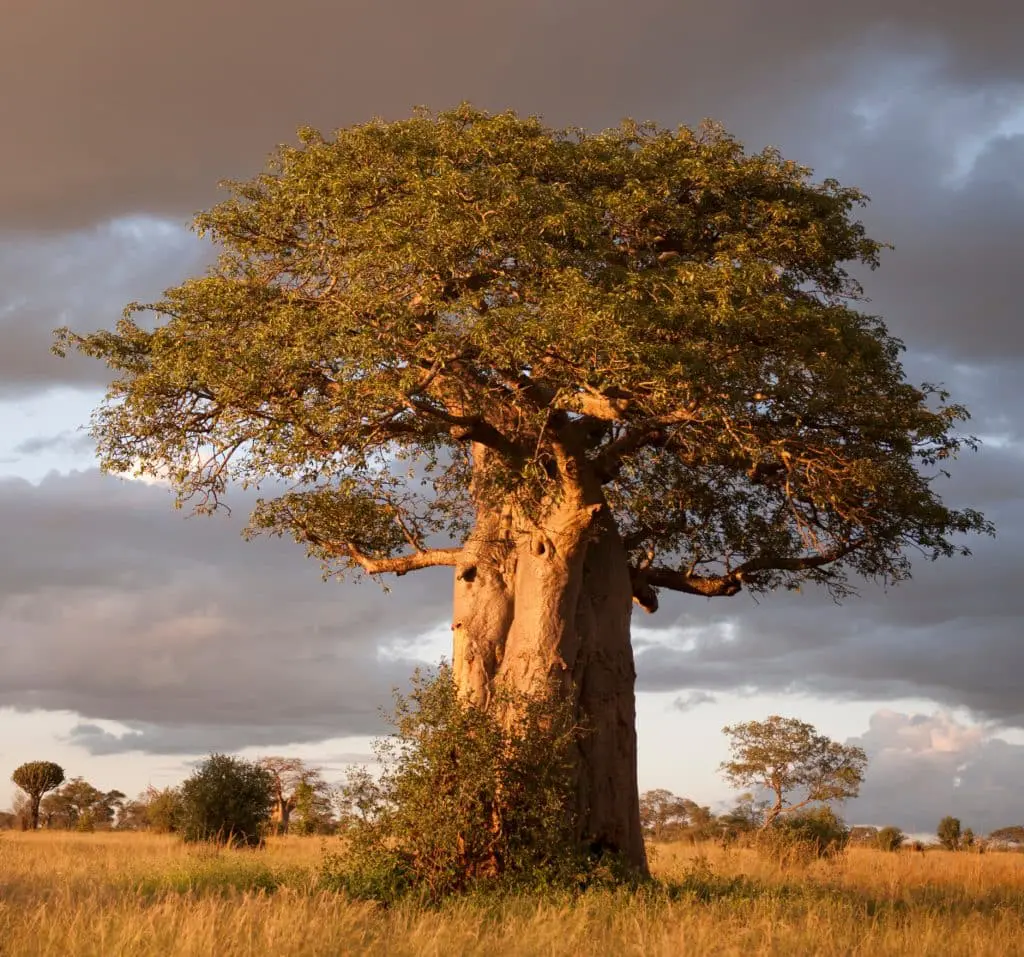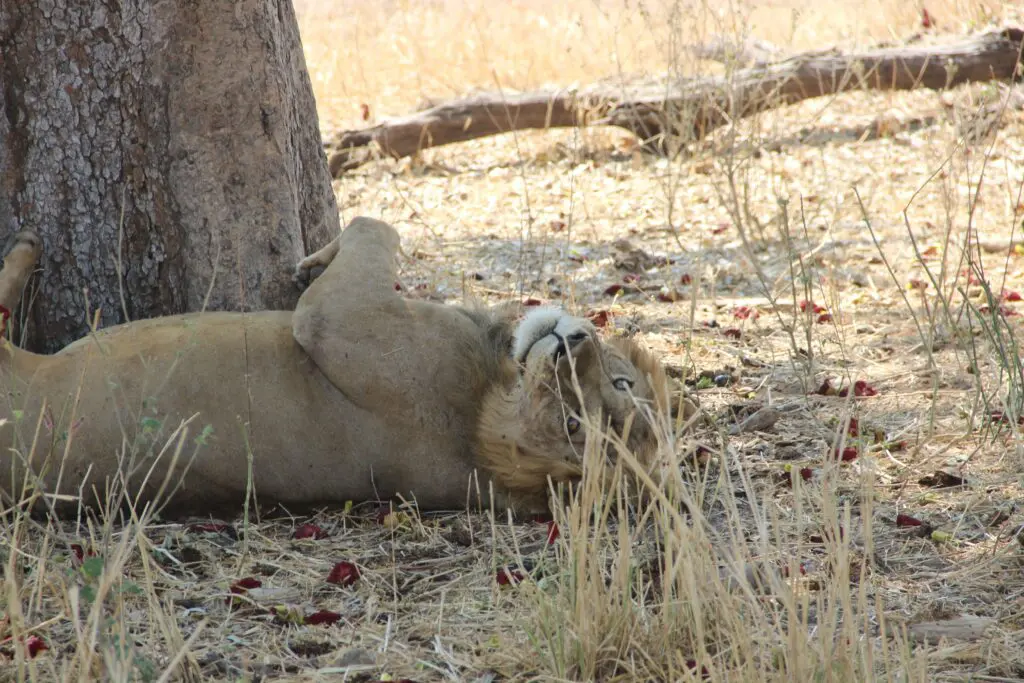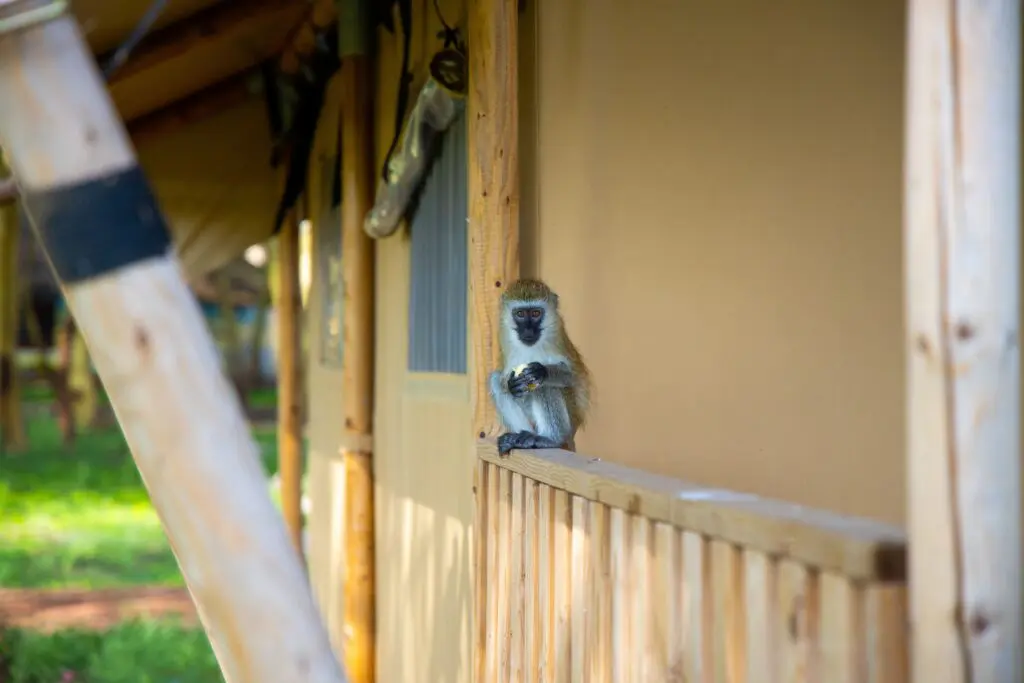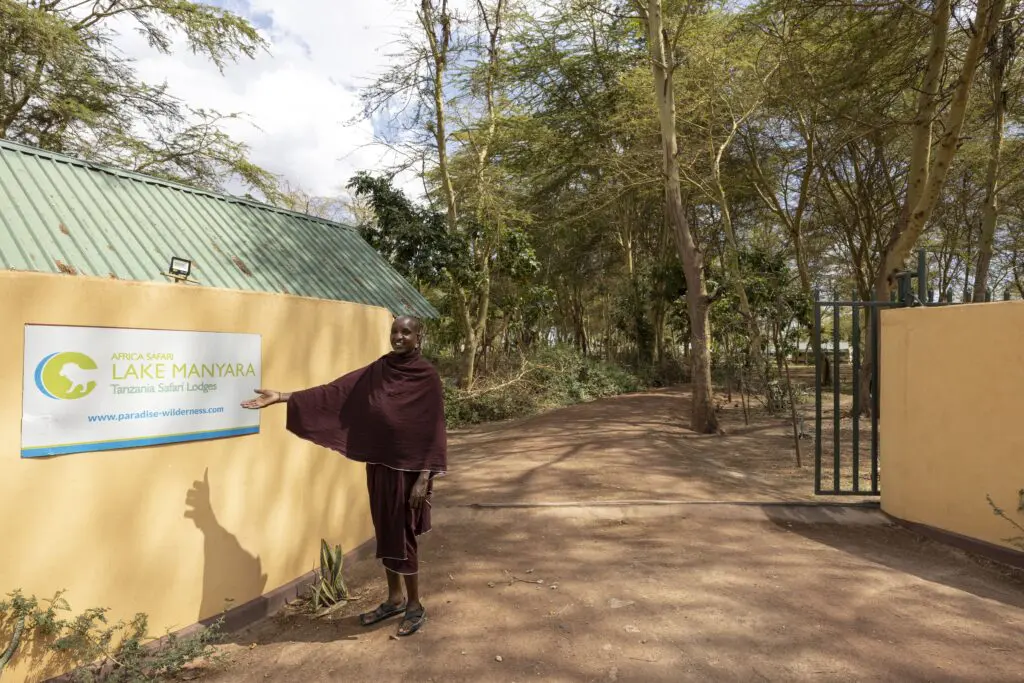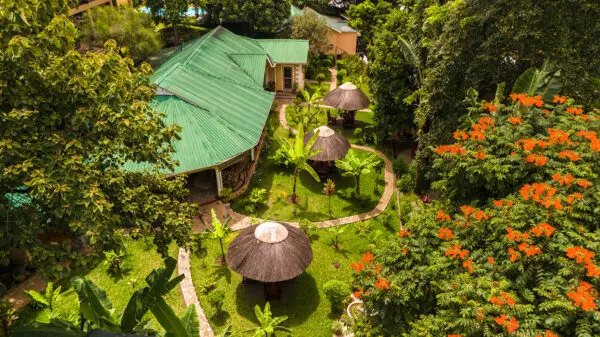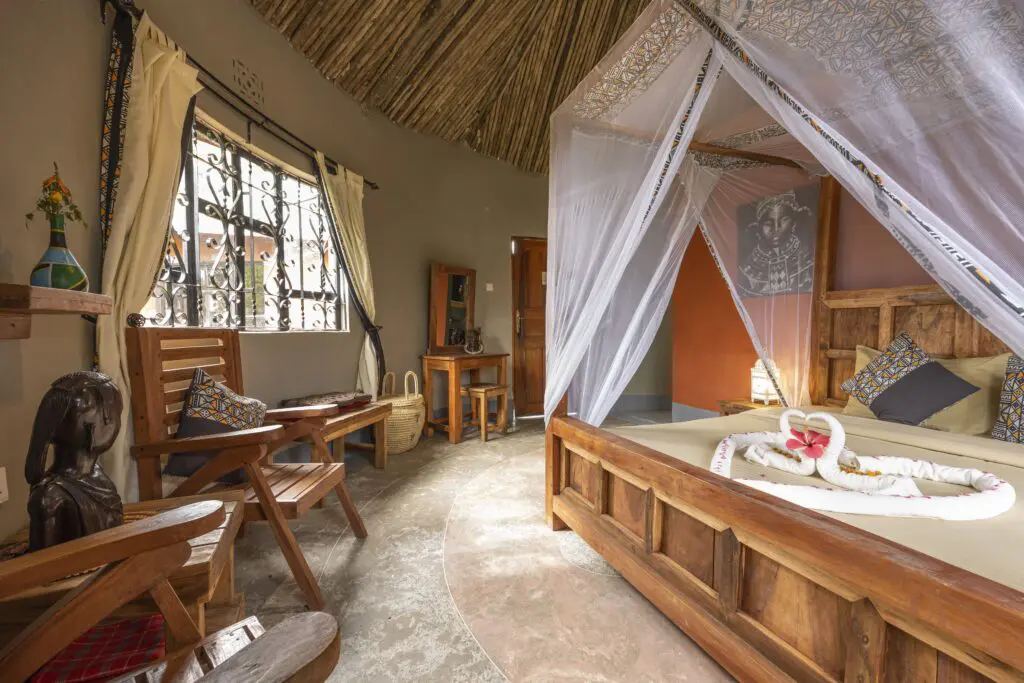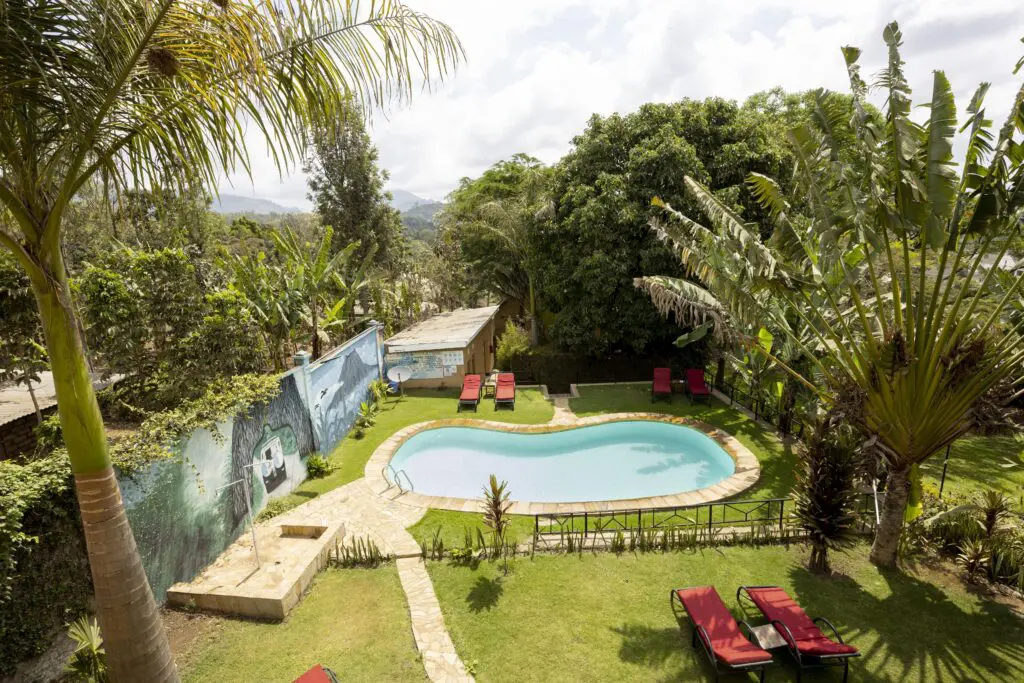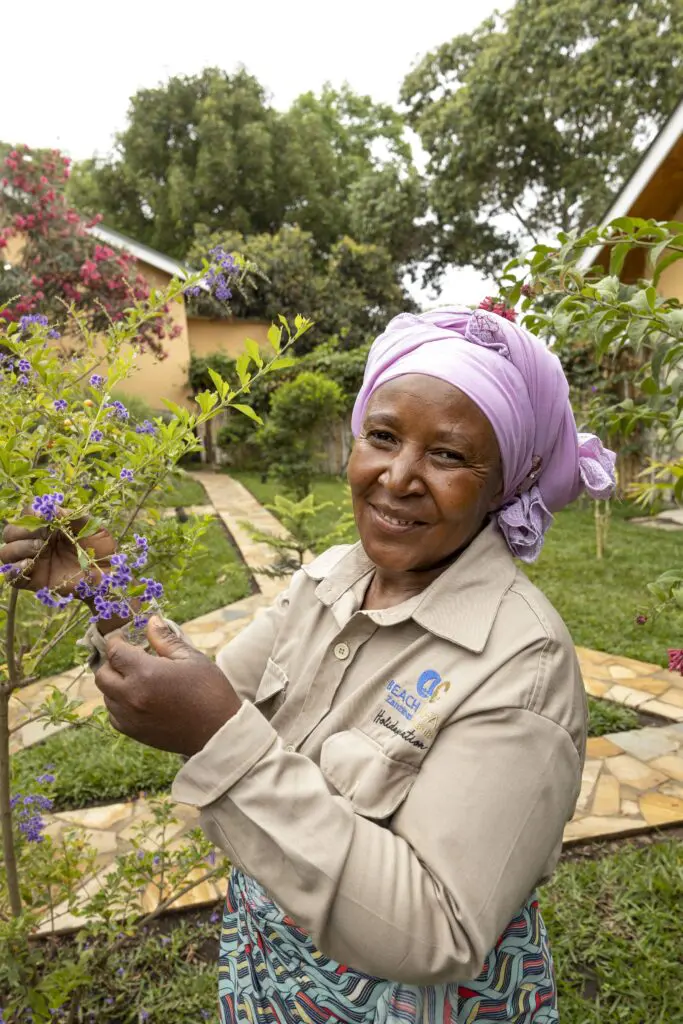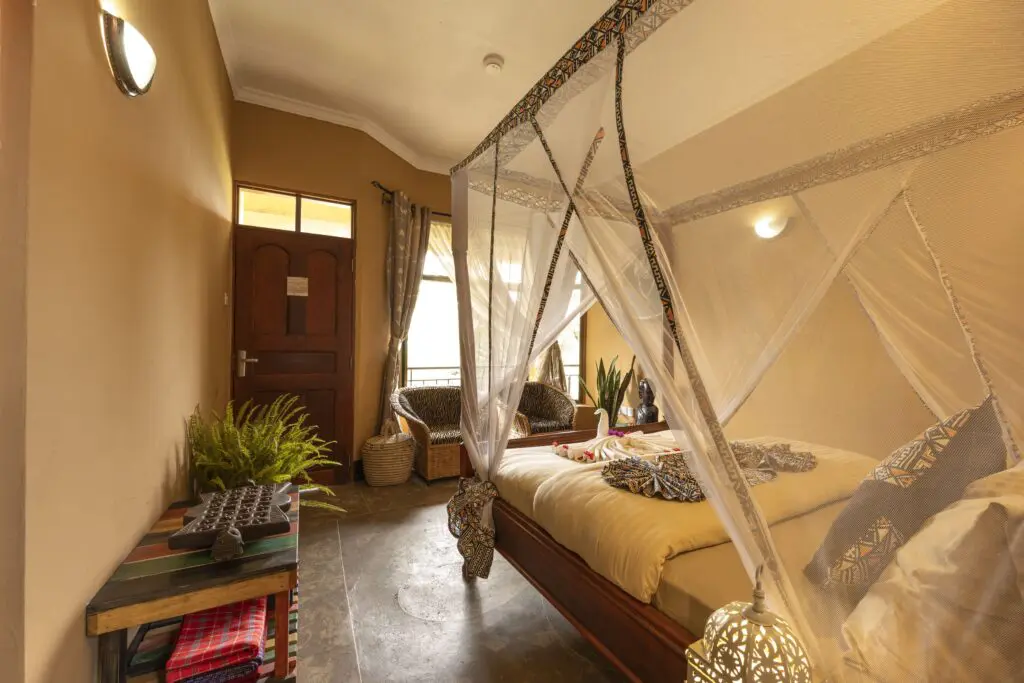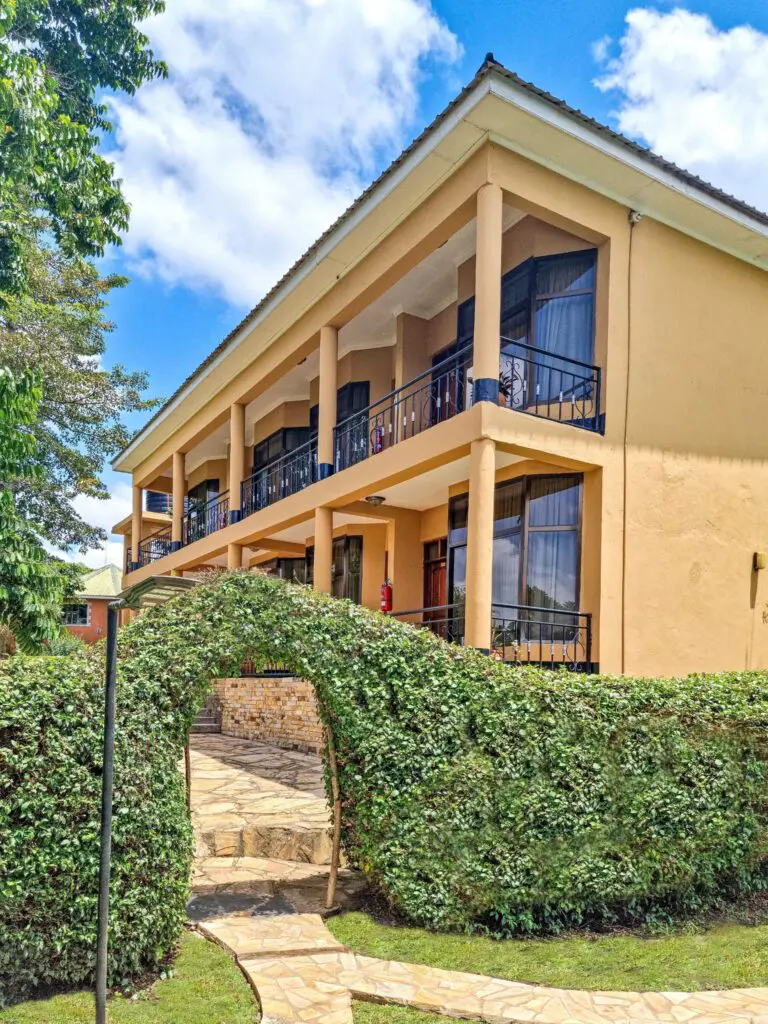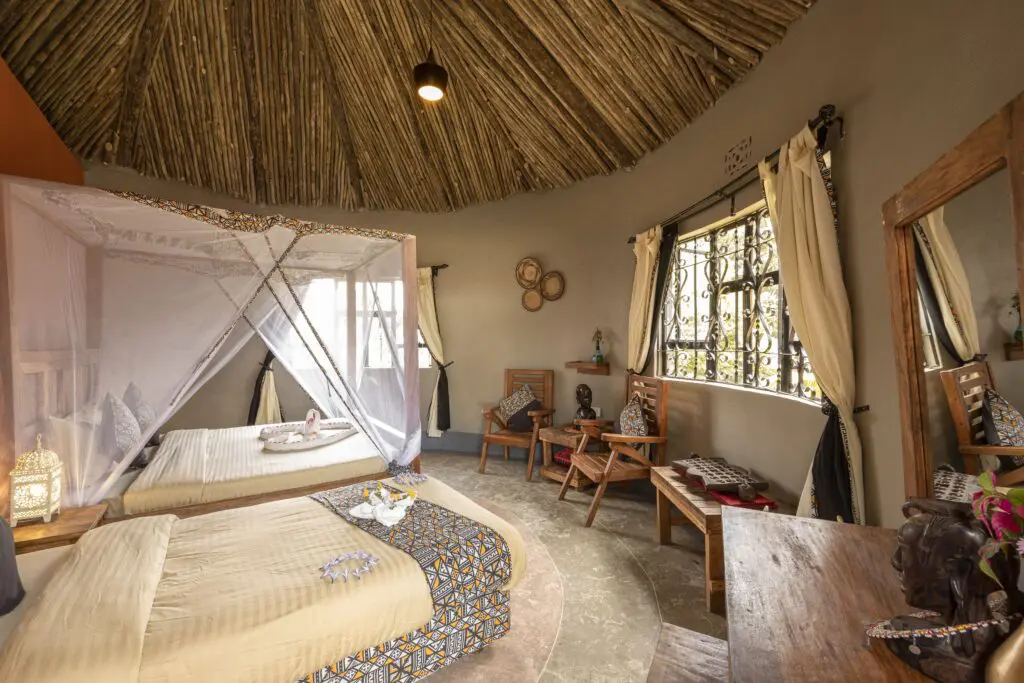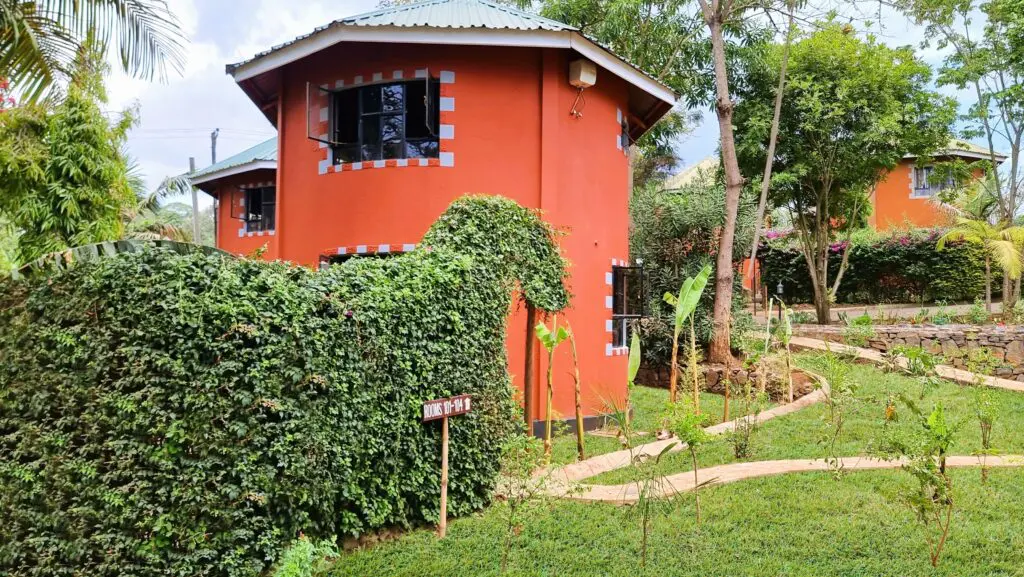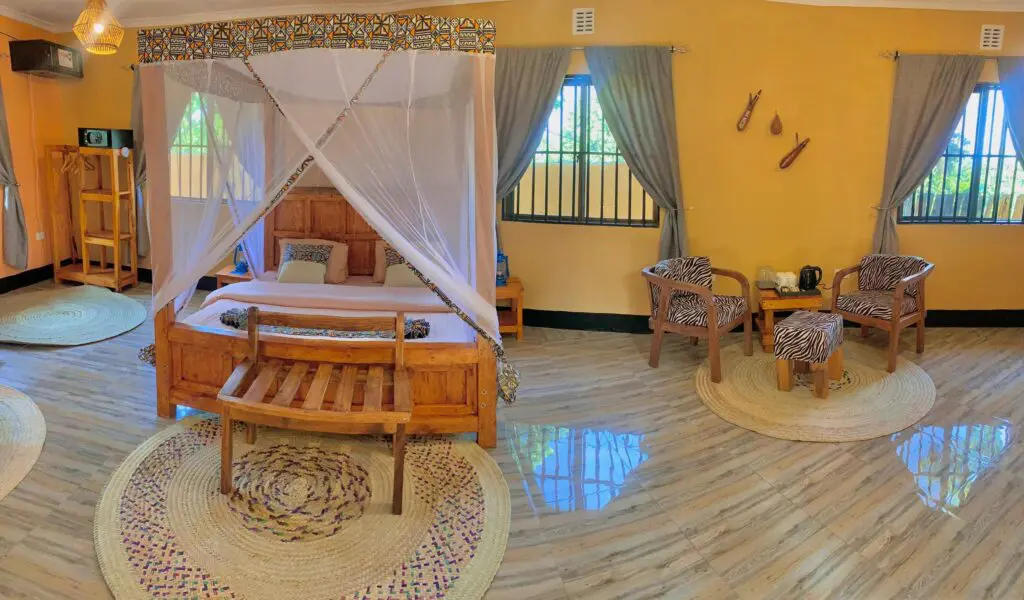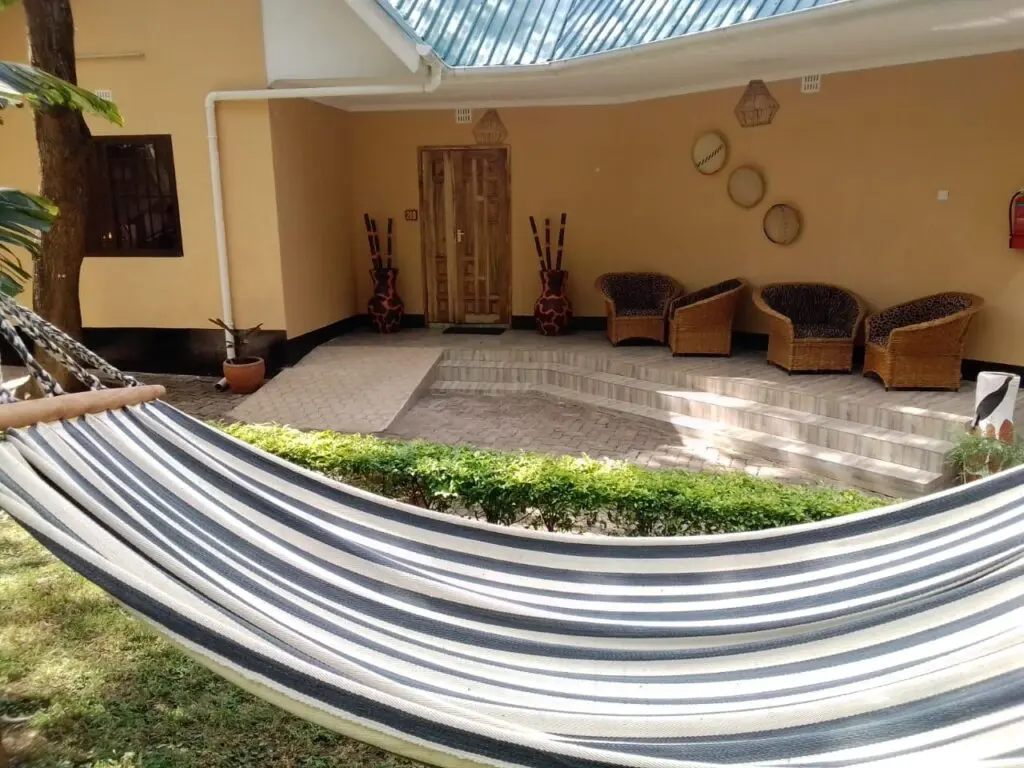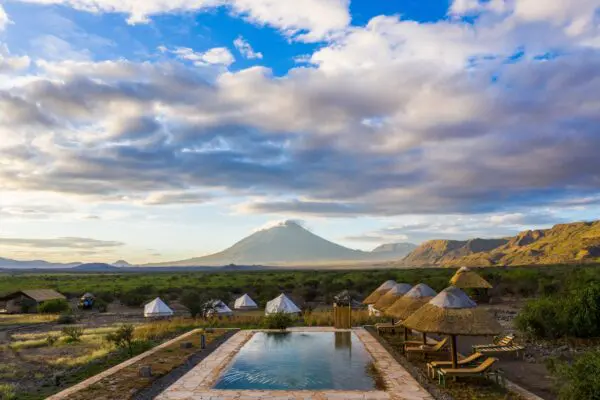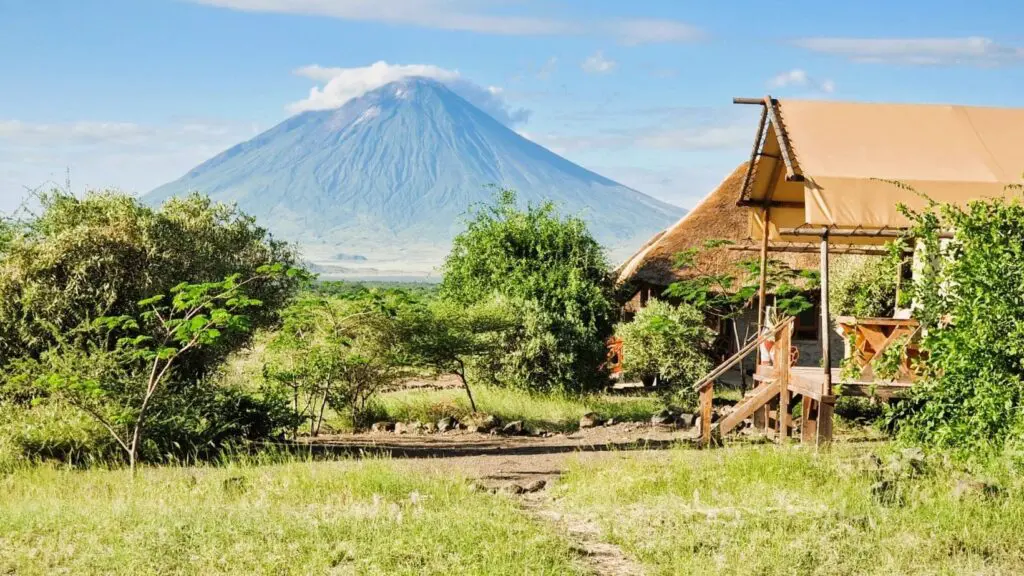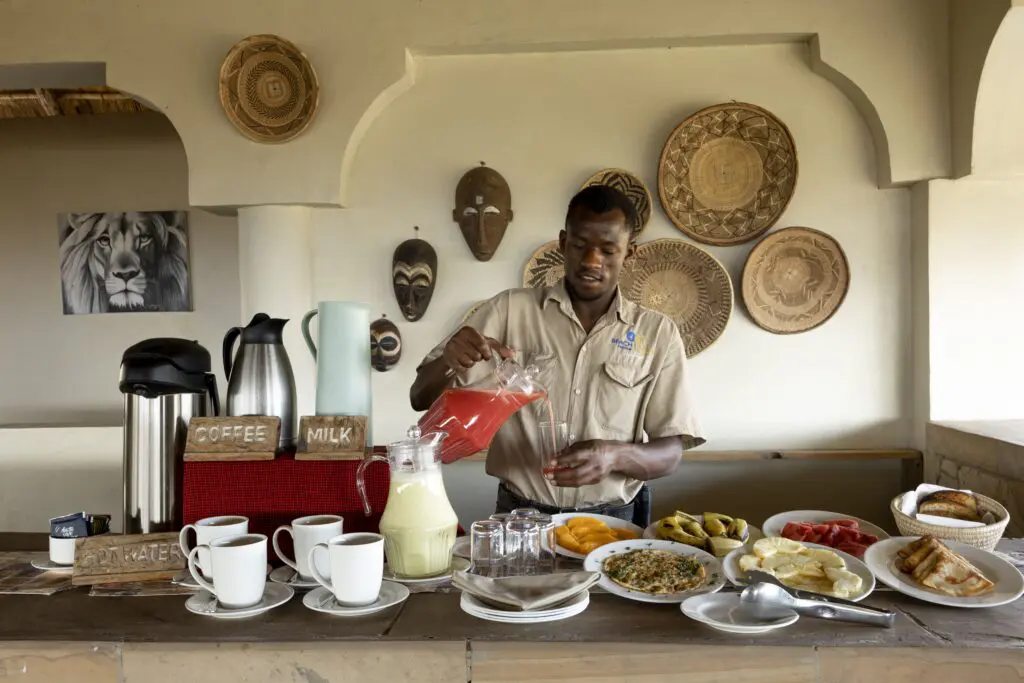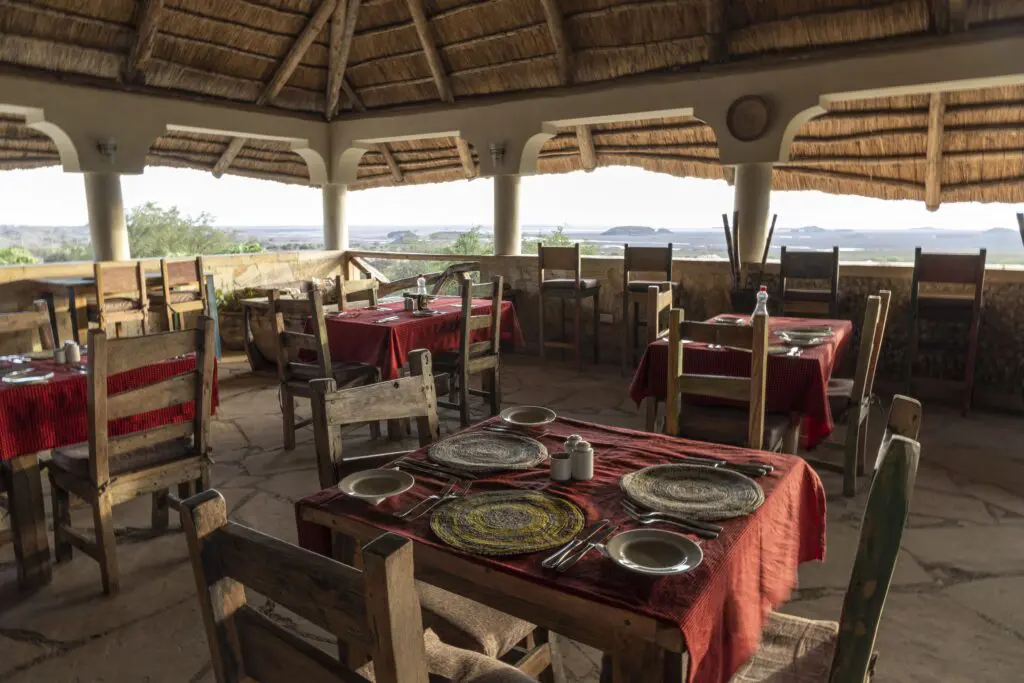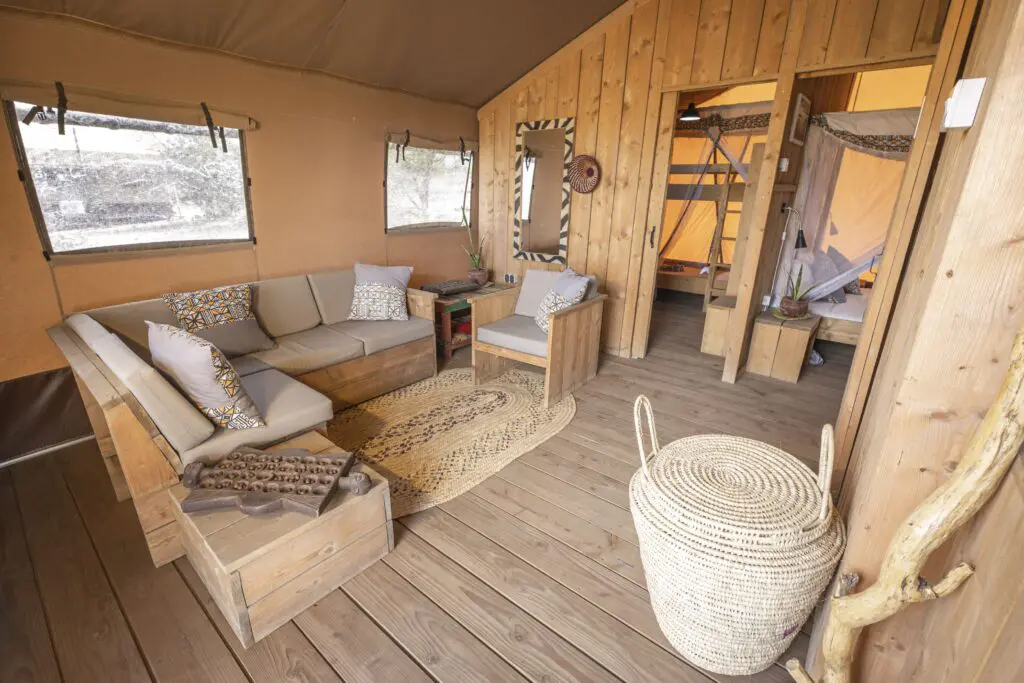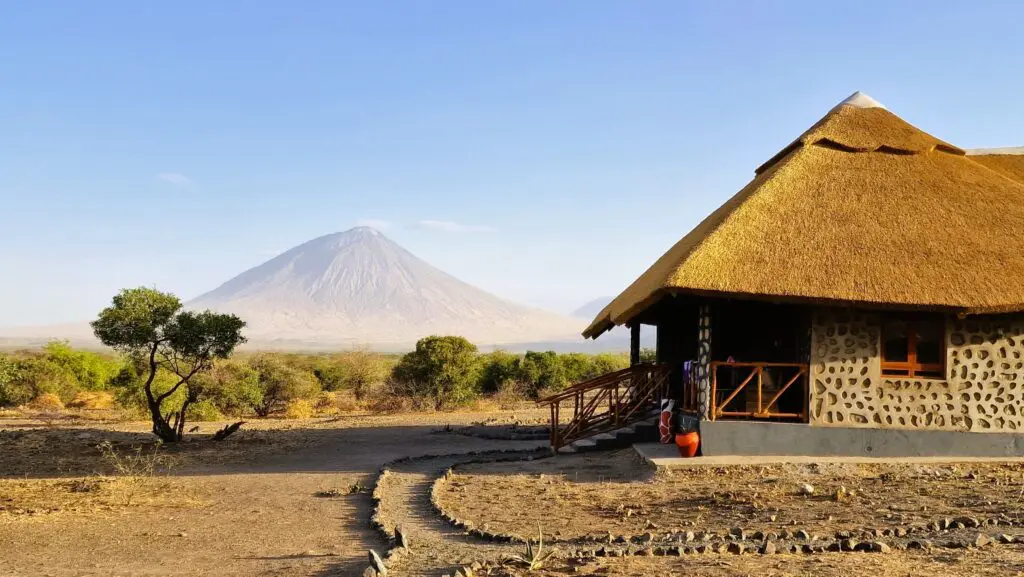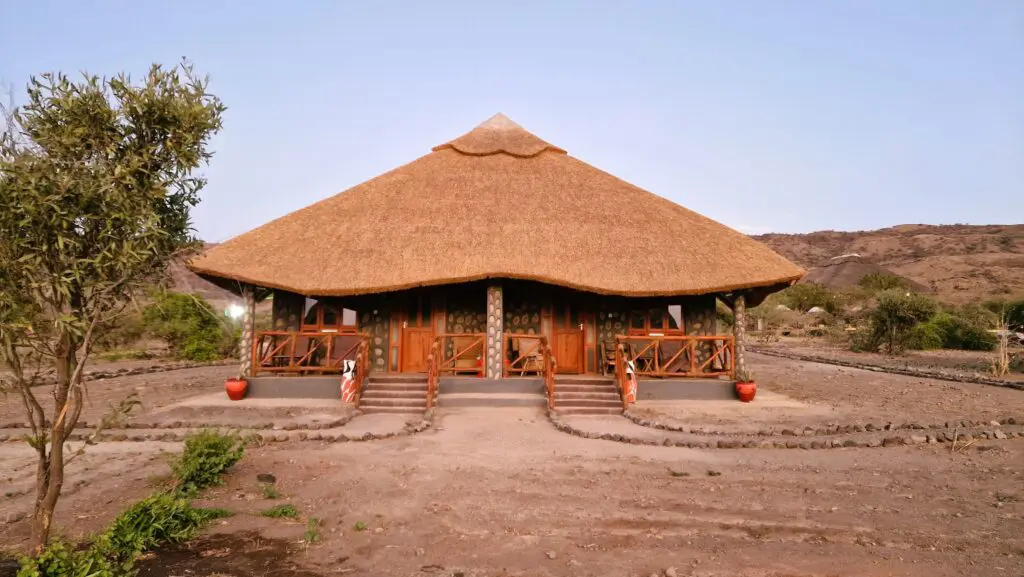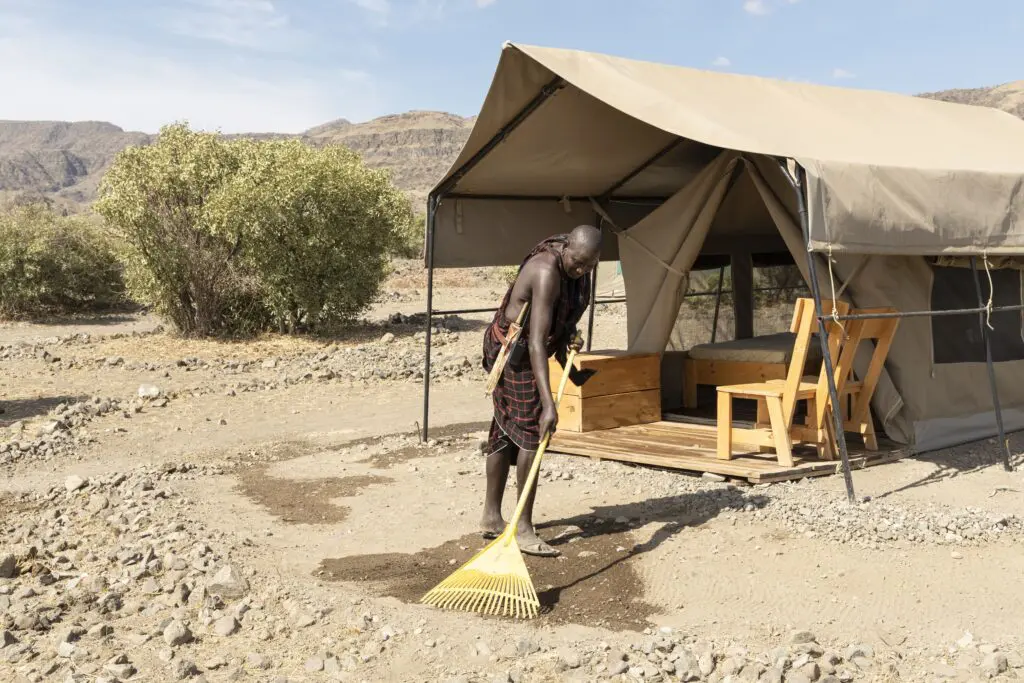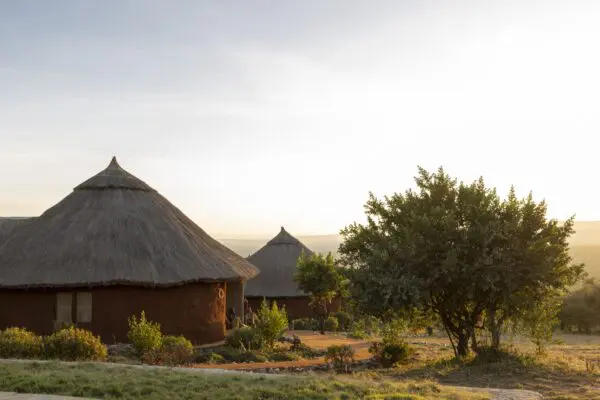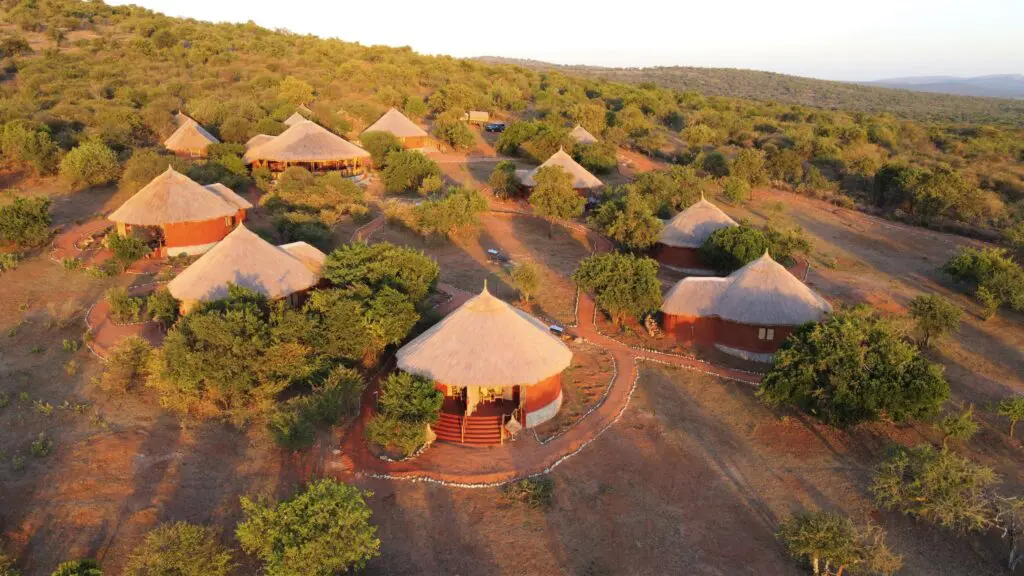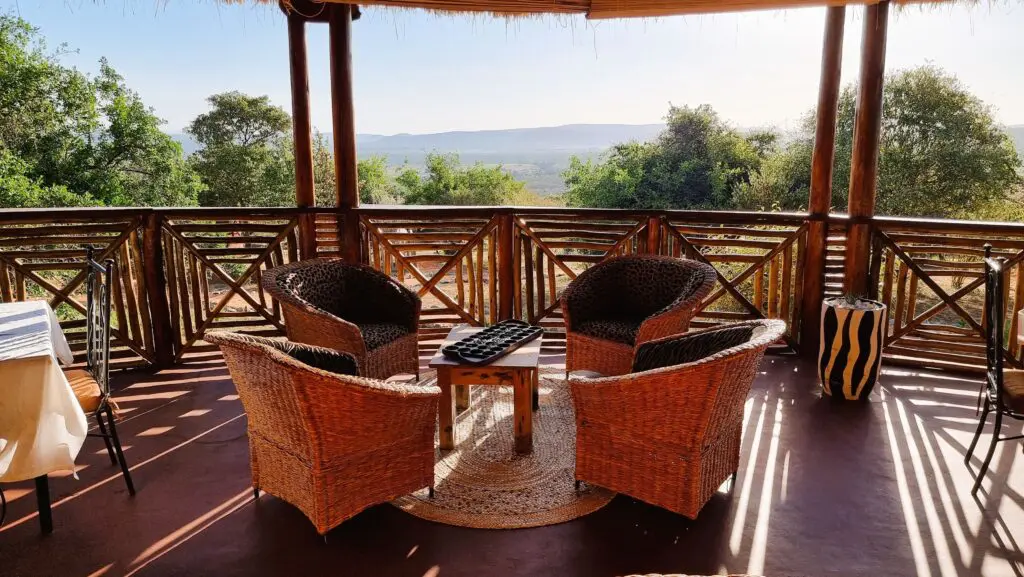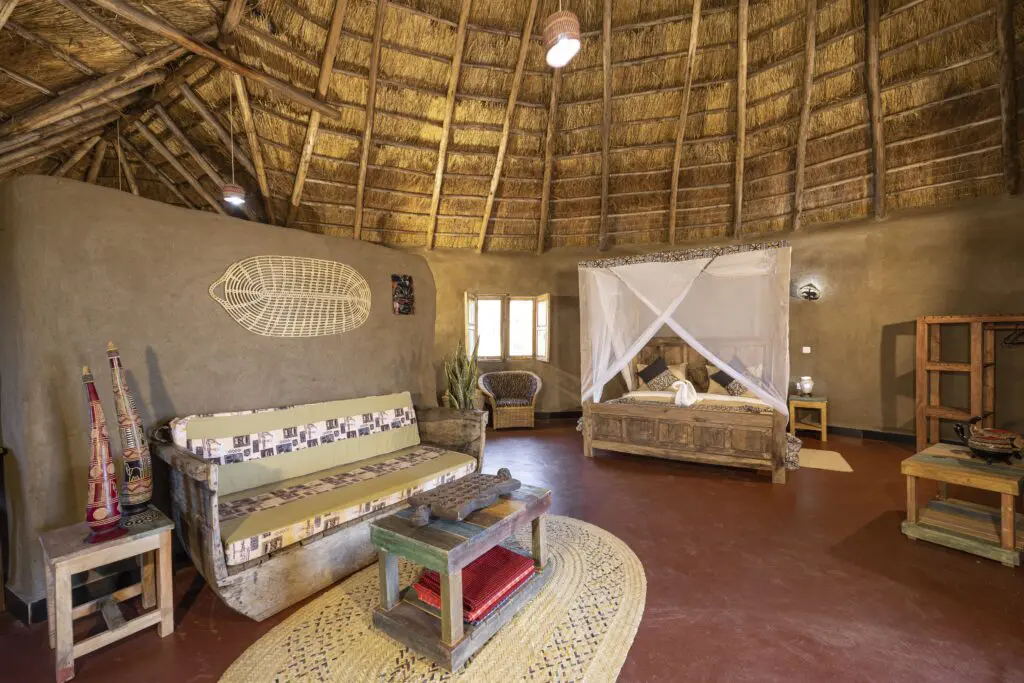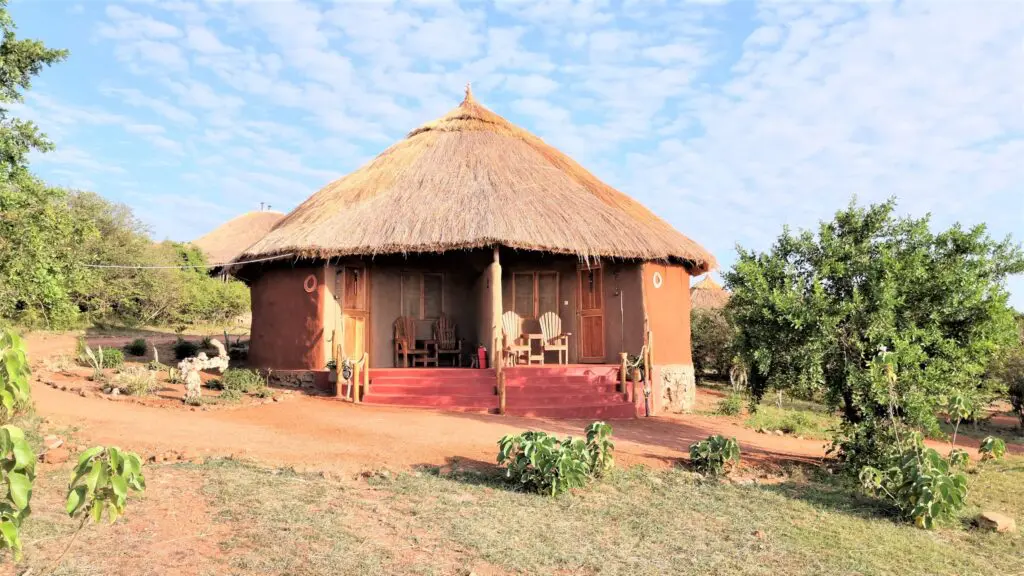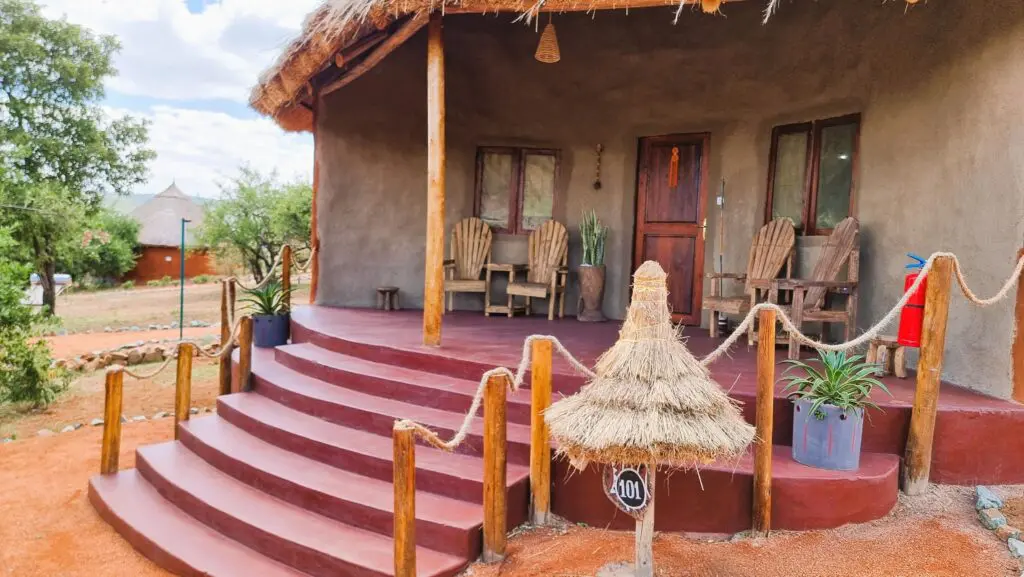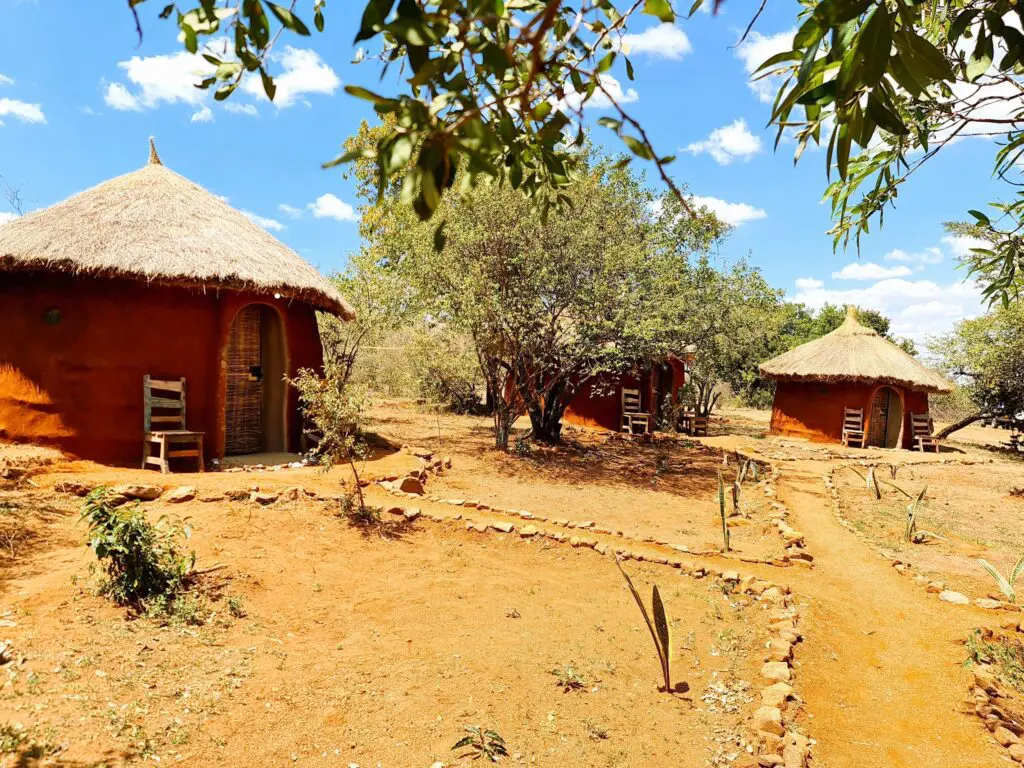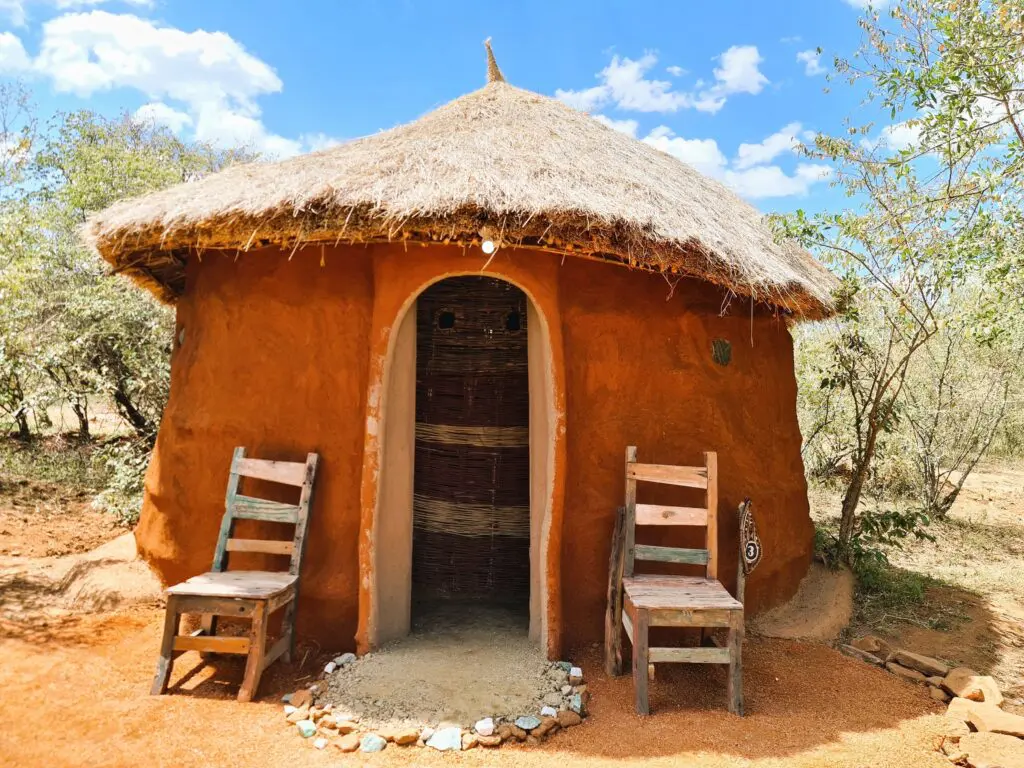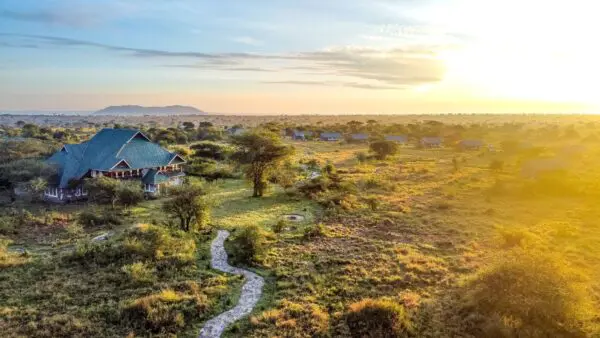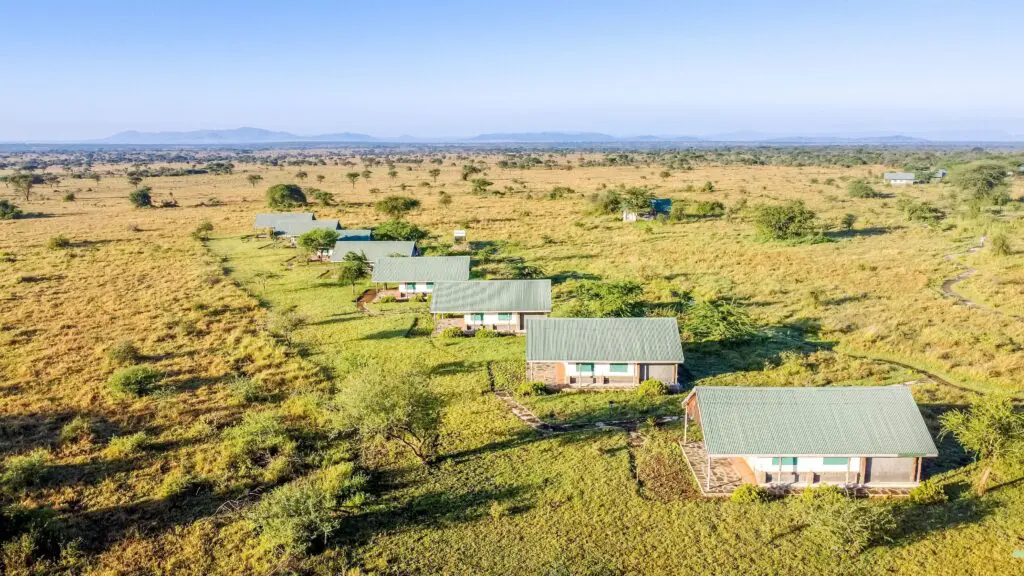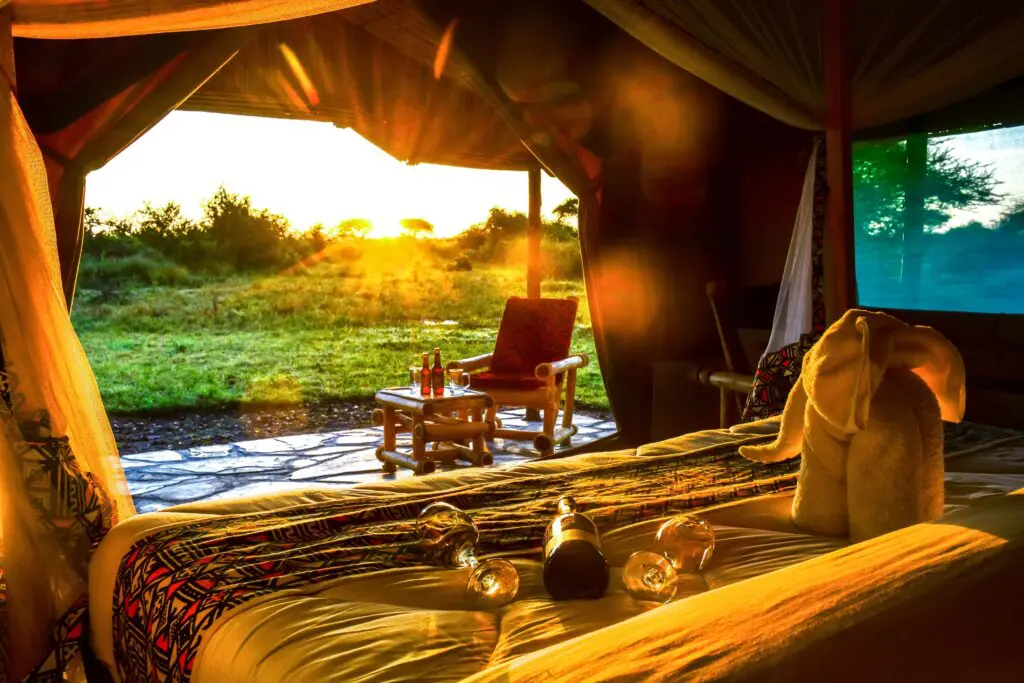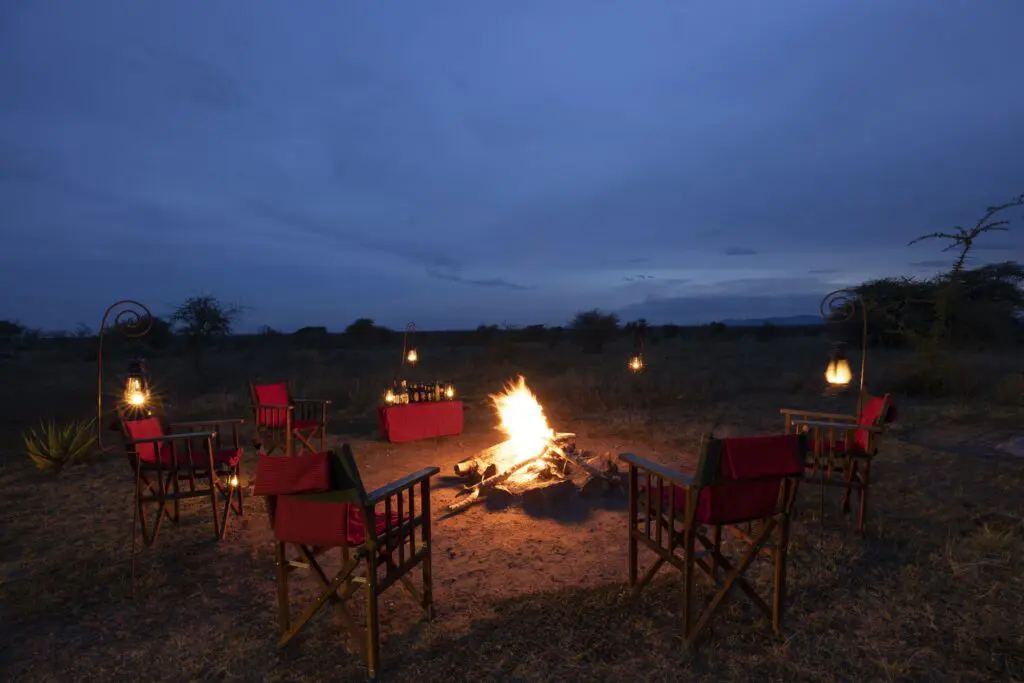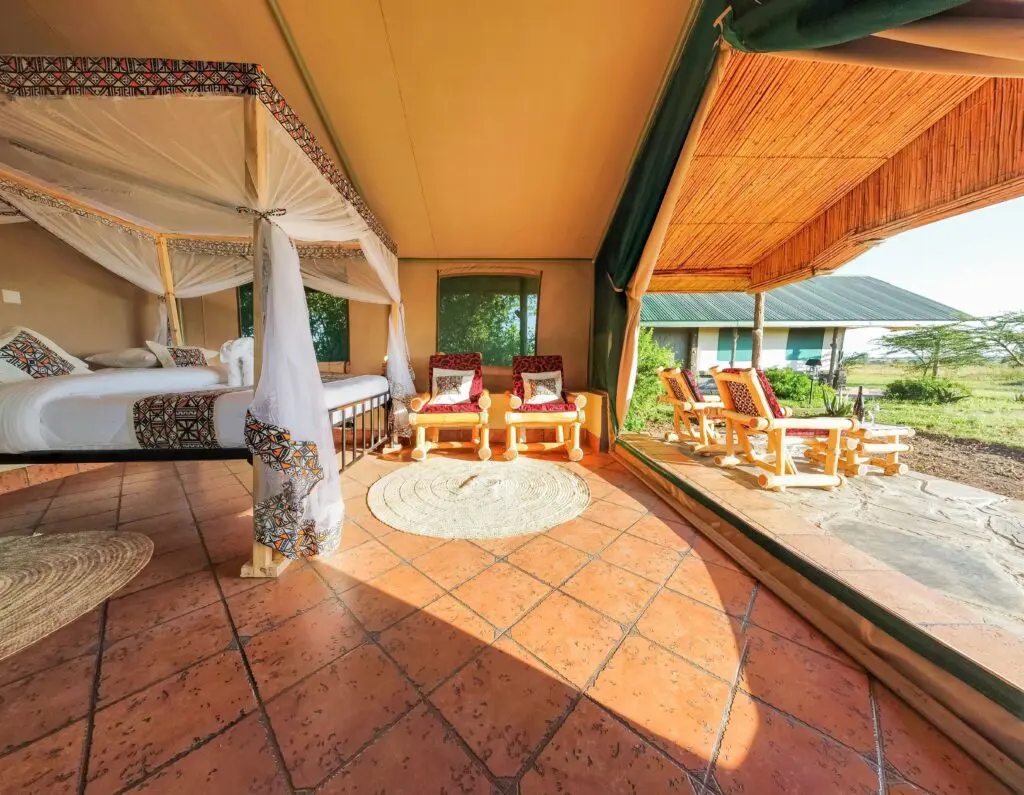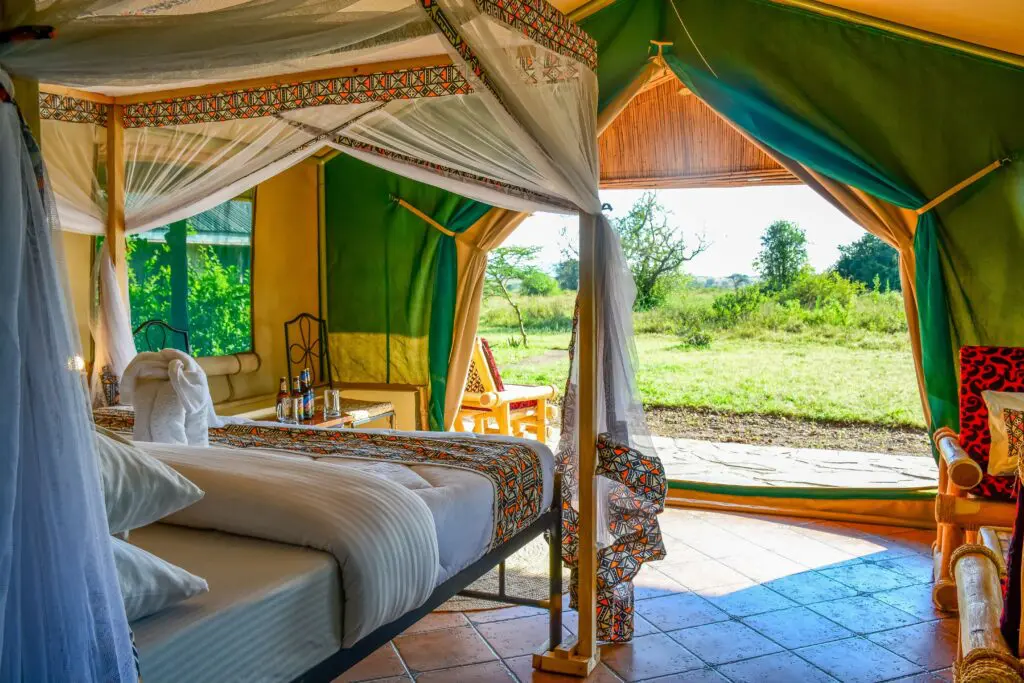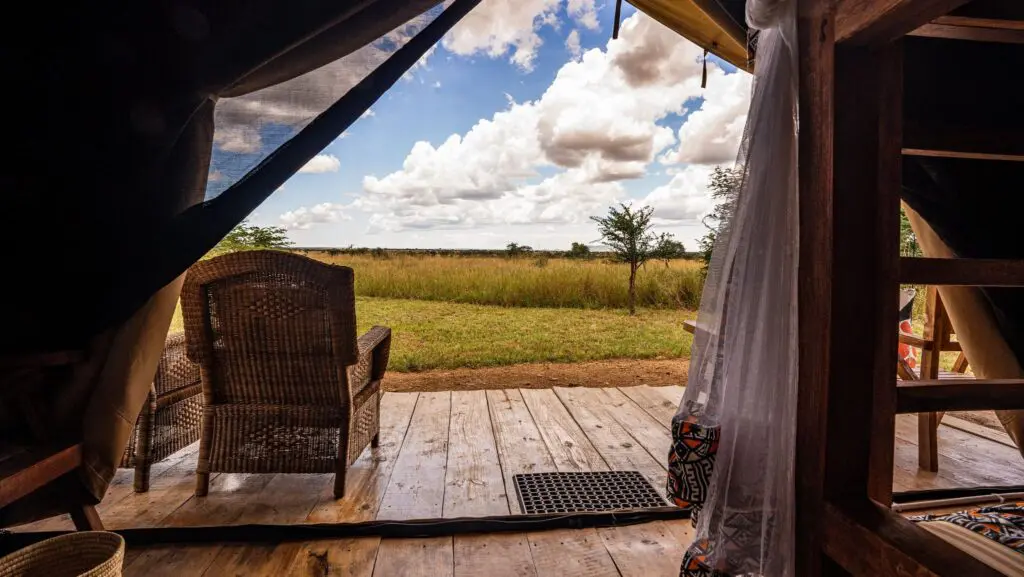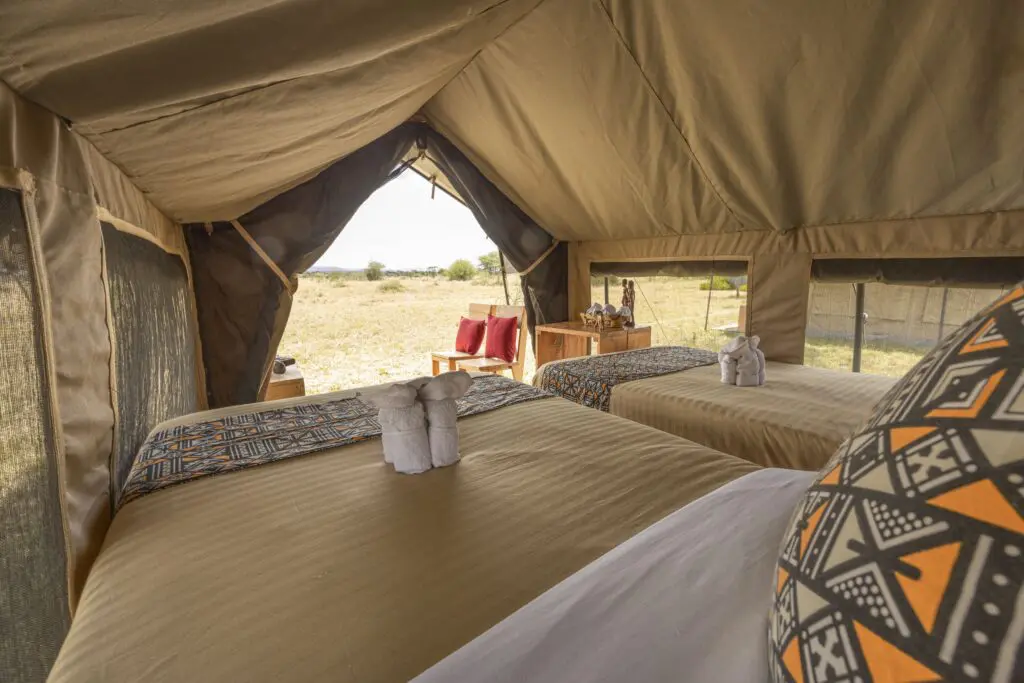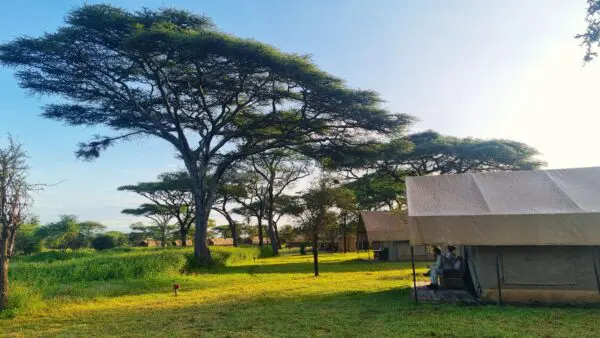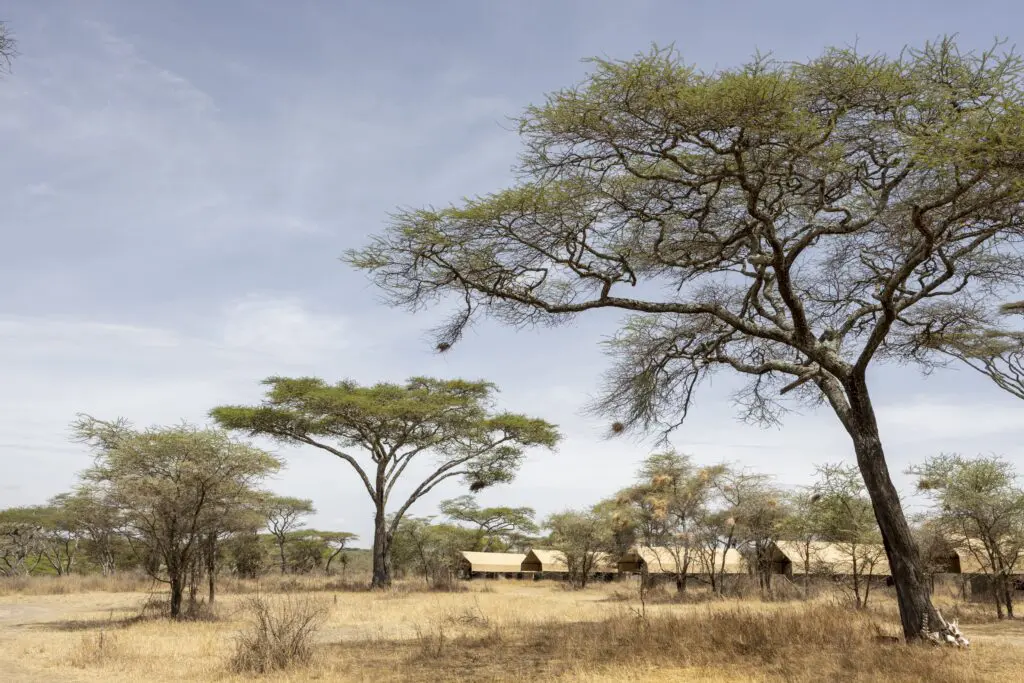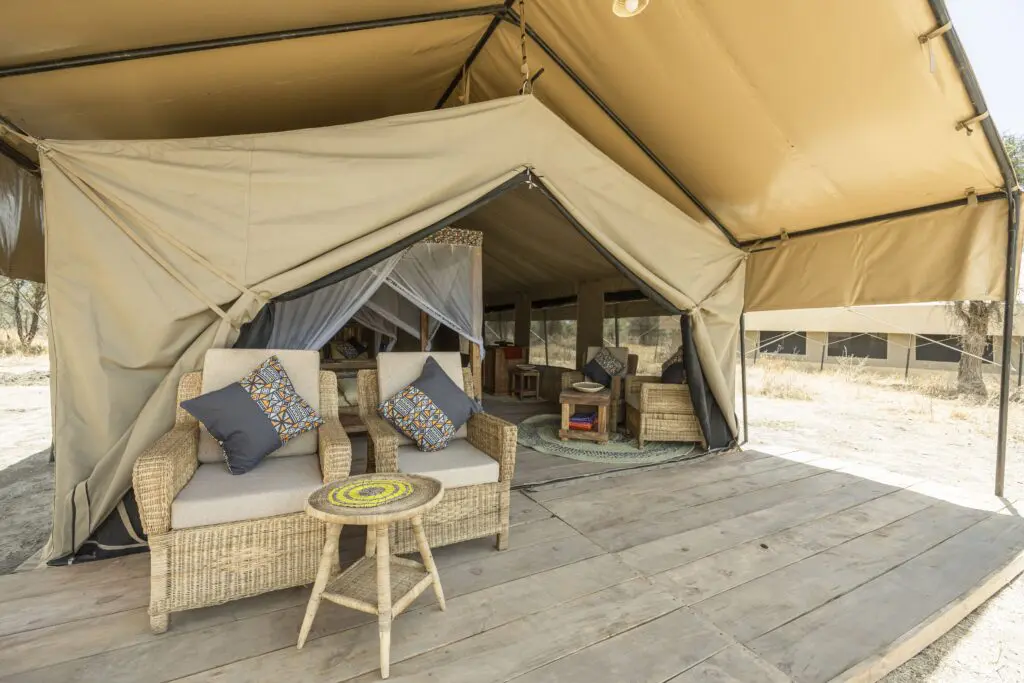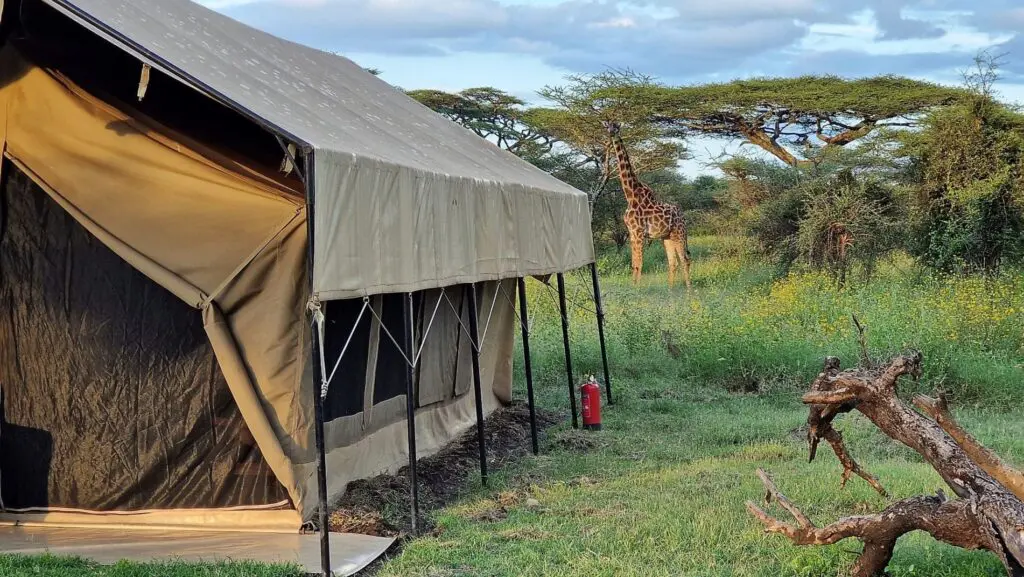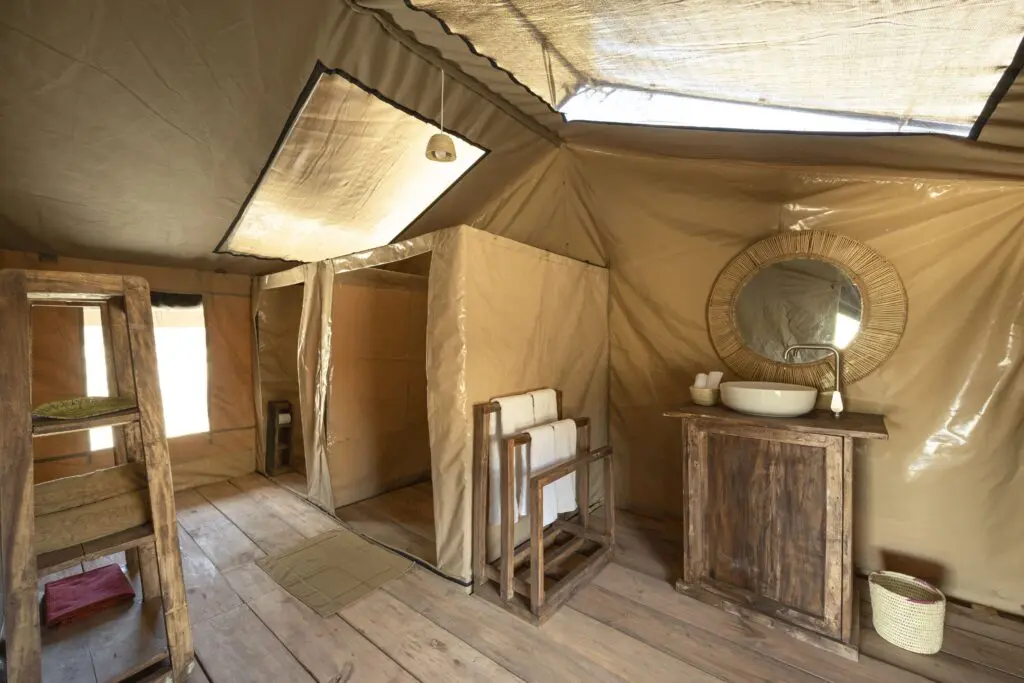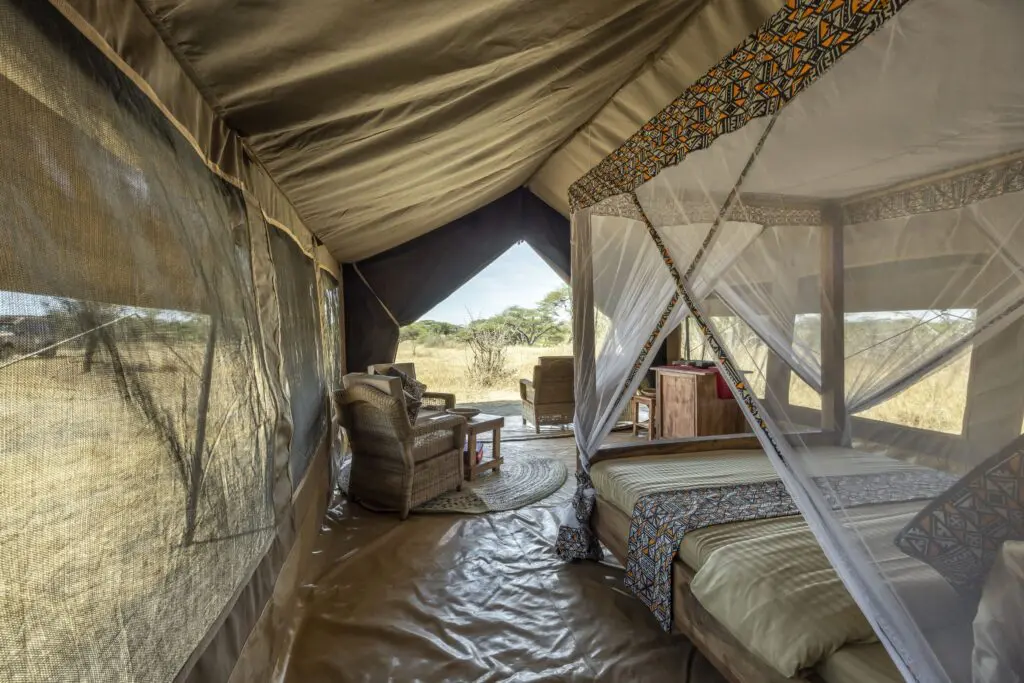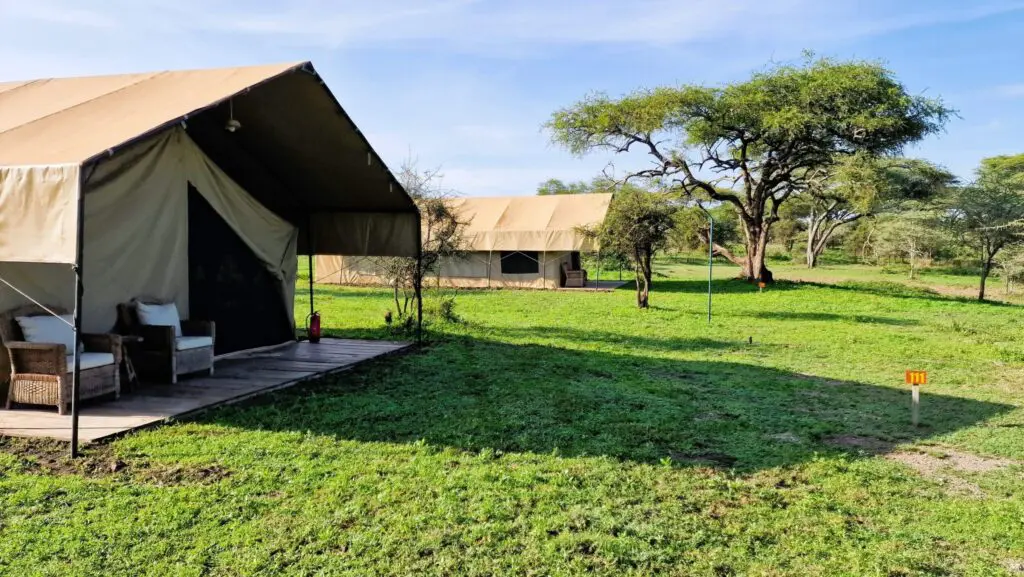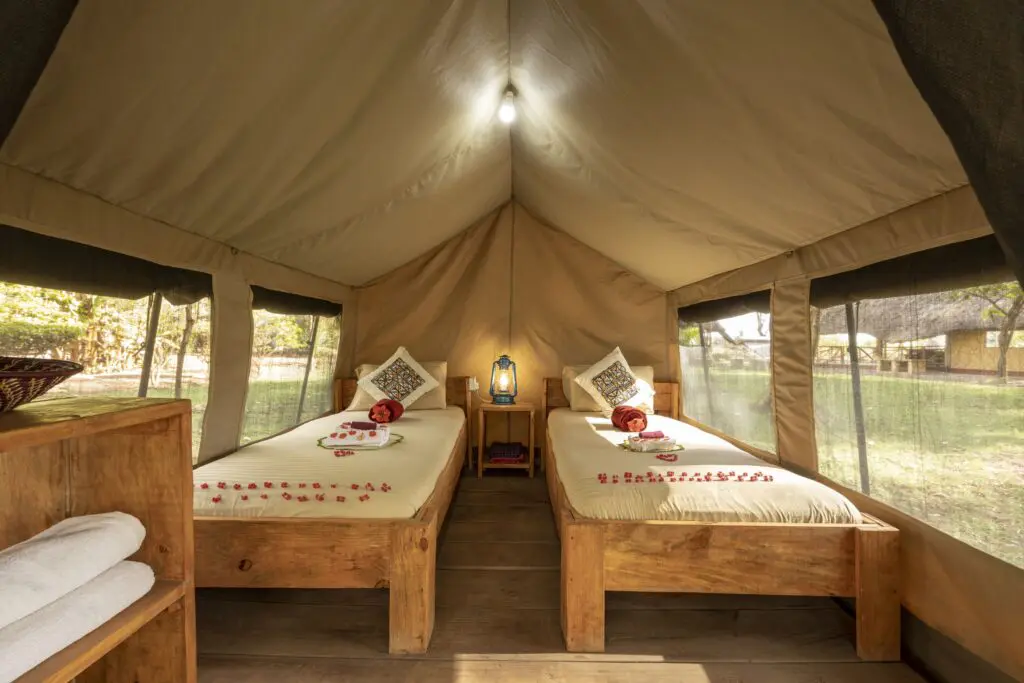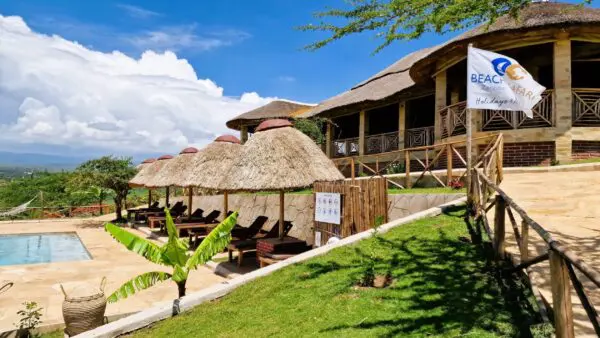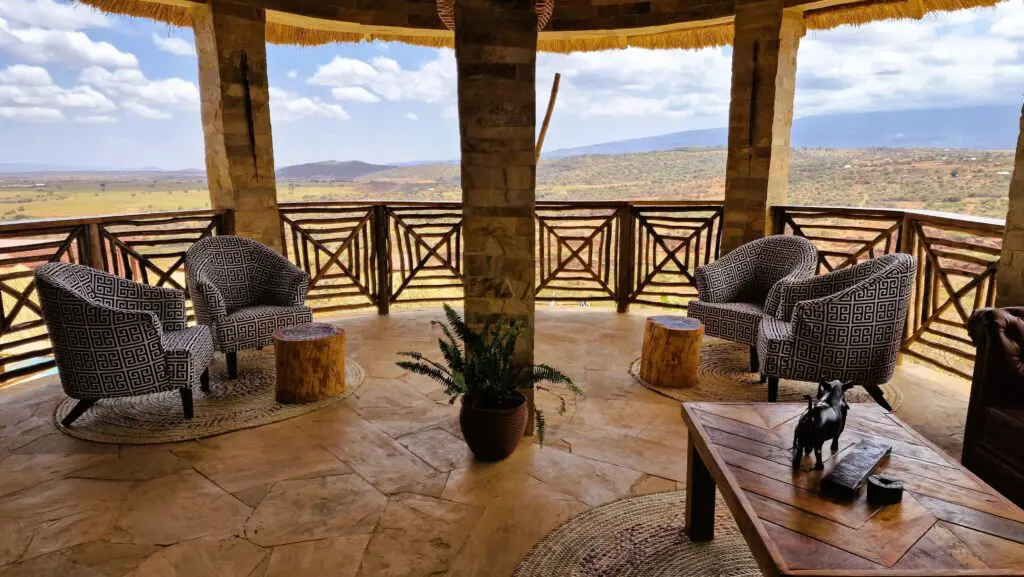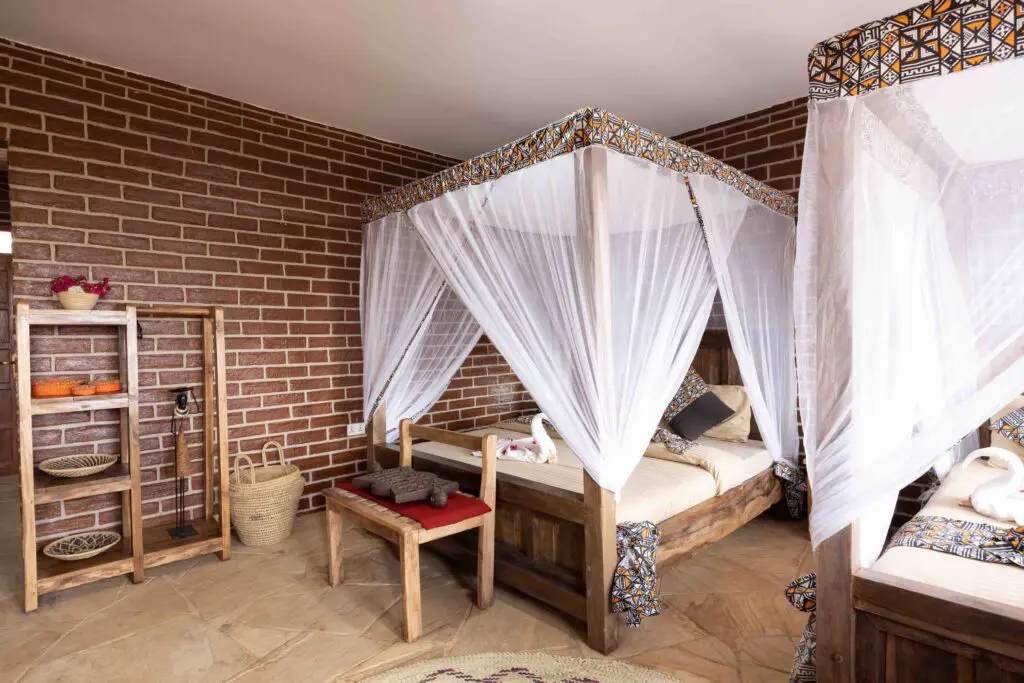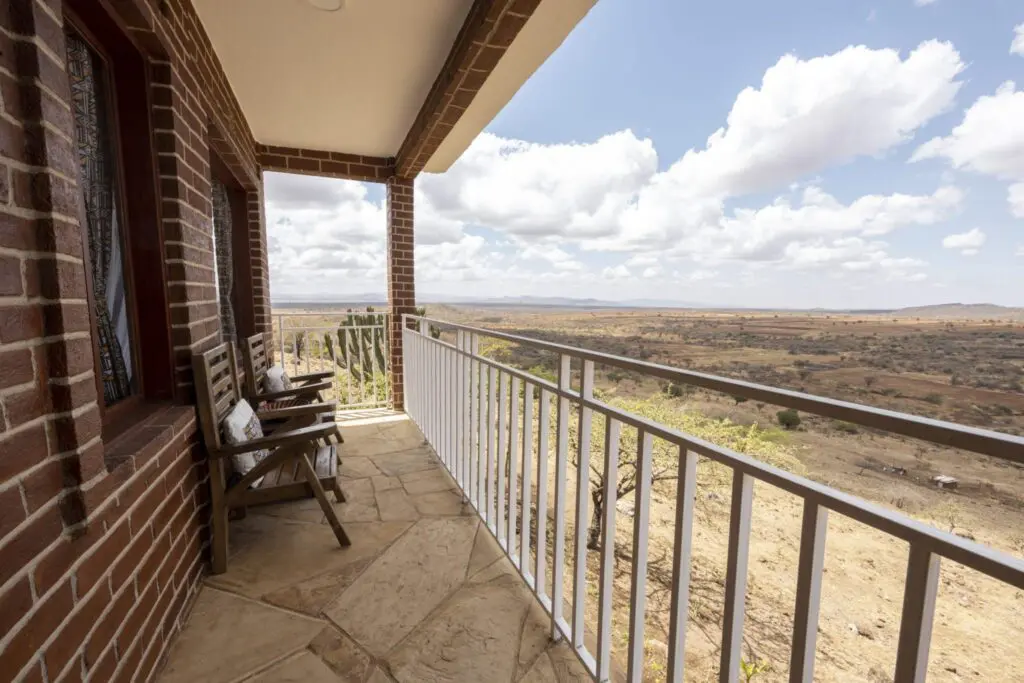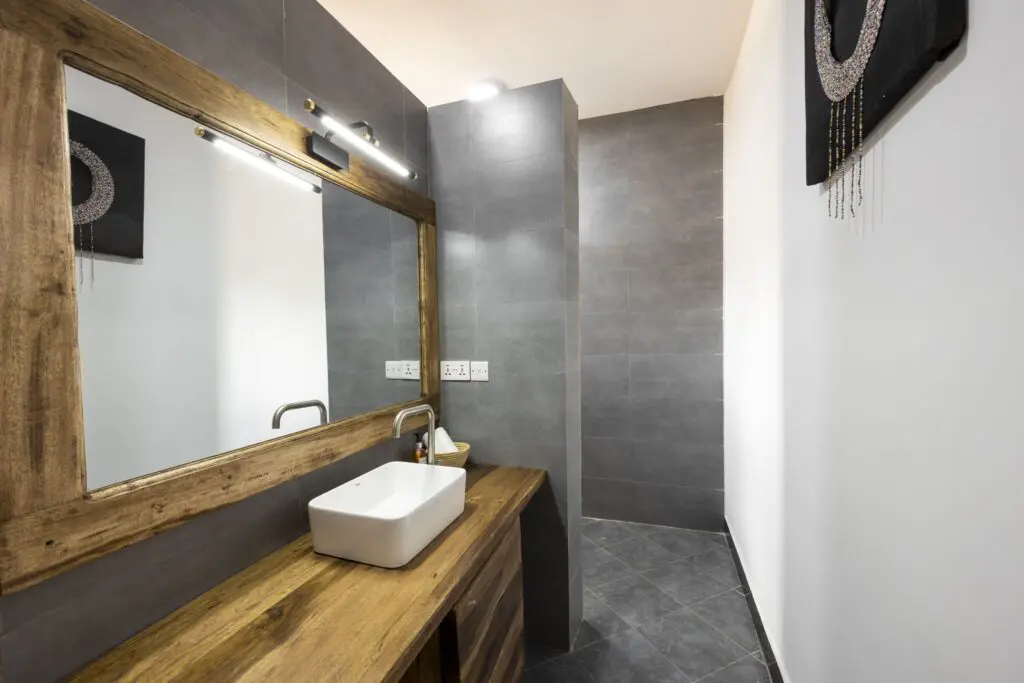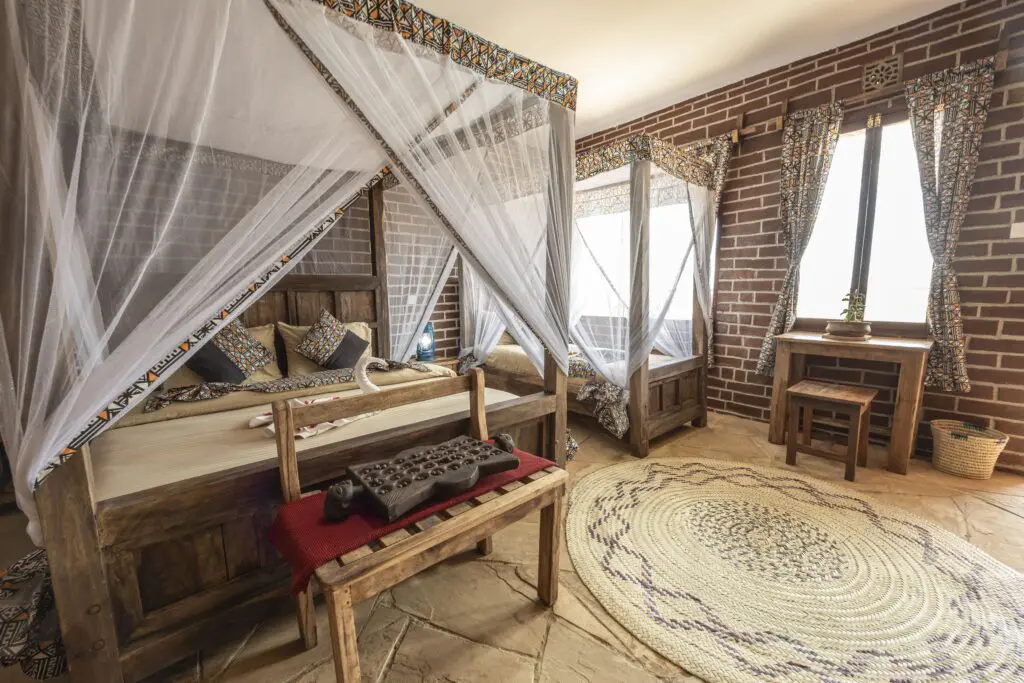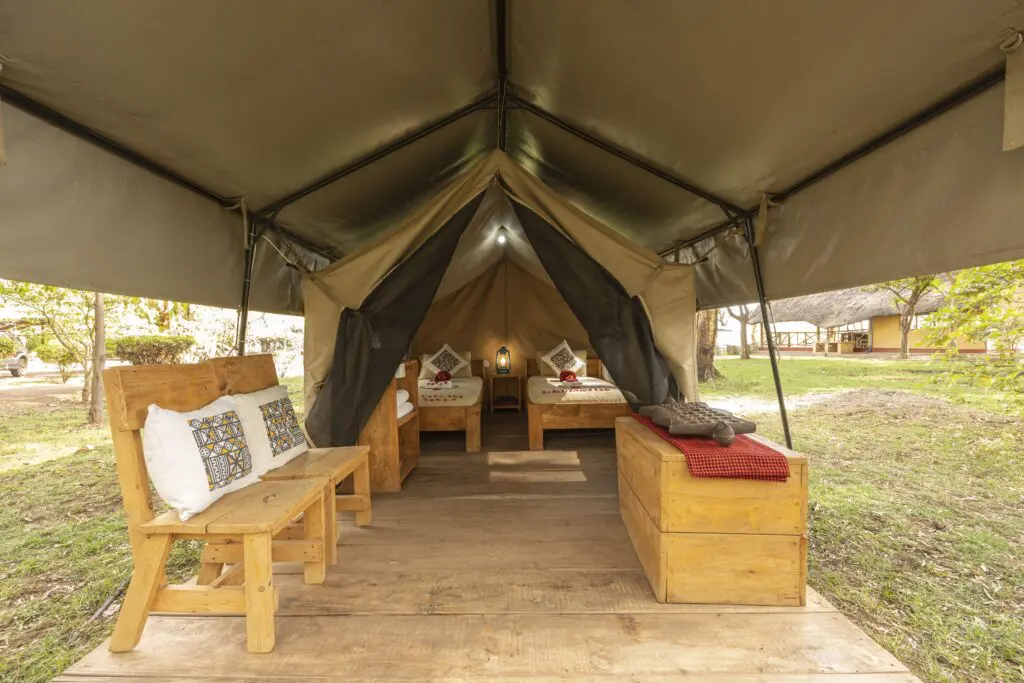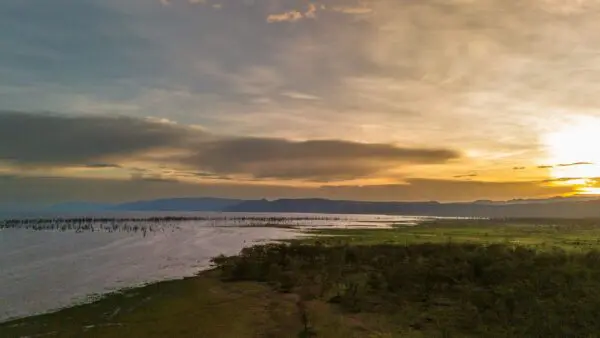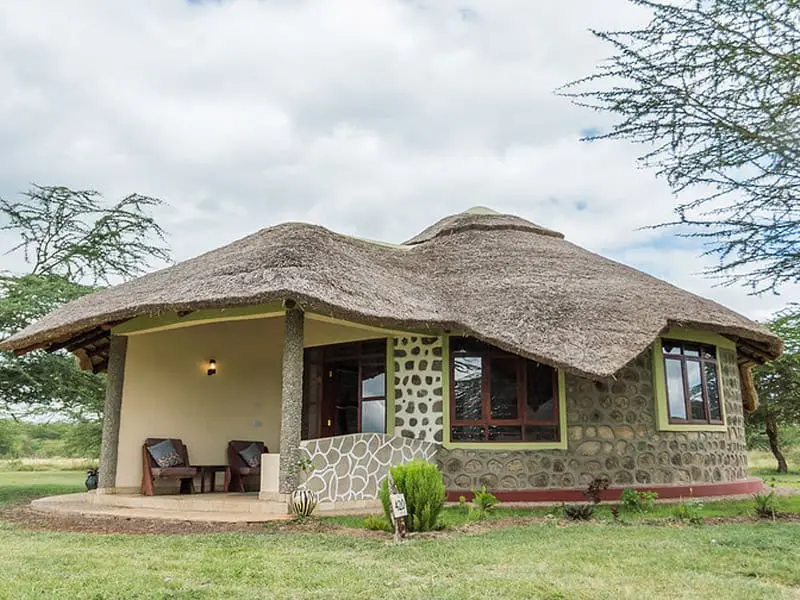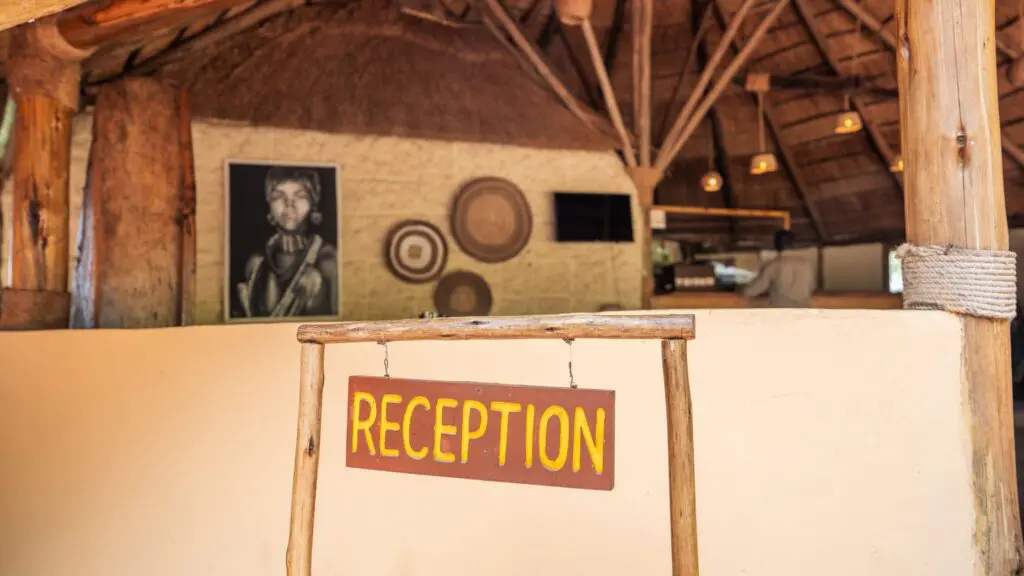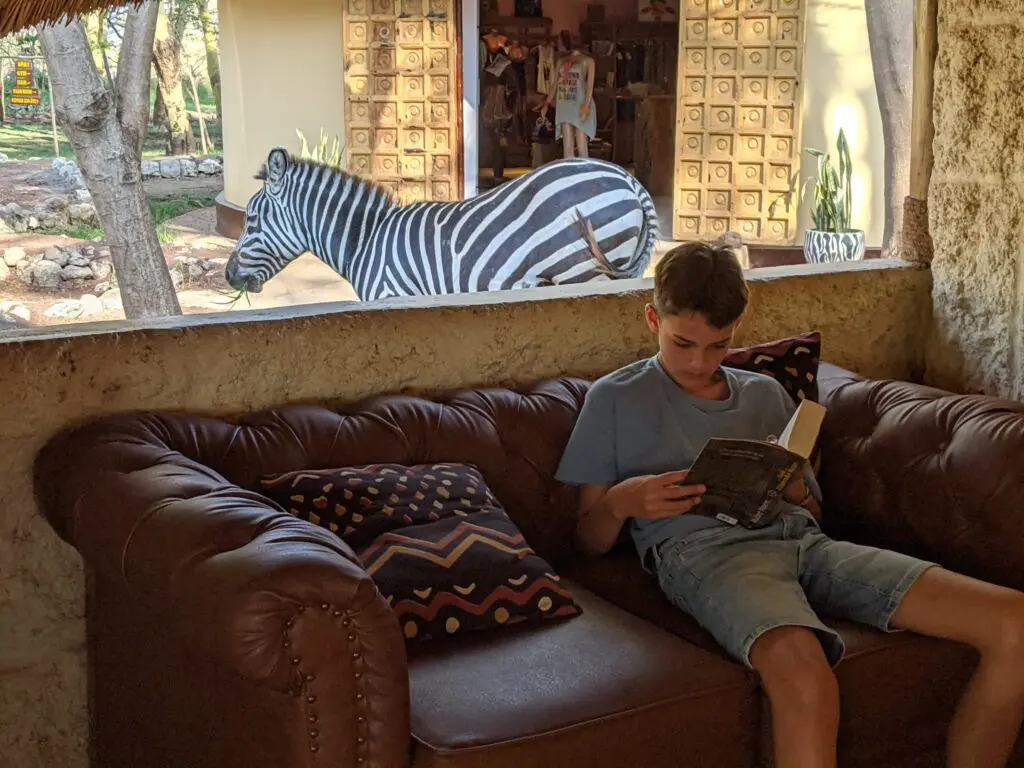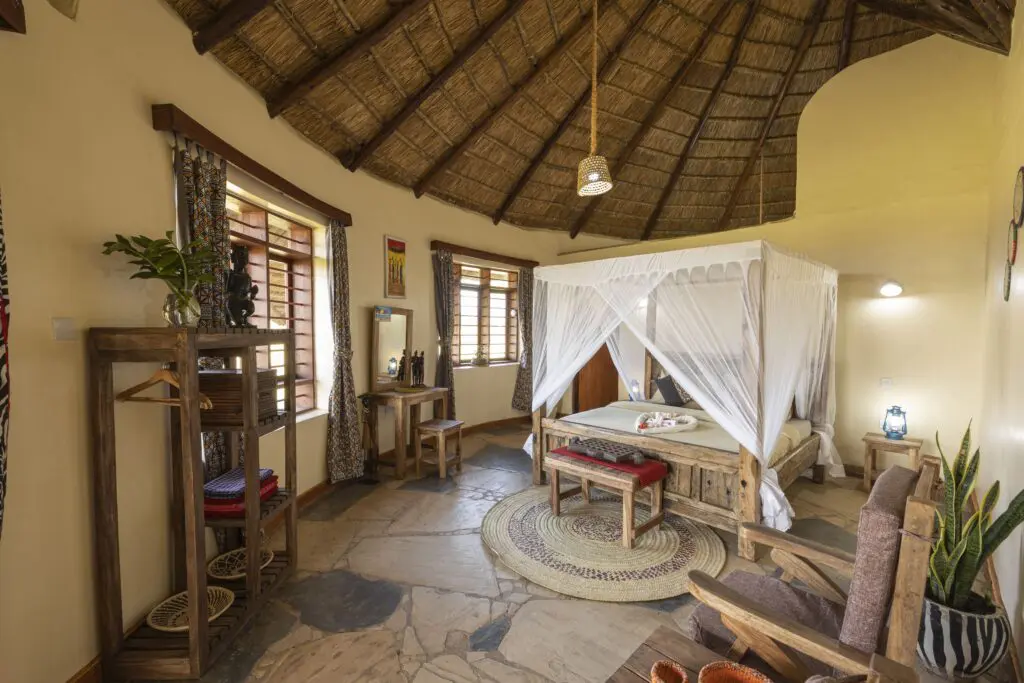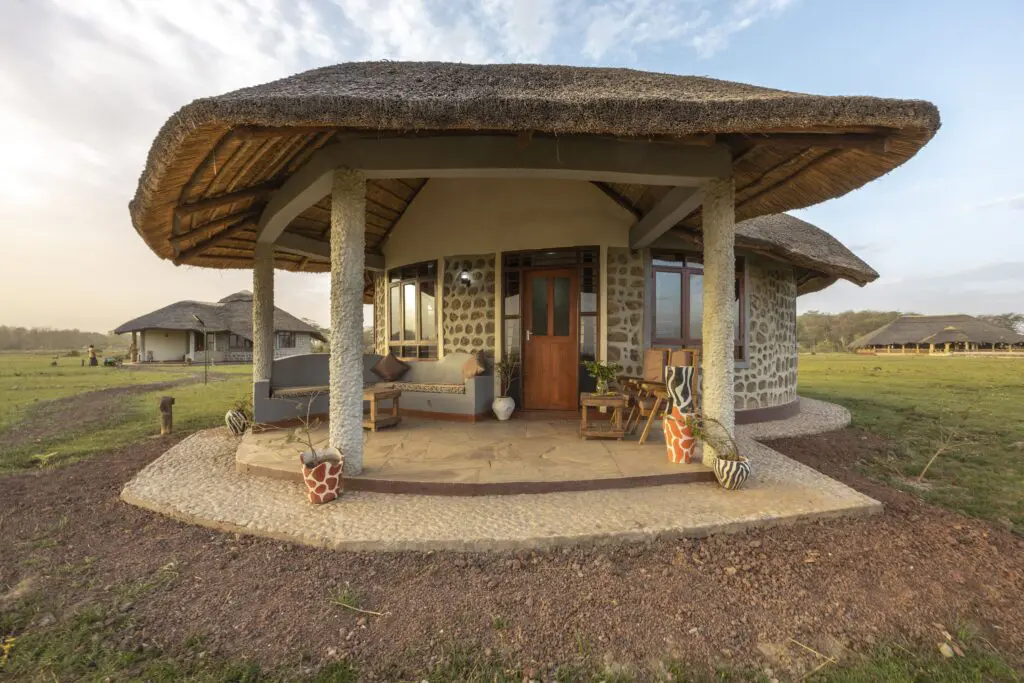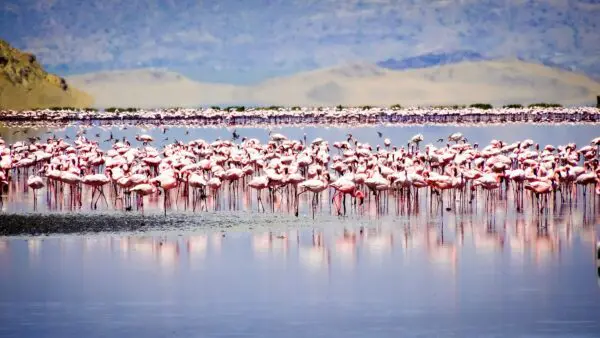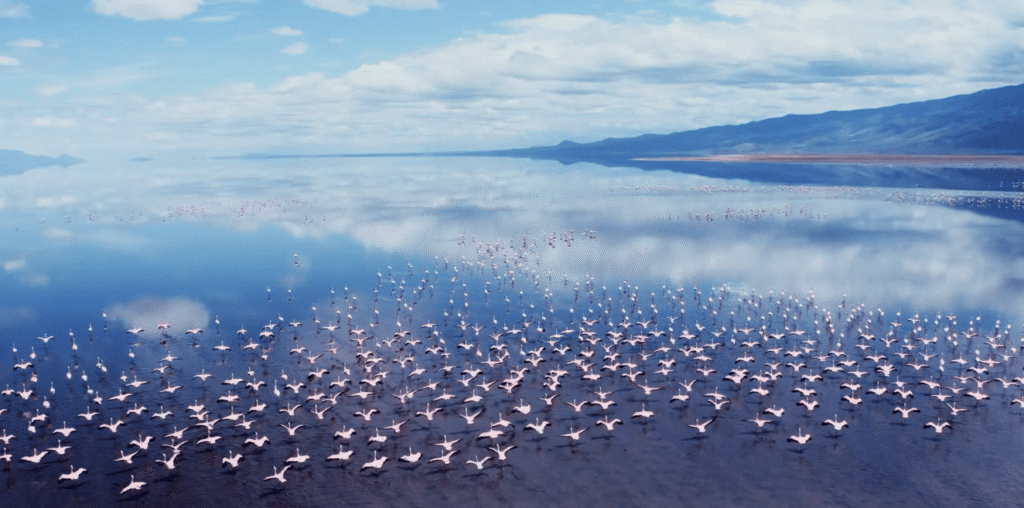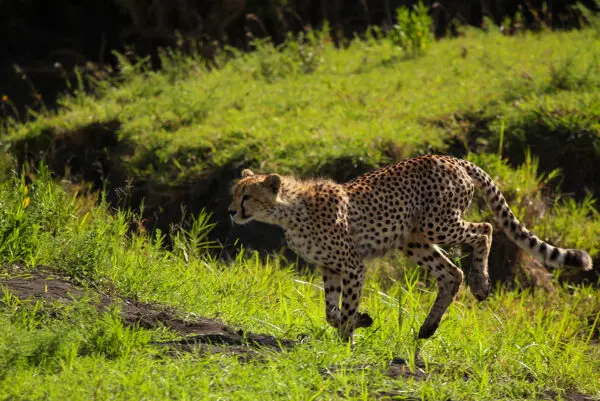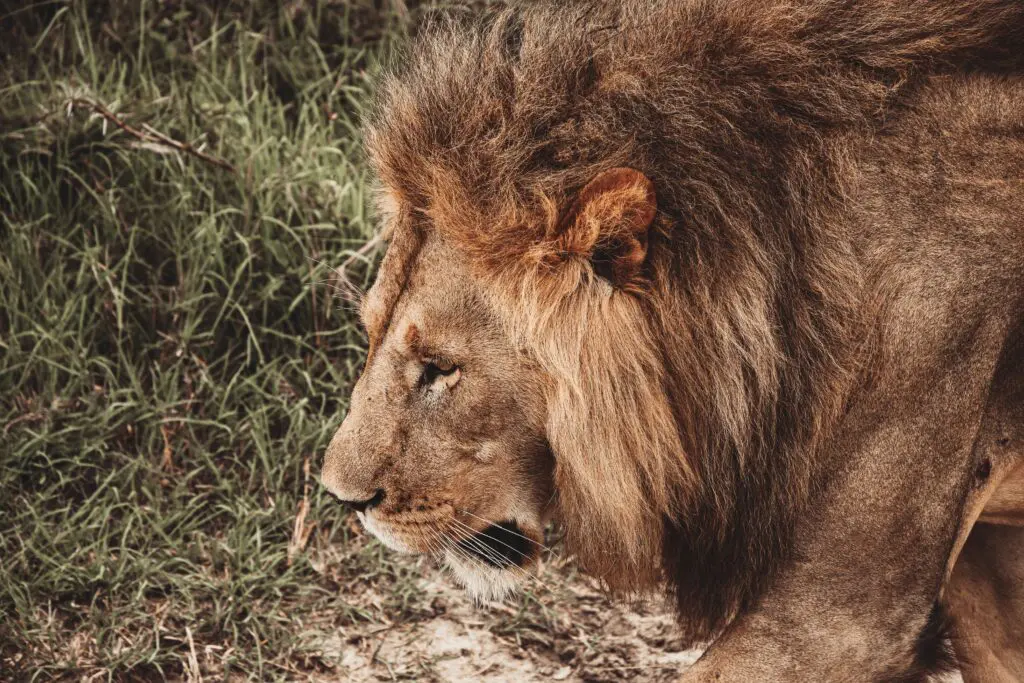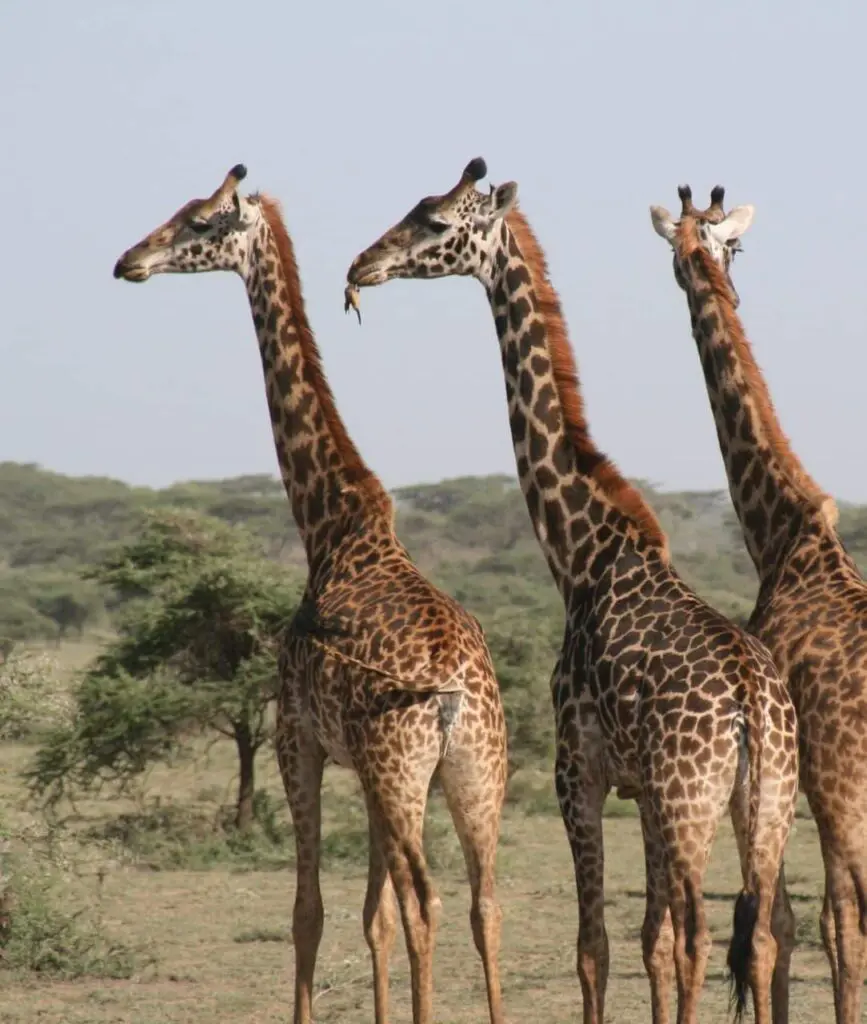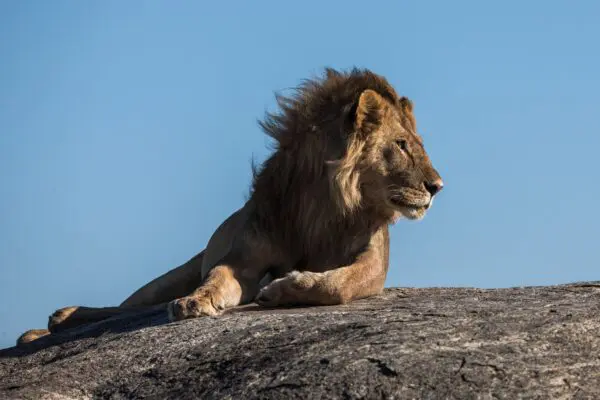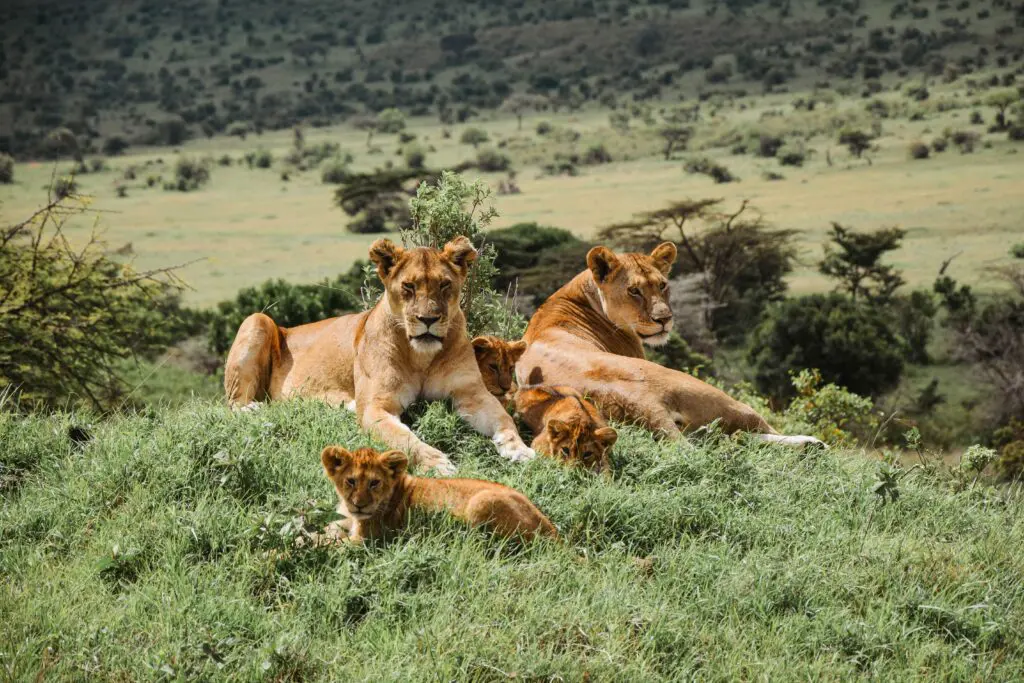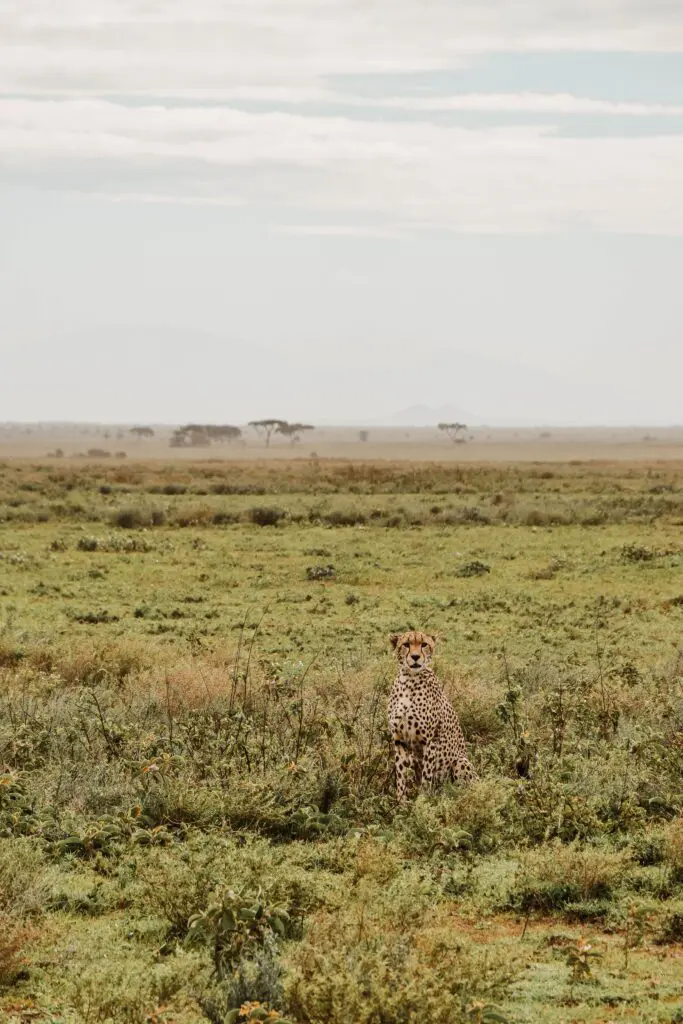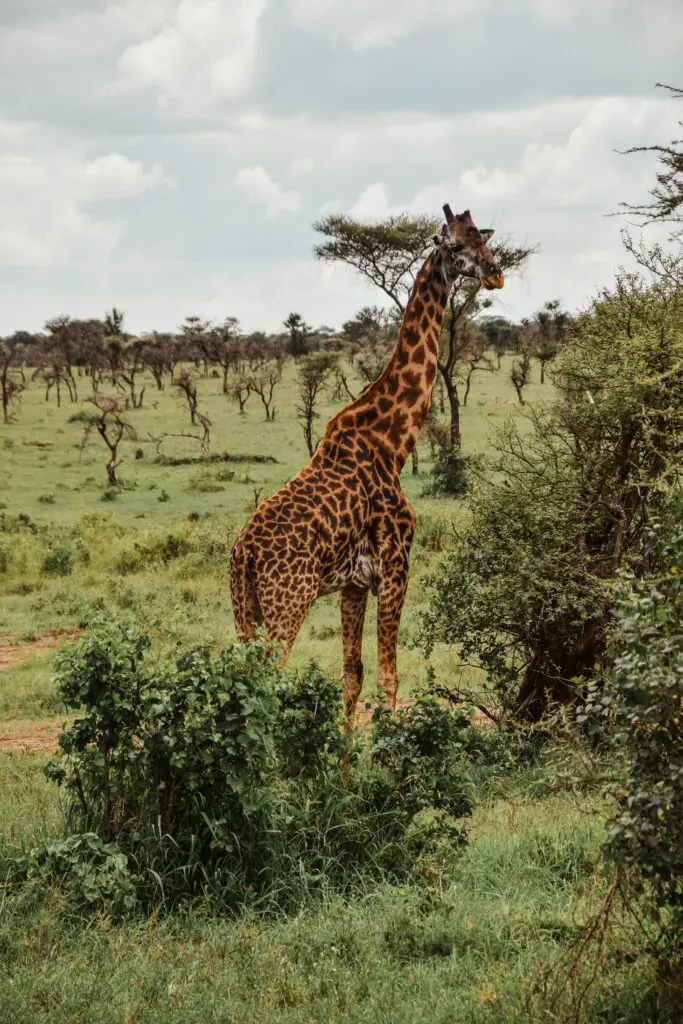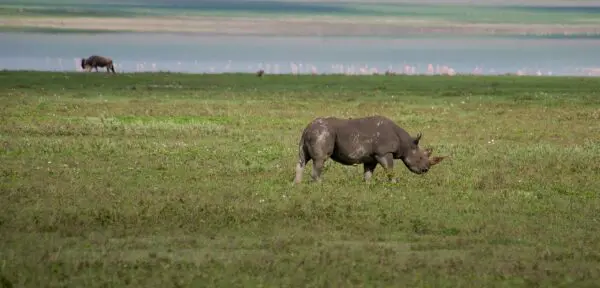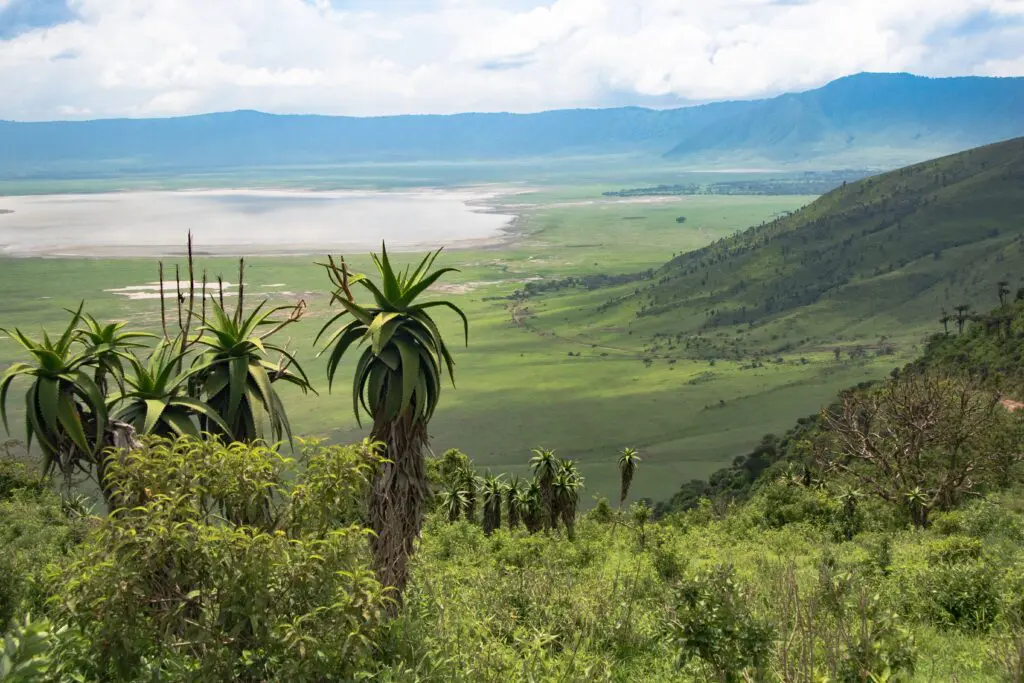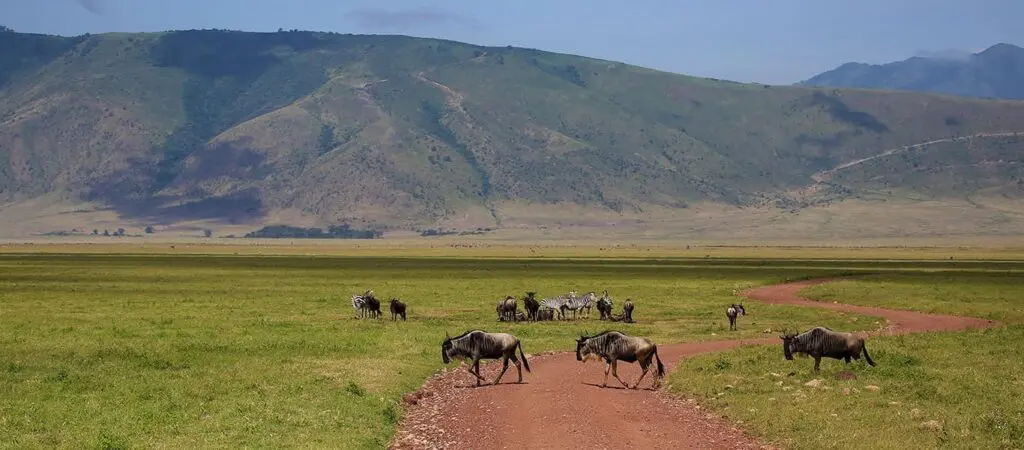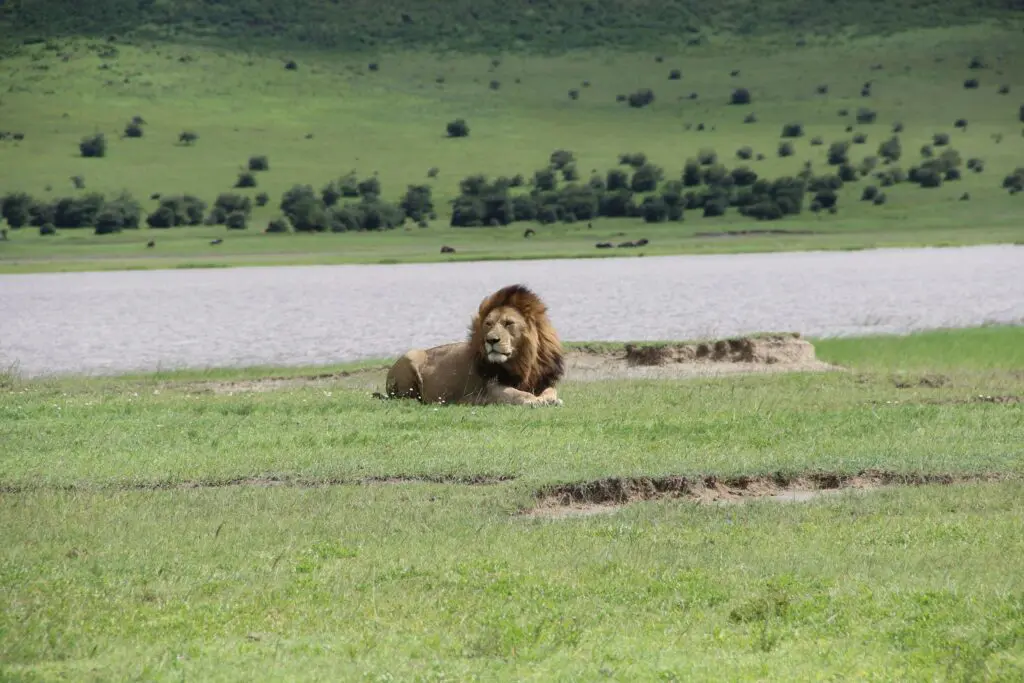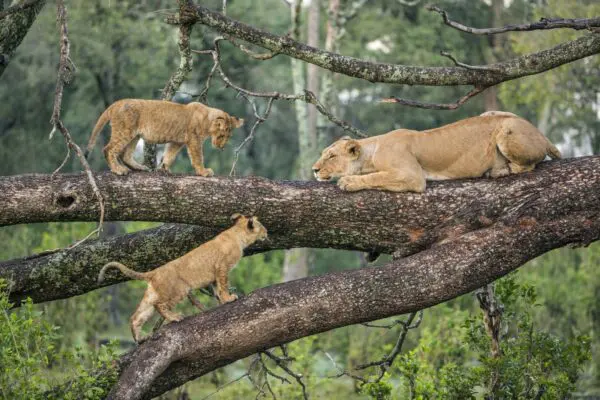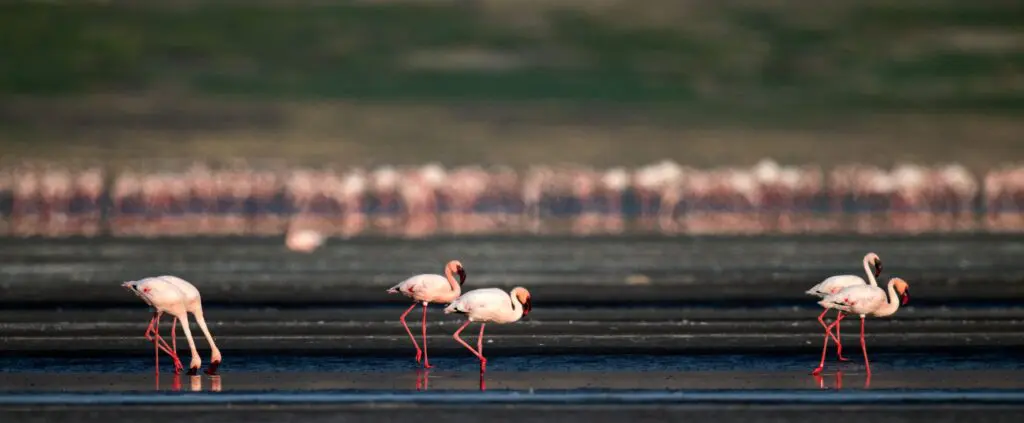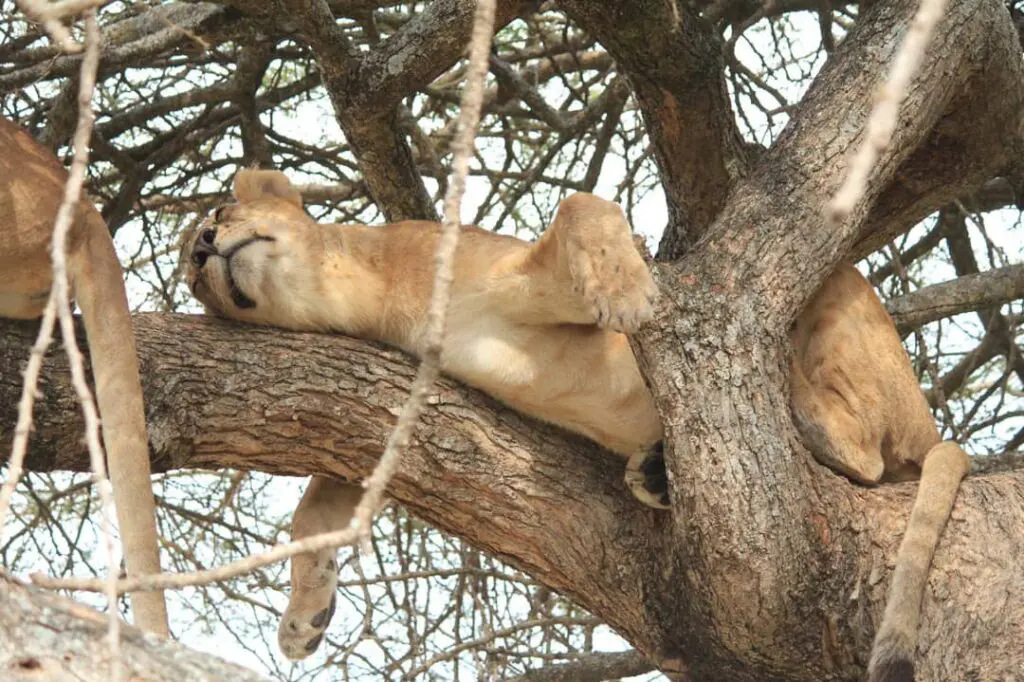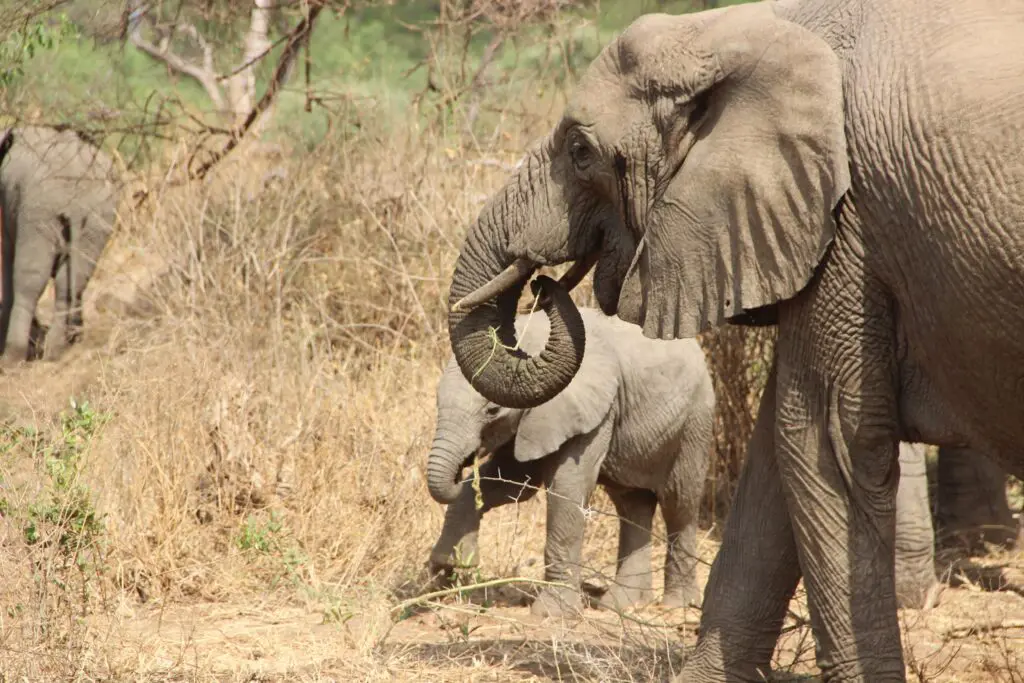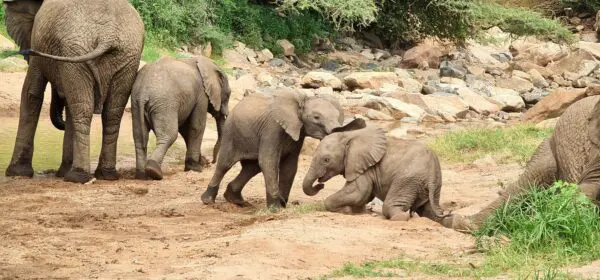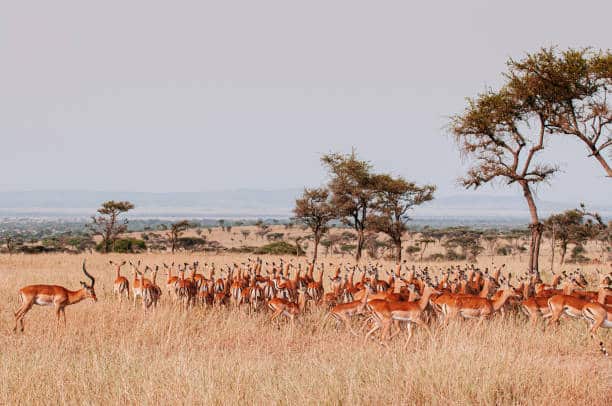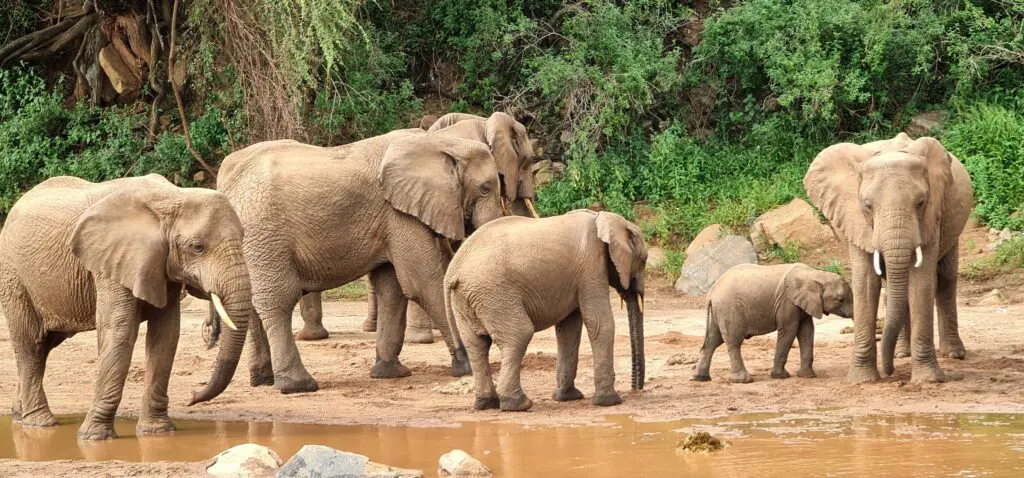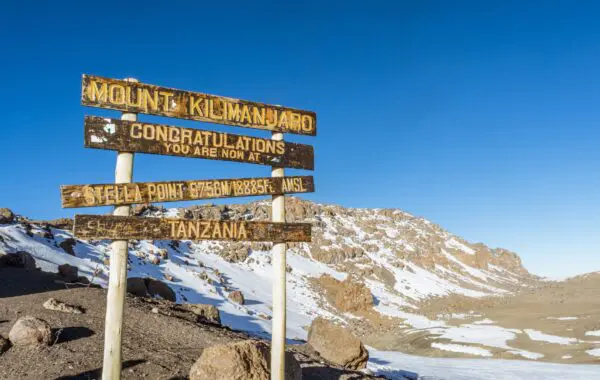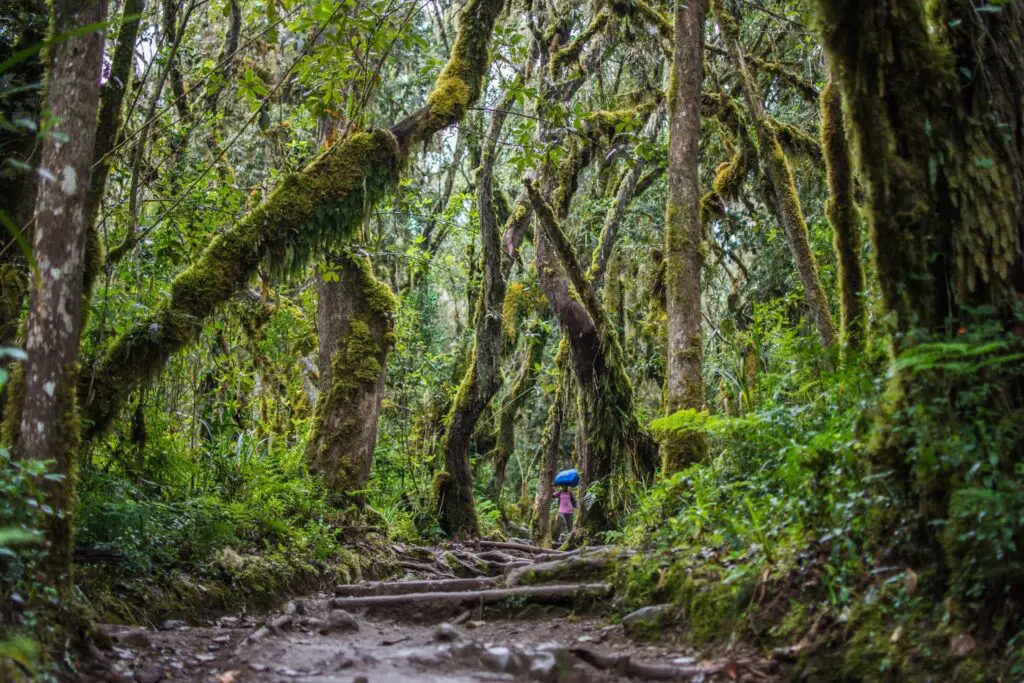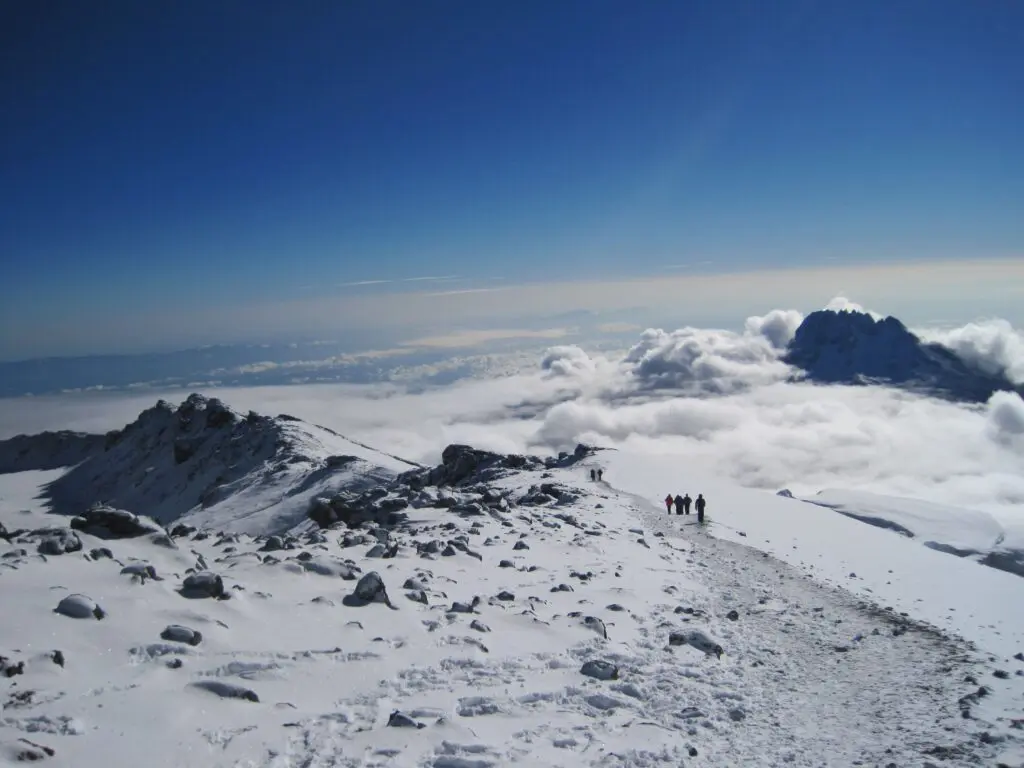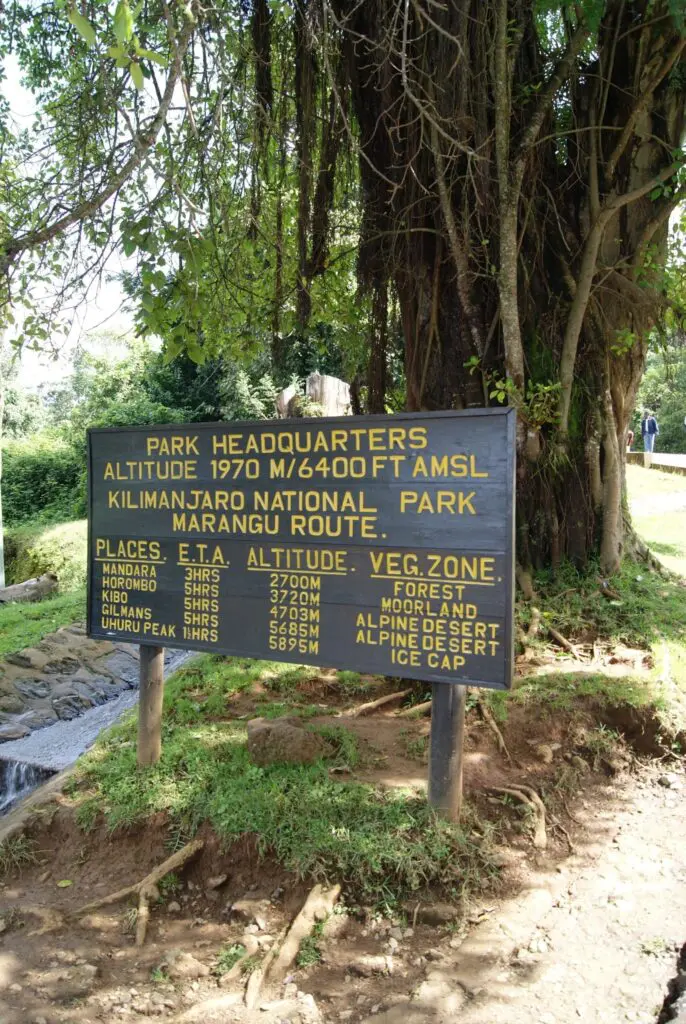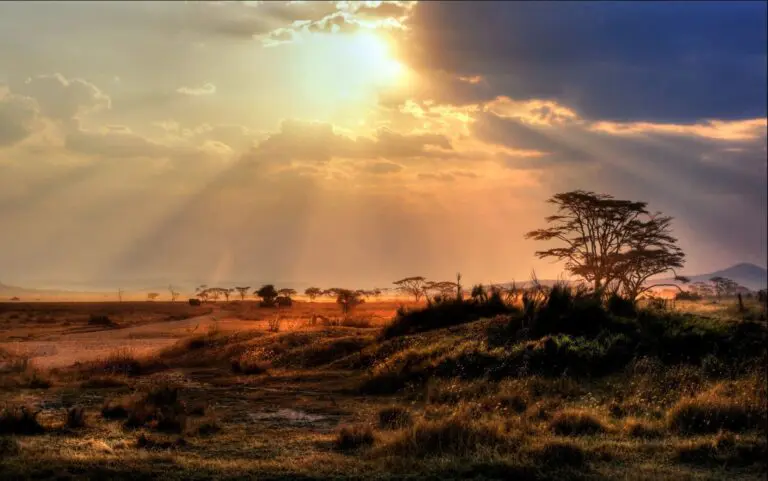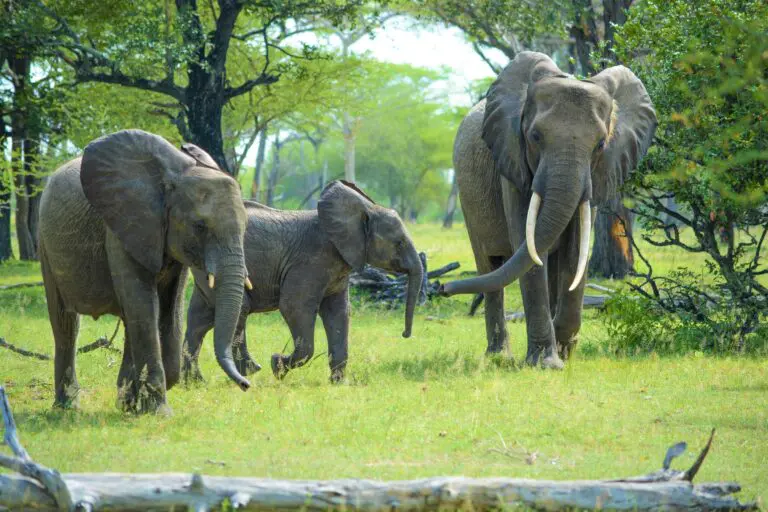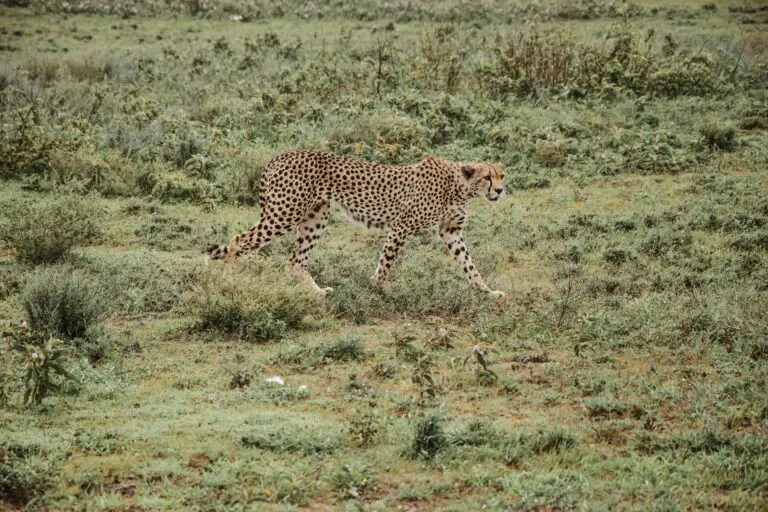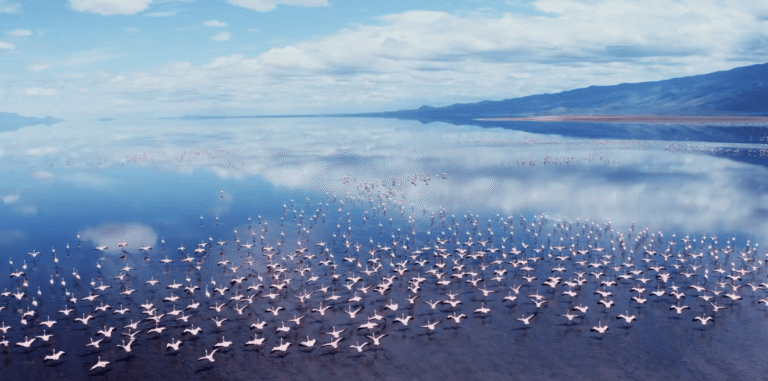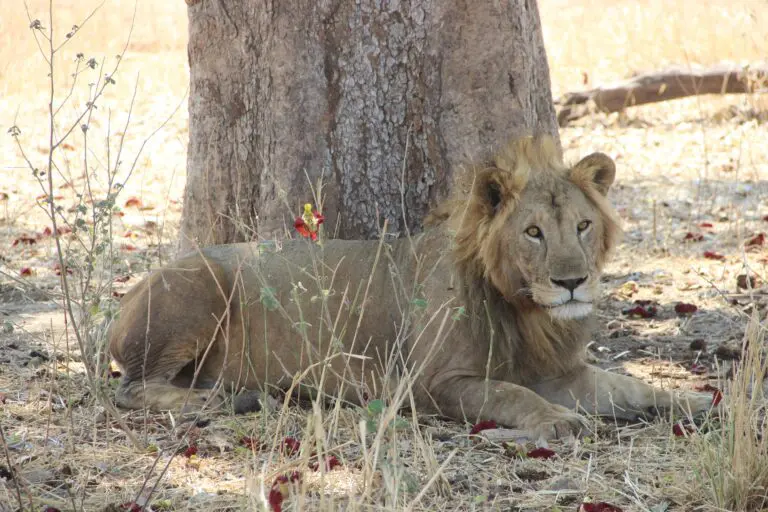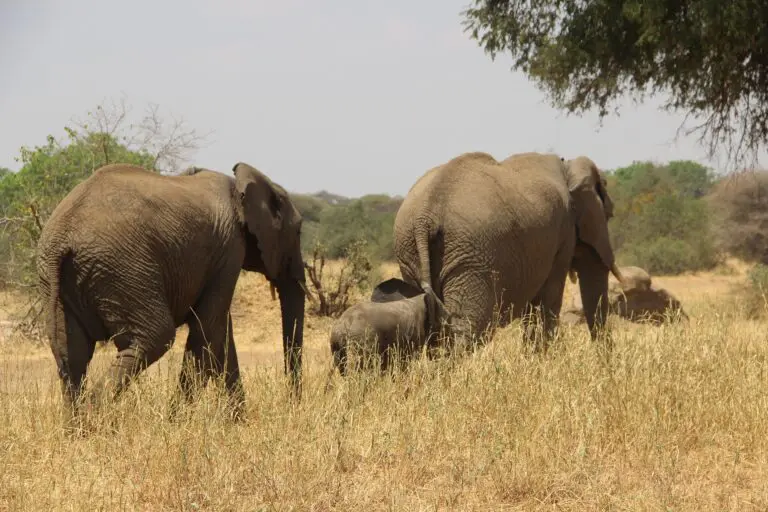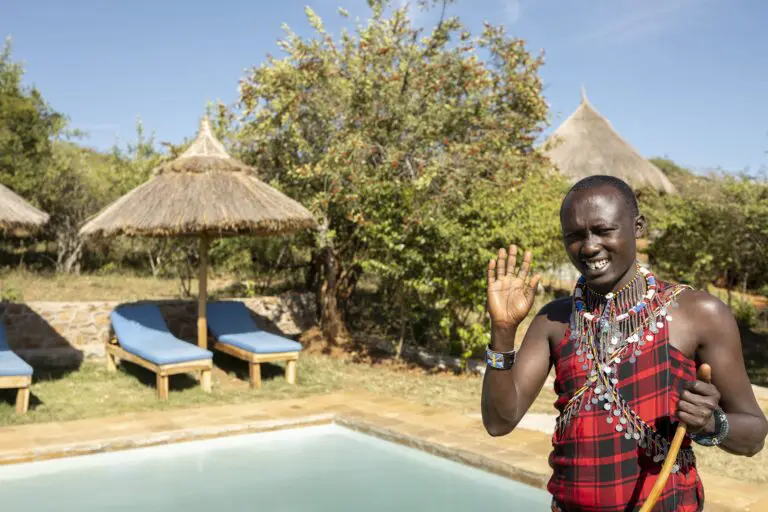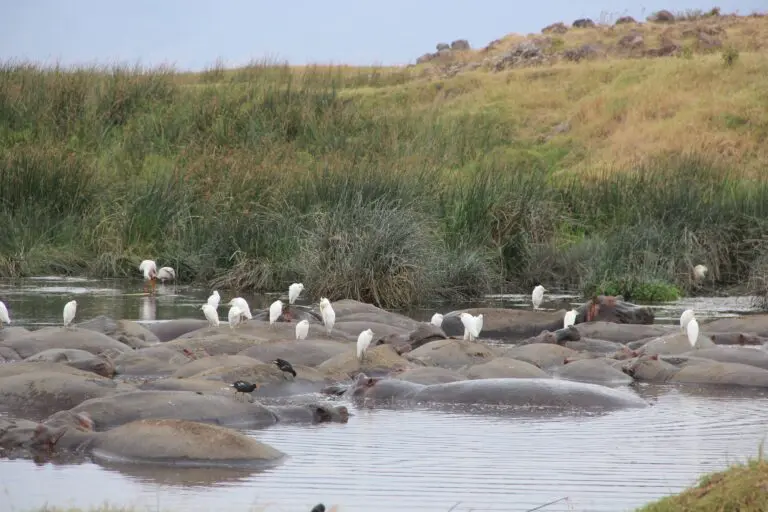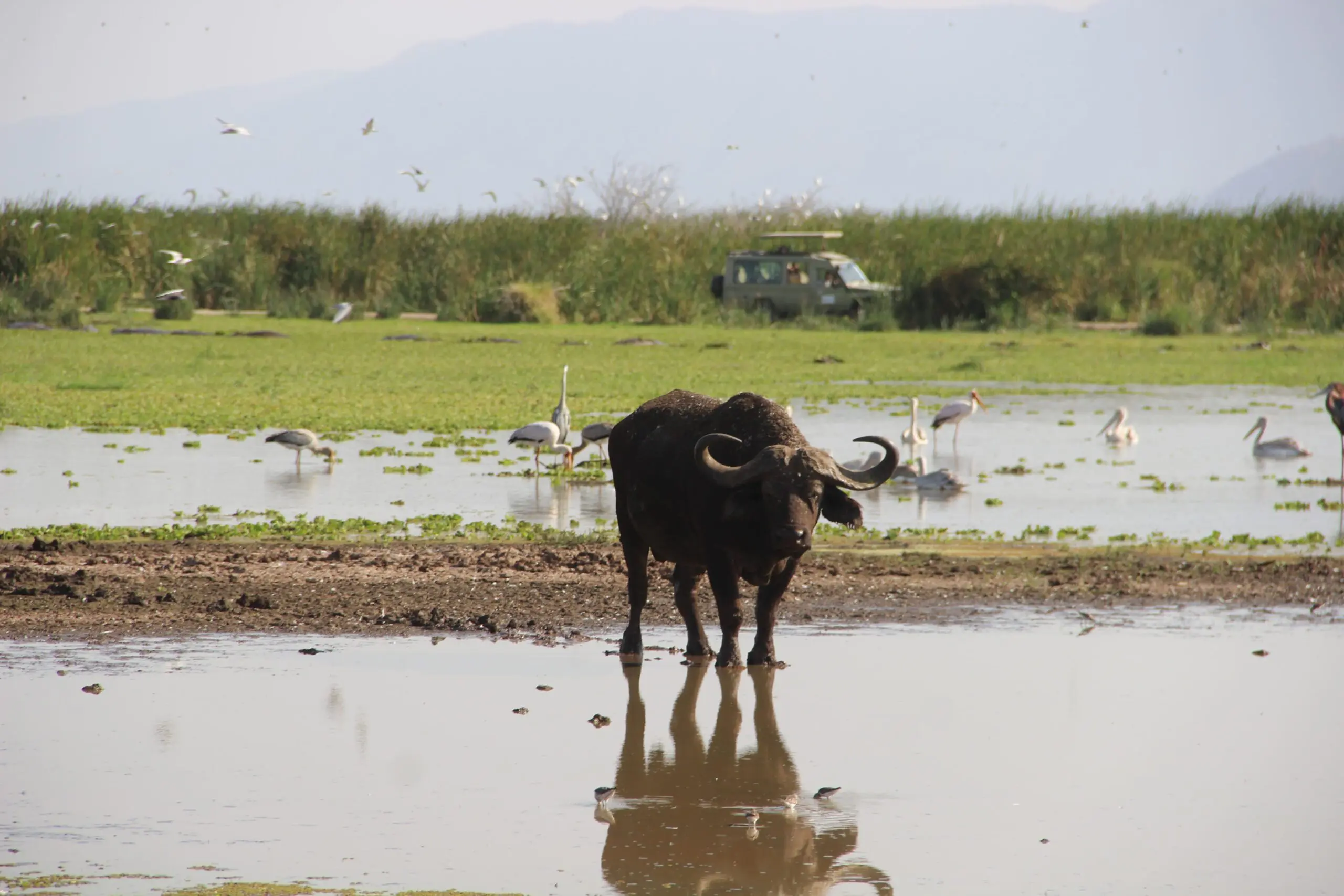
Complete Northern Circuit
11 Days | Complete Northern Circuit
Iconic wildlife parks and scenic lakes
Northern Tanzania is home to the world’s finest wildlife parks in Africa, offering an enchanting safari experience for nature lovers and adventurers alike. These parks include the iconic Serengeti National Park, where the Great Migration (wildebeest migration) takes place. A breathtaking spectacle of millions of animals on the move.
Highlights
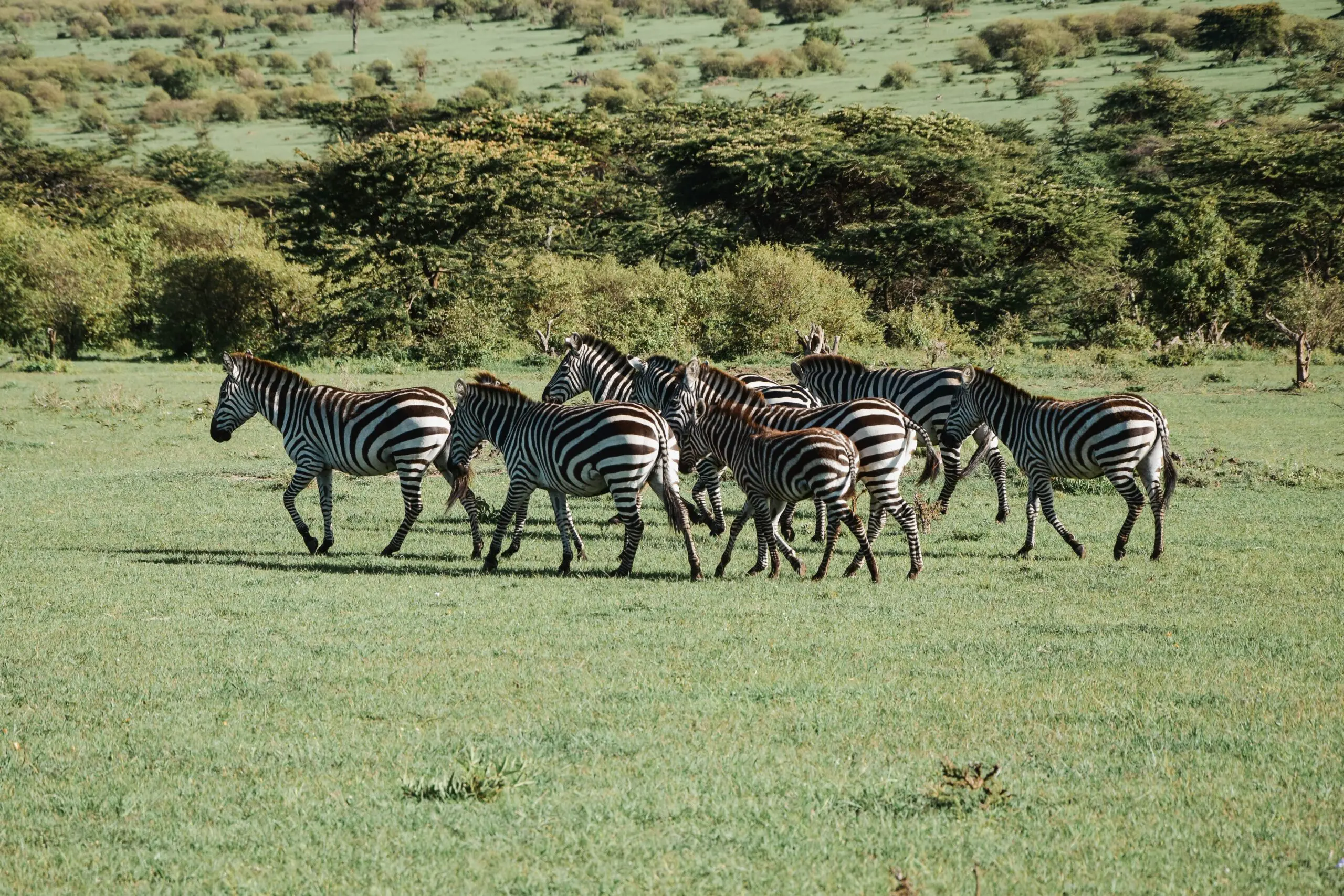
Prijzen
-
2 personen
in 1 kamer € 3.160,- p.p. -
4 personen
in 2 kamers € 2.549,- p.p. -
6 personen
in 3 kamers € 2.345,- p.p.
Inclusief o.a.
- Water in the safari jeep
- Pick-up & Drop-off at the airport or in Arusha
- Park fees for the national parks described
- African 4×4 safari jeep with pop-up roof and large windows
Kenmerken & FAQ
A safari and stay in Tanzania is completely safe. All our drivers and guides are experts in this field and have undergone extensive training to properly handle nature and animals. All necessary precautions are also taken at our accommodations to provide you with a safe place to stay.
No, this is unfortunately not possible. Due to the safety of you and the wildlife, it is not allowed to drive around on your own. A specialized guide and driver is therefore always included in our tours.
You can choose this for yourself. We offer tents or bungalows at all our resorts with private bathrooms, good beds and electricity. We also offer budget-proof safari tents at some resorts. These are more basic and have a shared bathroom. In addition, many of our resorts feature a swimming pool, restaurant, gym and public area with Wi-Fi.
Yes, there are differences in animals between northern and southern Tanzania, although they largely overlap. Both regions offer impressive wildlife experiences, but the type of landscape, concentration of animals and the way you experience them differ. Here's a clear overview:
- In northern Tanzania, you'll find iconic nature reserves such as the Serengeti and Ngorongoro Crater. Here you will see large herds of wildebeest and zebra during the Great Migration, impressive lion prides, and have the best chance of spotting the rhinoceros, one of the few places in Africa where you can complete the Big Five.
- Southern Tanzania is loved precisely for its tranquility, vast landscapes and adventurous safari style. In parks such as Nyerere and Mikumi you will encounter few other vehicles, but you will see many elephants, hippos and unique species. In particular, the rare wild dog is regularly seen here, something almost unheard of in the north.
In Tanzania, the Big Five: lion, elephant, buffalo, leopard and rhino, are best spotted in northern Tanzania.
You go on a private trip, alone or with your travel company. So you will not travel in a group. Our experienced and knowledgeable driver, who is also your guide, will proudly show you Tanzania.
Do you prefer to travel with a mixed group? Then take a look at the possibilities at our Group Tours and Shared Safaris.
For ages 5 and up, everyone is welcome to join the safari!
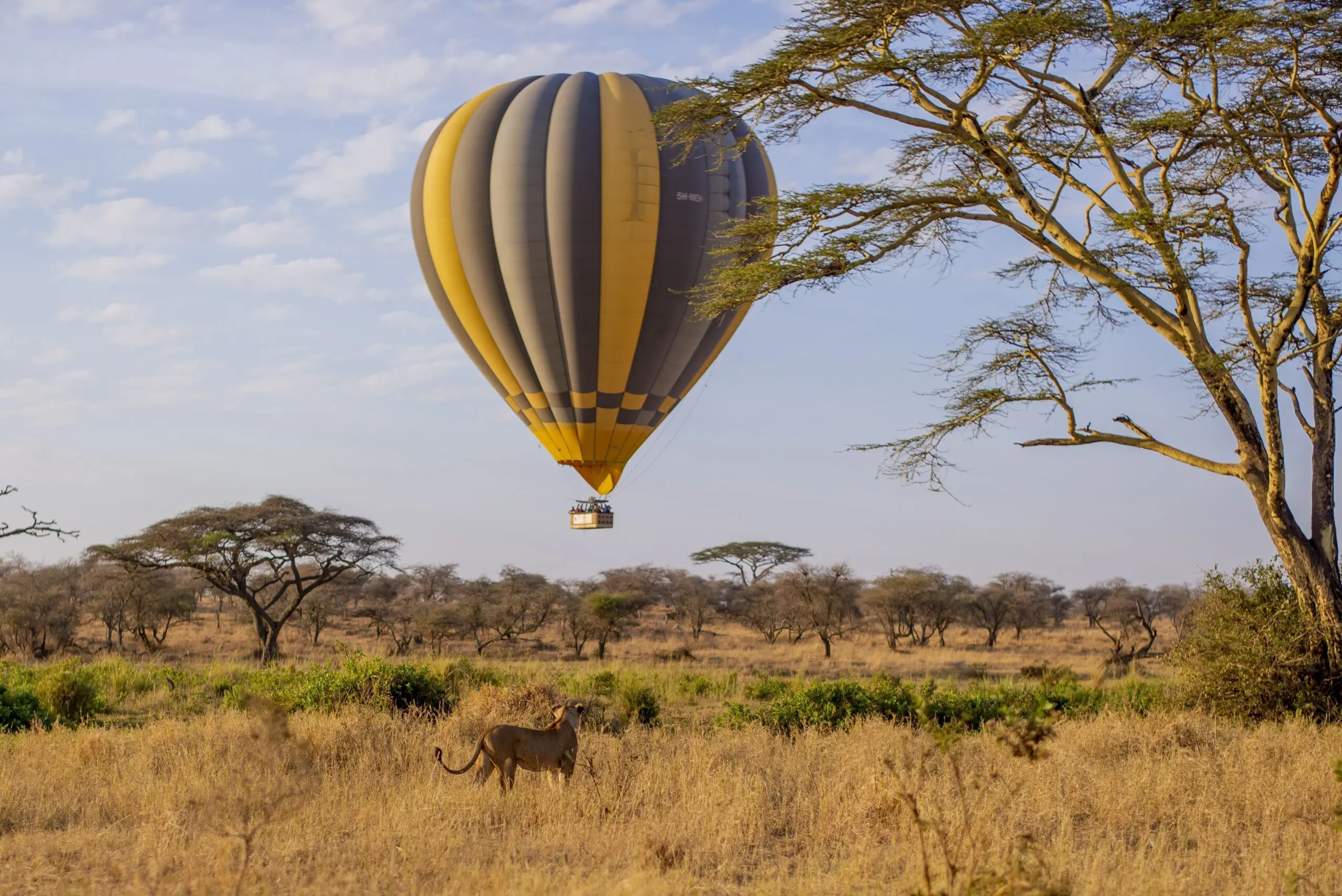
Programma samengevat
Day 01 – Start of program | Arusha
Day 02 – Road trip to Lake Natron & Ngare Sero Falls
Day 03 – Flamingo Walk & Roadtrip
Day 04 – Game drive in Pololeti GR.
Day 05 – Game drive in Serengeti NP
Day 06 – Game drive in Serengeti NP (optional balloon ride)
Day 07 – Game drive in Serengeti NP
Day 08 – Game drive in the Ngorongoro Crater
Day 09 – Game drive in Lake Manyara NP
Day 10 – Game drive in Tarangire NP
Day 11 – Transfer to Arusha, Arusha Airport or Kilimanjaro Airport
Day 1 | Let the safari adventure begin!
Once you arrive in Tanzania, our driver is already waiting for you. After a warm welcome, he will take you to your first accommodation, Africa Safari Arusha. Here you can relax and unwind after a long journey in an oasis of green. Arusha is the Safari Capital of Tanzania and the perfect place to start your safari adventure.
Day 2 | Explore the raw beauty of the Lake Natron area
Ready to move on immediately, because today you have a beautiful road trip to Lake Natron. Barren plains, traditional Maasai villages and forested areas race past you before you arrive at your new accommodation. Africa Safari Lake Natron has a nice pool for a refreshing dip. Keep your swimwear on, because in the afternoon you will take a scenic walk to the Ngare Sero Falls, where you will also have the chance to take a refreshing dip.
Day 3 | Lake Natron, the breeding ground for millions of lesser flamingos
Before the journey continues to Serengeti, you will have an interesting walk through the beautiful surroundings of Lake Natron with our Maasai guide. Together you will walk towards the lake, to watch the many flamingos and learn many facts about these beautiful pink animals. In the afternoon you get back in the jeep for a road trip through beautiful landscapes on the way to Africa Safari Maasai Boma. Here you will spend the night in a traditionally built bungalow. Experience the Maasai way of life in a comfortable way.
Day 4 | Explore the Pololeti game reserve
Africa Safari Maasai Boma is situated against Serengeti National Park and Pololeti Game Reserve. Pololeti Game Reserve in particular is a hidden treasure and thus not crowded. While this area is full of wildlife. Hunting lions, roaming elephants, grazing buffalo, running antelope and much more. After a full day of game spotting, you will return to Africa Safari Maasai Boma for a delicious dinner and a good night's sleep.
Day 5 | Admire the endless plains of the Serengeti.
Wake up to the sun's rays warming your veranda and watch the sun rise behind the mountains of Kenya. Watch the zebras grazing peacefully and get yourself ready for another day of safari adventures. Once you've had a delicious breakfast, hop back into the safari jeep for another day in Serengeti National Park. Keep ears and eyes peeled, as wildlife is everywhere.
Day 6 | Game drive in Serengeti National Park
Because the park is so vast, it is ideal to spend several days here. This way you can really explore and discover Serengeti National Park properly. It is also possible to admire the impressive Serengeti from above. Book an unforgettable balloon safari! After a full day of wildlife spotting and enjoying nature, return to Africa Safari Serengeti Ikoma.
Day 7 | Two days of Serengeti National Park is not enough
Now that you have already properly discovered north and central Serengeti National Park, it is time to head south of the park. Another new area where the scenery is unique and picturesque. Along the way, you will want to stop frequently for unique moments. A lioness hunting her prey, a family of wild boar crossing the road or a giraffe wanting a drink of water. Moments like these never get boring. At the end of the day you will arrive at your new accommodation, Africa Safari South Serengeti. Amidst beautiful nature, you can enjoy a nice shower, cozy dinner and a good night's sleep.
Day 8 | Visit the 8th wonder of the world, the Ngorongoro Crater
After the Serengeti, it's finally time for the Ngorongoro Crater, ́the world's largest intact volcanic caldera. Will you be lucky and spot the Big Five in the crater today? Our driver will do his utmost and will give you an unforgettable day in the Ngorongoro Crater. The rare black rhino is shy, but shows itself regularly on the open plains. To exit the crater, you will ascend the crater wall again and continue your journey to Africa Safari Karatu.
Day 9 | Wildlife spotting at Lake Manyara National Park
Drink a cup of coffee to wake up properly and enjoy a good breakfast with 180-degree views of the Ngorongoro Highlands. It's time again to leave Karatu and get ready for a game drive in Lake Manyara National Park. This park is compact but unique for its peculiarities. Of course the lake inhabited by many hippos, flamingos and pelicans. But also the tree lions. A great picture for which you have to look up. Once you leave the park again, you only need to drive a short distance to arrive at your next accommodation, Africa Safari Rift Valley.
Day 10 | Baobab trees and large groups of elephants
Today you already have your last game drive. But not to worry because today is another beautiful park on the program, Tarangire National Park. The national park that has the highest concentration of wildlife outside of Serengeti National Park and home to many elephants. To make the safari experience as long as possible, spend the night at Africa Safari Lake Manyara, where wild animals such as zebras and wildebeest roam freely across the property.
Day 11 | The end of your safari adventure
Wake up and sip a delicious cup of coffee on your veranda while zebras and wildebeest graze the fresh grass around your tent. After a final breakfast at the restaurant overlooking Lake Manyara, your safari adventure comes to an end. Your driver will take you back to Kilimanjaro airport, where you will leave Tanzania with a camera full of photos and a head full of unforgettable memories!
Africa Safari Arusha
The perfect start to your safari trip
Africa Safari Arusha is the perfect accommodation to start or end your safari journey in Northern Tanzania. This intimate accommodation is located in the village of Sakina, just outside the city center of Arusha. The accommodation has several room types and is surrounded by lush green gardens, a swimming pool with sun loungers, a semi-open restaurant with a fireplace for colder evenings, and a very unique tree bar.
From the accommodation you have a beautiful view of Mount Meru, while the view from the balconies extends beyond the lights of Arusha to the mountainous landscape. To reach Africa Safari Arusha, you have to take a dirt road through the Ngateu hills. Straight through a local neighborhood with lots of stores and busy society. But once you arrive, you experience a sense of peace and space.
Highlights
- Fine rooms overlooking the lush gardens
- An affordable accommodation in African Style
- The perfect place to stay before or after your safari
- Good facilities with a beautiful green garden
- Activities in the wider area, up to Kilimanjaro
- Close to Arusha Airport
- A cozy restaurant and nice garden lounge with WIFI
- Pool with loungers
Africa Safari Lake Natron
Unprecedented, raw beauty
The luxury safari lodge Africa Safari Lake Natron is located in the undiscovered area near Lake Natron in northern Tanzania. An ideal spot between the national parks and reserves of the Northern Circuit. The landscape has an unparalleled, raw beauty. From the restaurant you have views of both the salt lake, and the mountains and active volcano. This accommodation truly completes the tour in Northern Tanzania!
The grounds are spacious and offer a variety of accommodation options. The swimming pool with sun beds and umbrellas, is surrounded by beautiful scenery and offers unique views of neighboring Mount Ol Doinyo Lengai, a still active and unique volcano. From the elevated restaurant with reception and bar, the view of the accommodation, flamingo lake, striding giraffes and galloping zebras and the volcano itself is indescribable.
Highlights
- Breathtaking views of Ol Doinyo Lengai and Lake Natron
- Comfortable accommodation with luxury safari tents and bungalows
- Perfect place to stay between Lake Manyara and Serengeti
- A fine swimming pool for a refreshing dip and other good facilities
- Impressive excursions to discover the area
Africa Safari Maasai Boma
Meet the traditional culture
At Africa Safari Maasai Boma you can stay in traditional round terracotta huts with thatched roofs, surrounded by stunning views of verdant landscapes and the Maasai Mara in Kenya. This unique accommodation is ideally located for a safari in northern Tanzania, with Lake Natron to the east, Serengeti National Park to the west, and Ngorongoro to the south. Here you will be introduced to Maasai culture and the traditional building style of the bungalows and huts, inspired by a Maasai boma.
Located just 15 minutes from Serengeti’s Klein’s Gate, Africa Safari Maasai Boma offers game drives to the famous river crossing during the Great Migration and outstanding wildlife viewing in the area, including the Pololeti Game Reserve. It is a must-visit during your tour of northern Tanzania.
Highlights
- Breathtaking location against the Kenyan border
- The only affordable accommodation in the area
- Perfect place to stay between Serengeti and Lake Natron
- Inspired by traditional Maasai culture
- Located next to Pololeti Game Reserve
- A lovely pool with great views
Africa Safari Serengeti Ikoma
A backyard full of wildlife
In the middle of the Serengeti Ecosystem grass plains lies Africa Safari Serengeti Ikoma, a unique safari accommodation just 300 meters from Serengeti National Park. This accommodation offers stunning views of wildlife roaming freely, and it is an ideal stopover for exploring the Serengeti.
The spacious tents range from cozy double tents to safari comfort tents with permanent bathrooms. Both with grandiose views over the grassy plains of Serengeti and Ikona. The surrounding area, including the Grumeti River, offers plenty of wildlife, including the Great Migration in certain months. You can also take a bushwalk and night game drive with a TAWA ranger in the nearby Ikona Game Controlled Area, a hidden treasure for wildlife enthusiasts.
Highlights
- An accommodation where wildlife loves to linger
- Comfortable tents with veranda overlooking the grassy plains
- A lovely pool overlooking the wilderness
- Large restaurant with a cozy safari bar
- A campfire under the stars
- Close to the entrance Serengeti National Park
Africa Safari South Serengeti
Surrounded by elephants
Africa Safari South Serengeti is a comfortable accommodation in nature, surrounded by elephants, giraffes, antelopes and many other wildlife species. Located in the Ngorongoro Conservation Area, it offers easy access to both Ngorongoro Crater and Serengeti National Park.
Highlights of this property include the calf season of the Great Migration in January and February. Thousands of wildebeest give birth here, after which they continue their migration through Serengeti National Park. Wildlife abounds throughout the year, including predators such as lions, leopards, cheetahs and hyenas.
Highlights
- In the middle of nature where wildlife passes by
- Close to where millions of wildebeest will calve
- Ideal location between the Ngorongoro Crater and Serengeti NP
- Luxury safari tents with desired comfort
- Cozy restaurant with WiFi and the tastiest dishes
- Waking up to birdsong
Africa Safari Karatu
Green hills and beautiful views
Africa Safari Karatu is a luxury safari lodge on the edge of the Ngorongoro Conservation Area, opening in July 2023. The area is known for its cool climate, green hills and stunning views, once loved by settlers and farmers for coffee bean plantations. The lodge sits atop a hill and offers panoramic views of the Northern Highlands, Lake Eyasi and surroundings.
From Africa Safari Karatu, Lake Manyara National Park and the Ngorongoro Crater are easily accessible. The lodge has Safari Comfort Bungalows and Safari Luxury Bungalows, with the Luxury Bungalows offering extra space and a comfortable sofa in the sitting area. All bungalows have private balconies with stunning 180-degree views. The restaurant, bar and swimming pool add to the feeling of home, while the stunning views of the Northern Highlands and Lake Eyasi provide the ideal relaxation before or after your safari.
Highlights
- Breathtaking views of the hills of the Ngorongoro area
- Close to the entrance of Ngorongoro Crater
- Great to combine with Lake Manyara National Park
- Perfect stopover between Arusha and Serengeti National Park
- A lovely swimming pool with views and other facilities
- Various day activities to explore the area
- Brand new and opening in 2023
- Spectacular nature and on the outskirts of Karatu the town
Africa Safari Lake Manyara
Where the zebras graze next to your bungalow
Africa Safari Lake Manyara is situated between Lake Manyara and the foothills of the Ngorongoro Crater, in a unique location. From your luxury bungalow with veranda, you can see hippos, zebras and wildebeest passing by, while the lake changes with the seasons.
The lodge offers a pool, restaurant, bar and spa, and is an ideal base for safaris to Lake Manyara, Tarangire, the Ngorongoro Crater and even the Serengeti. Lake Eyasi and Lake Natron are also easily accessible from here.
Highlights
- Breathtaking accommodation on the shores of Lake Manyara
- Where wild animals regularly roam the grounds
- Bungalows with luxurious comfort
- Located between the most famous National Parks
- Also suitable for long stay
- Ideal for birdwatchers and nature lovers
- WIFI and a pool with grandiose views
Lake Natron
Shimmering alkaline lake
Lake Natron, which has a length of 58 kilometers and only a depth of 50 cm, shines on the sunlit Kenyan border northeast of the
Ngorongoro Conservation Area
. This natural splendor must be a stop on every adventurer’s itinerary. The drive from Arusha, Mto wa Mbu or the northern
Serengeti
takes you through remote areas characterized by otherworldly beauty and an unparalleled sense of space and age. You will traverse traditional Maasai country, where you will encounter small boma’s and giant mountains.
At the lake itself, about two million flamingos gather from June to November, resulting in one of East Africa’s most impressive wildlife spectacles. On the southern shore of the lake, you can also enjoy stunning views of the volcano
Ol Doinyo Lengai
.
Ol Doinyo Lengai
“Ol Doinyo Lengai” means “The Mountain of God” in the Maasai language. The summit of this volcano is 2962 meters above sea level and offers a direct view of the caldera of Tanzania’s only officially recognized active volcano. This volcano has erupted twice in this century and is known for its unique low-temperature carbonation lava. A night moonlit climb to the summit of the famous Ol Doinyo Lengai is an unforgettable and mystical experience. But also one of the most challenging 1-day climbs in East Africa!
This hike is not for fearful or inexperienced hikers. It is worth it for the unparalleled views from the summit at sunrise. On a clear day, you can see the peaks of Mt. Meru and
Kilimanjaro
pierce the horizon to the east.
Practical information
Location: Lake Natron is a salt lake located in northern Tanzania, in the Great Rift Valley. It is located about 120 kilometers northwest of the city of Arusha.
Admission Fee: Admission to Lake Natron may vary depending on your age and period of visit. This entrance fee (park fee) is always included in our tours.
Best time to visit: Lake Natron is good to visit all year round.From June to October, temperatures are pleasant and the chances of rain are minimal. This is also the best time for spotting the flamingos.
Climate: Lake Natron is located in a very dry and hot area.
Pololeti Game Reserve
The hidden gem of northern Tanzania
The Pololeti Game Reserve is part of the Loliondo Game Controlled Area, now under the NCAA (Ngorongoro Conservation Area Authority). An important area for wildebeest and an intermediate area for animals from Serengeti NP. Because wildlife knows no boundaries, you will find a wide variety of wildlife here, including hunting lions, roaming elephants, grazing buffalo, running antelope and more.
Pololeti Game Reserve is a vast and beautiful nature reserve and is known for its pristine natural beauty and diverse wildlife populations. This area includes a wide range of ecosystems, including savannahs, forests and wetlands, which provide habitat for a rich variety of animals.
The game reserve is home to the iconic Big Five, including lions, elephants, leopards, buffalo and rhinos. It is also a haven for many other animal species, including giraffes, zebras, cheetahs and numerous bird species. The region offers exceptional safari experiences, with opportunities for game drives, guided walks and cultural encounters with local Maasai communities.
With a visit to this area, you’ll be treated to a truly authentic safari adventure, away from the crowds, where the focus is on conserving the remarkable wildlife and preserving the pristine natural environment.
Wildlife you can spot:
Lions | Elephants | Leopards | Buffalo | Rhinos | Giraffes | Zebras | Wildebeests | Cheetahs | Hyenas | Elk | Gazelles | Impalas | Crocodiles | Hippos | Dikdiks | Numerous bird species | Meerkats
Practical information
Location: Pololeti Game Reserve is located in northern Tanzania, against the Kenyan border, on the border with Northern Serengeti National Park (Kleins gate).
Entrance fee: The entrance fee may vary depending on your age and period of your visit. This entrance fee (Park fee) is always included in our tours.
Best time to visit: The dry period December to April and June to October are generally the best periods for wildlife safaris, as animals tend to gather at water sources. However, the park is good to visit all year round, with many chances of spotting wildlife.
Climate: The climate can vary, but generally it is warm during the day and cool at night.
Serengeti National Park
From vast plains to rocky ‘kopjes’
With vast open plains stretching to the horizon and an abundance of wildlife, Serengeti National Park crowns itself a true paradise for any safari enthusiast. Hence, we recommend that you set aside several days for this.
Serengeti National Park covers an impressive area of nearly 15,000 square kilometers and is rightly the largest and perhaps most popular national park in Tanzania’s northern circuit and perhaps in all of Africa.
The Serengeti is known worldwide as host to the Great Migration and many big cats such as lions, cheetahs and cheetahs. However, elephants, giraffes, hippos, crocodiles, buffalo and impala are also common residents here. This area is extremely popular because of the high probability of witnessing a hunting party of these predators. The landscape in northern Serengeti NP is characterized by “kopjes,” rocky granite formations that are more than 550 million years old and often serve as lookouts for these feline hunters during their search for prey.
Wildlife you can spot:
Wildebeests | Zebras | Thomson’s gazelles | Lions | Cheetahs | Cheetahs | Cheetahs | Cheetahs | Elephants | Giraffes | Hippos | Crocodiles | Buffalo | Impalas | Hyenas | Rhinos | Warthogs | Waterbucks | Vultures | Baboons | Mongoose | Aardvarks | Serval Cats | Meerkats
The Great Trek of the Serengeti National Park
This is a natural spectacle that many people like to see during their safari trip in Tanzania. One of the highlights in Serengeti NP, but also one of the most difficult to spot. Every year, the six million wildebeest, and thousands of zebras and gazelles migrate through Serengeti National Park in search of fresh grass and water.
Seasonally, we know approximately where the Great Migration is located, but never exactly. This is due to many natural factors, which makes seeing the Great Migration very unique. Our drivers/guides always do their best to locate the Great Migration.
- January/February | Calf season in Southern Serengeti / Ndutu area
- March/April | From south to central Serengeti NP via the west side
- June/July | From central to north Serengeti NP
- August to October | The river crossing in Northern Serengeti NP
- November/December | From north to south Serengeti NP via the east side
Practical information
Location: Serengeti National Park is located in northern Tanzania and extends into southwestern Kenya. It is one of the most famous game reserves in Africa.
Entrance fee: The entrance fee may vary depending on your age and period of your visit. This entrance fee (park fee) is always included in our tours.
Best time to visit: The Serengeti is known for the annual migration of wildebeest and zebra, culminating in the river crossing (North) in August/September and the calf season (South) in January/February. This is an excellent time to visit the park. However, Serengeti National Park is beautiful all year round and very good for wildlife spotting.
Climate: The climate in the Serengeti can vary, but it is generally warm during the day and cool at night.
Ngorongoro Crater
World’s largest volcanic crater
Nothing can prepare you for the breathtaking beauty of Ngorongoro Crater. As you stand at the viewpoint and contemplate the Crater, you see the clouds drifting away around the crater rim and feel a cool, mountainous breeze. Mother Nature at her best. The Ngorongoro Crater is a UNESCO World Heritage Site and the world’s largest volcanic crater that has dried up and created a whole new ecosystem. It is also called the 8th wonder of the world.
With its lush green grasslands, shimmering lakes and meandering rivers, the crater is home to many wild animals, including the Big Five (lions, elephants, buffalo, leopards and rhinos). It is also an essential resting place for migrating birds. In short, Ngorongoro Crater is an enchanting piece of nature that will surprise you with its unparalleled beauty and biodiversity.
Wildlife you can spot:
Lions | Leopards | Black Rhinos | Elephants | Buffalo | Zebras | Wildebeest | Waterbucks | Impalas | Hippos | Hyenas | Flamingos | Birds of Prey
Wildlife of Ngorongoro Crater
Ngorongoro Crater is home to an impressive variety of wildlife, making it one of the most remarkable wildlife sanctuaries in the world. In this natural amphitheater-like setting, you can witness powerful lions guarding their territory, elegant leopards deftly prowling through the grass, imposing black rhinos, herds of grazing buffalo and robust elephants strolling peacefully.
It is a place where the Big Five converge and where countless other animals, including zebras, giraffes, hippos and numerous bird species, also thrive. A safari in the Ngorongoro Crater is an unforgettable opportunity to come face to face with the magnificent animals that call this unique landscape home. Ngorongoro Crater is an absolute must-see on any tour of northern Tanzania.
Practical information
Location: Ngorongoro Crater is located in northern Tanzania, near the
Serengeti National Park
.
Entrance fee: There is an entrance fee to enter the Ngorongoro Conservation Area, of which the crater is a part, plus an entrance fee to enter the crater by safari jeep. These entrance fees (park fees) are always included in our trips.
Best time to visit: Ngorongoro Crater is accessible year-round with many chances of spotting wildlife.
Climate: The climate in Ngorongoro Crater can vary, but it is generally cooler than in the surrounding areas because of the altitude.
Lake Manyara National Park
Tree-climbing lions in Lake Manyara
Lake Manyara National Park is an underrated gem when it comes to safari parks in Tanzania. This park offers great ecological diversity in a compact area. The lake attracts many birds that thrive on the water. More than 400 species have been identified and one of the highlights are the thousands of flamingos.
From the park’s main entrance, the road winds through an area of pristine forest. On the grassy shores of the lake you can see wildebeest, giraffes, zebras and the great buffalo grazing throughout the day. The park also offers excellent opportunities to spot hippos. The mahogany and acacia trees are inhabited by the famous tree-climbing lions. With a little luck, you can see them lazing on a tree branch!
Wildlife you can spot:
Elephants | Lions | Leopards | Giraffes | Baboons | Waterbucks | Impalas | Warthogs | Hippos | Crocodiles | Bushbucks | Dikdiks | Wildebeest | Zebras | Hyenas | Flamingos | Pelicans | Ospreys
Wildlife in Lake Manyara National Park
Lake Manyara National Park, located in Tanzania, is known for its diverse and abundant wildlife. The park is home to numerous animal species, including elephants, lions, leopards, giraffes and baboons. One of the park’s most striking features is the presence of tree-climbing lions that often nest in the acacia trees.
In addition to large mammals, Lake Manyara NP also offers a paradise for bird lovers, with more than 400 species of birds, including flamingos, pelicans and ospreys found along the shores of the beautiful lake. The diversity of wildlife and the scenic beauty of the lake make a visit to Lake Manyara National Park an unforgettable experience for nature and safari enthusiasts.
Practical information
Location: Lake Manyara National Park is located in the northern region of Tanzania, about 126 kilometers southwest of Arusha.
Entrance fee: The entrance fee may vary depending on your age and period of your visit. This entrance fee (Park fee) is always included in our tours.
Best time to visit: The dry period December to April and June to October are generally the best periods for wildlife safaris, as animals tend to gather at water sources. However, the park is good to visit all year round, with many chances of spotting wildlife.
Climate: The climate in this area is generally hot and humid, but temperatures can vary depending on the season.
Tarangire National Park
Marching herds of elephants
Tarangire National Park is a fun and impressive wildlife park! On the way from Arusha to
Lake Manyara
you will pass this beautiful wildlife park, which is known for its large groups of elephants and ancient Baobab trees. There is plenty of wildlife to see, as a large river flows through it and the terrain is open.
In the dry season, the Tarangire River is the only permanent source of water for all wildlife and thus the place to easily spot wildlife. Tarangire National Park is 2850 square kilometers, making it the sixth largest park in Tanzania. After
Serengeti National Park
it offers the highest concentration of wildlife. Tarangire is known for its Baobab trees. Their impressive, thick trunks store water and provide a source of food and shade for many animal species. These iconic trees are not only a natural treasure, but also a symbol of the beauty and resilience of the African wilderness.
Wildlife you can spot:
Wildebeest | Zebras | Buffalo | Gazelles | Rhinos | Warthogs | Impalas | Pythons | Lions | Leopards | Nearly 500 bird species
Wildlife of the Tarangire National Park
Tarangire National Park in Tanzania is known for its abundance of wildlife and as wonderful safari experiences. Here you can see huge elephants roaming in large herds, feasting on the succulent vegetation. The park is also home to troops of baboons playfully swinging through the trees, leopards lurking in the shade, lions dominating the savannah and countless giraffes walking elegantly along the horizon. With its rich and varied wildlife, Tarangire NP offers an unforgettable adventure for nature and safari lovers.
Practical information
Location: Tarangire National Park is located in northern Tanzania, about 120 kilometers southeast of the city of Arusha.
Entrance fee: The entrance fee may vary depending on your age and period of your visit. This entrance fee (park fee) is always included in our tours.
Best time to visit: The dry period December to April and June to October are the best times to visit Tarangire, as wildlife gathers near the Tarangire River, giving you excellent opportunities to spot animals. However, the park is good to visit all year round, with many chances to spot wildlife.
Climate: The climate in Tarangire is generally hot and dry, with higher temperatures during the dry season.
Kilimanjaro National Park
Kilimanjaro National Park: discover the roof of Africa
Mount Kilimanjaro is the highest mountain in Africa and a real eye-catcher of Tanzania. The densely forested base of the mountain slowly turns into grassy plains and rocky outcrops. Only to end with a summit covered in “eternal snow. You can see this snow-capped mountain peak from afar, provided it is not cloudy! This typical Tanzanian landscape with Kilimanjaro included, invites you to stop for a moment during your drive to the first accommodation or on the way back to the airport.
This free-standing mountain, which is also the highest free-standing mountain in the world, is part of Kilimanjaro National Park and a UNESCO World Heritage Site. The area offers beautiful hiking trails. From impressive hikes to imposing waterfalls to multi-day treks to the summit located at 5,895 meters. The base of Kilimanjaro has many coffee plantations, where you can get educational tours. Of course with a delicious fresh cup of coffee at the end.
Experiencing Kilimanjaro without summit ambitions
For travelers who prefer to keep both feet on the ground, there are several ways to experience the beauty of Kilimanjaro up close.
One of the most popular options is a
day trip to Mount Kilimanjaro
. You take a day hike to Mandara Hut via the Marangu Route. This trek takes you through cloud forest and bamboo forests, past tropical wildlife and monkeys. With no risk of altitude sickness, you will enjoy a fantastic introduction to the mountain landscape here. You walk up to about 2,700 meters altitude and return after lunch. This day hike is perfect for those who want to be active but are not looking for a multi-day trek.
Prefer a cultural experience? Then opt for a combination of the Materuni waterfall and a traditional coffee tour. After a short walk through the forest, you will be rewarded with a view of an impressive waterfall. Afterwards, you will visit a Chagga family who will tell you all about growing, roasting and brewing local Arabica coffee.
You can also experience Kilimanjaro by 4×4. The drive to the Shira Plateau takes you to an altitude of about 3,500 meters without too much effort. Here a panorama of the national park awaits, a unique place for a picnic or photo stop if you ask us.
For relaxation after an active day, a visit to the Kikuletwa hot springs is highly recommended. The warm, clear water offers a wonderful contrast to the fresh mountain air of the Kilimanjaro region.
For those who want to climb: routes and tips
Climbing Mount Kilimanjaro, Africa’s highest mountain, is an epic adventure that attracts adventurers from all over the world. This majestic mountain, rises to a height of 5,895 meters above sea level and offers a unique opportunity to traverse diverse climatic zones, from tropical rainforests to alpine deserts.
Kilimanjaro is not a technical climb and requires no mountaineering experience, but it is a physical and mental challenge. You will be rewarded with breathtaking views and a sense of accomplishment when you reach the summit, called Uhuru Peak. Along the way, you will pass through a stunning variety of landscapes and ecosystems and have the chance to enjoy the rich flora and fauna of Kilimanjaro National Park.
Climbing Kilimanjaro is an unforgettable adventure that is a true bucket list experience for beginners and experienced mountaineers alike. It is a journey that tests not only the physical strength but also the determination and perseverance of those trying to reach the summit.
Combine Kilimanjaro with your tour
Thanks to its location close to Kilimanjaro International Airport, a visit to the national park is ideal as the start or end of your safari. Many of our travelers opt for a day hike on the day of arrival, or just as a rest before the return flight. The coffee tour or hot springs are also easy to combine with our accommodations in the region.
At Paradise & Wilderness we take the organization out of your hands, so you only have to focus on enjoying yourself. So ask us about the possibilities to make your visit to Kilimanjaro as suitable as possible.
Frequently Asked Questions
Is climbing Kilimanjaro dangerous?
Not if you are well prepared. The climb is physically challenging, but not technical. With proper guidance and acclimatization, it is achievable for many people.
Is it possible to hike Kilimanjaro in one day?
Yes, you can explore part of Kilimanjaro on a day trip. You then walk up to a certain point on the mountain, depending on your route and fitness level. Reaching the summit in one day is not possible (and medically irresponsible), but you will experience the magic of the mountain.
Can I visit Kilimanjaro even with a fear of heights?
Sure. Day trips stay below 3,000 meters and have no steep precipices. You decide how far you go.
What is the lightest activity around Kilimanjaro?
A coffee tour or a drive to the hot springs is low-key and cultural, ideal for families or those seeking peace and quiet.
Are day trips suitable for children?
Yes, especially the waterfall and coffee tours are great for young travelers.
What do I take with me on a day trip?
Sturdy shoes, a daypack with a small first aid kit, sunscreen, raincoat, food, at least 1.5 liters of water and your camera. A walking stick may also be nice. We provide a professional guide.
How hard is the hike physically? Do I need to be fit?
You don’t have to be an athlete, but a reasonable basic level of fitness is important. You will be walking for hours uphill and at altitude, which can be tiring. With enough rest and a leisurely pace, it is doable for active travelers.
Will I get a guide during the day trip?
Yes, a certified guide is mandatory on every trek on Kilimanjaro. He or she will accompany you, explain nature and ensure your safety.
What are the chances of fog, rain or cold?
The weather can change quickly. It is often clear in the morning, but fog or rain sets in in the afternoon. It can get chilly, so dress in layers.
Other excursions near Kilimanjaro
Want to extend your visit to Kilimanjaro National Park with other special activities in the region? Paradise & Wilderness offers several day trips that combine well:
Materuni Waterfall & Coffee Tour.
A guided hike to the impressive Materuni Waterfall, followed by a traditional coffee tour with a Chagga family.
Kikuletwa Hotsprings.
Relax in natural hot springs, also known as Chemka Springs, surrounded by tropical greenery.
Hike at Lake Duluti
A peaceful forest and canoe hike around the atmospheric crater lake near Arusha, easily accessible from the Kilimanjaro region.
Canoeing on Lake Duluti
For those who prefer to go out on the water alone: a calm canoeing experience in a unique natural setting.
Wondering what best suits your trip? Check out all
our excursions
and easily put together your ideal day program.
Plan your trip to Kilimanjaro National Park
Want to experience Kilimanjaro without worries? Opt for a fully arranged day trip through Paradise & Wilderness. Let us know what you’re looking for (active, cultural or relaxing) and we’ll take care of the rest.
Practical information
Location: Kilimanjaro National Park is located in northern Tanzania and includes the majestic Mount Kilimanjaro, Africa’s highest mountain.
Entrance fee: The entrance fee to Kilimanjaro National Park varies depending on the route you choose to climb the mountain and the duration of your climb. Costs also include permit and guide fees. All entrance fees and charges (Park fee) are included in our trips.
Best time to climb: The best time to climb Kilimanjaro is during the dry seasons, which run from January to March and from June to October. These periods offer the most favorable weather conditions for climbing.
Climbing routes: There are several routes to climb Kilimanjaro, varying in difficulty and duration. Popular routes include the Machame route, the Marangu route and the Lemosho route. Each route has its own characteristics and requirements.
Climate: The climate on Kilimanjaro varies greatly with altitude. It can range from tropical at the base of the mountain to arctic at the summit. Make sure you have appropriate clothing to keep yourself warm and dry.
Health and Safety: Climbing Kilimanjaro can be physically challenging. It is important to seek medical advice and be in good physical condition before embarking on the trek. Altitude sickness is a real risk, so it is important to acclimate and hydrate adequately.
Prijzen
| Aantal personen | Laagseizoen | Middenseizoen | Hoogseizoen |
|---|---|---|---|
| 2 personen | € 3.160,- | € 3.160,- | € 3.160,- |
| 4 personen | € 2.549,- | € 2.549,- | € 2.549,- |
| 6 personen | € 2.345,- | € 2.345,- | € 2.345,- |
| Anders | Op aanvraag | ||
Inclusief
- Accommodations according to daily program
- Full board care
- Water in the safari jeep
- Pick-up & Drop-off at the airport or in Arusha
- Park fees for the national parks described
- WMA + GCA Concession/Conservation fees
- African 4×4 safari jeep with pop-up roof and large windows
- English-speaking private driver/guide
- Game drives & excursions as per daily program
- Booking fee
Exclusief
- International flights
- Visa
- Insurance
- Drinks
- $2.50 p.p.p.n. Tourism Development Levy and Village fee
- Contribution SGR à €5 p.p.
- Contribution Calamity Fund at €2,50 per booking of max. 9 persons
- All items of a personal nature
- Anything not mentioned in the itinerary
Domestic flight
This package includes a domestic flight. This is a fast, convenient and safe way to travel across the vast and diverse landscapes of the country. We work with several local airlines and even fly several routes with our own plane. You are allowed +/- 15 kg of luggage per person in a soft suitcase or (weekend) bag during the domestic flight, plus hand luggage.
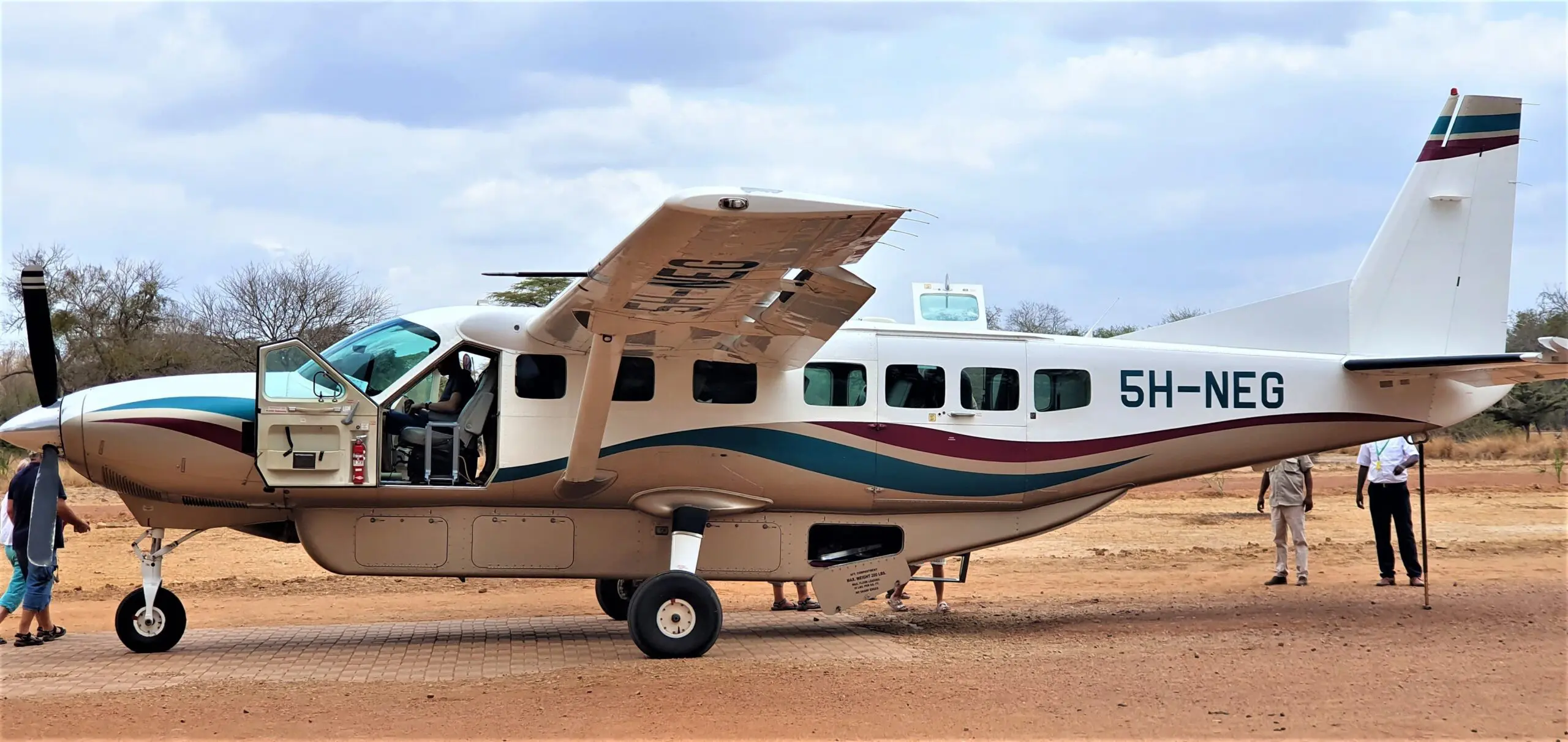
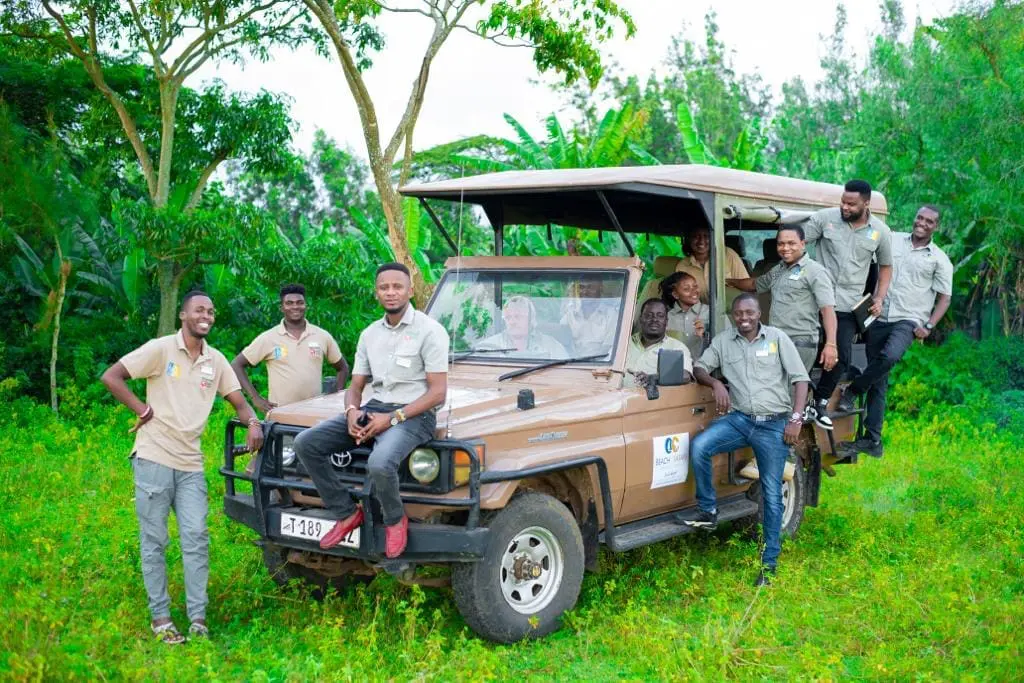
Safari Jeep
During this safari tour, you will travel around in a 4×4 safari jeep with pop-up roof. This, with four-wheel drive, safari jeep is perfect for taking photos. The vehicles have low emissions, so make less noise. This allows you to get quite close to the wild animals without disturbing or scaring them off.
The safari jeeps are well maintained and have comfortable seats and a cooler for cold water. Our English-speaking driver/guide has extensive knowledge of flora and fauna. He makes sure you get to see the best of the national parks. He will give you as much time as you need to ask questions, take pictures and enjoy the beautiful scenery.
Afstanden op Tanzania en Zanzibar
De enorme uitgestrektheid van Tanzania en Zanzibar zorgt ervoor dat je safarireis een groot aantal reisafstanden omvat. Deze roadtrips onthullen niet alleen de prachtige natuur van het land, maar bieden ook een uitstekende kans om kennis te maken met de verschillende ecosystemen, culturen en landschappen. Van de uitgestrekte vlaktes van het Serengeti National Park tot de majestueuze toppen van de Kilimanjaro en de eindeloze uitgestrekte parelwitte zandstranden in Zanzibar. De diversiteit van Tanzania & Zanzibar nodigt je uit om op ontdekkingstocht te gaan.
Bekijk de afstanden| From | To | Duration |
|---|---|---|
| Kilimanjaro Airport | Africa Safari Arusha | +/- 1.5 hour |
| Kilimanjaro Airport | Africa Safari Manyara Escarpment | +/- 3.5 hour |
| Kilimanjaro Airport | Africa Safari Rift Valley | +/- 3.5 hour |
| Arusha Airport | Africa Safari Lake Manyara | +/- 2 hours |
| Arusha Airport | Tarangire National Park | +/- 2.5 hour |
| Africa Safari Arusha | Arusha Airport | +/- 20 min |
| Africa Safari Arusha | Arusha National Park | +/- 1 hour |
| Africa Safari Arusha | Lake Manyara National Park | +/- 2 hours |
| Africa Safari Arusha | Lake Natron | +/- 6 hours |
| Africa Safari Arusha | Tarangire National Park | +/- 2 hours |
| Africa Safari Manyara Escarpment | Arusha National Park | +/- 2.5 hours |
| Africa Safari Manyara Escarpment | Lake Manyara National Park | +/- 10 min. |
| Africa Safari Manyara Escarpment | Lake Natron | +/- 3 hours |
| Africa Safari Manyara Escarpment | Ngorongoro Crater | +/- 1 hour |
| Africa Safari Manyara Escarpment | Serengeti National Park | +/- 5 hours |
| Africa Safari Manyara Escarpment | Tarangire National Park | +/- 50 min |
| Africa Safari Karatu | Africa Safari Arusha | +/- 3 hours |
| Africa Safari Karatu | Africa Safari Manyara Escarpment | +/- 45 min. |
| Africa Safari Karatu | Africa Safari Rift Valley | +/- 30 min. |
| Africa Safari Karatu | Lake Manyara National Park | +/- 45 min. |
| Africa Safari Karatu | Ngorongoro Crater | +/- 30 min. |
| Africa Safari Karatu | Tarangire National Park | +/- 2 hours |
| Africa Safari Rift Valley | Lake Manyara National Park | +/- 10 min. |
| Africa Safari Rift Valley | Tarangire National Park | +/- 50 min |
| Africa Safari Rift Valley | Ngorongoro Crater | +/- 1 hour |
| Africa Safari Rift Valley | Serengeti National Park | +/- 5 hours |
| Africa Safari Rift Valley | Arusha National Park | +/- 2 hours |
| Africa Safari Lake Natron | Lake Manyara / Africa Safari Manyara Escarpment | +/- 3 hours |
| Africa Safari Lake Natron | North Serengeti / Africa Safari Maasia Boma | +/- 4.5 hours |
| Africa Safari Lake Natron | Arusha / Arusha Airport | +/- 6 hours |
| Africa Safari Maasai Boma | Africa Safari Serengeti Ikoma | +/- 4 hours |
| Africa Safari Maasai Boma | Africa Safari South Serengeti / Ndutu | +/- 4 hours |
| Africa Safari Maasai Boma | Lake Natron / Africa Safari Lake Natron | +/- 4.5 hours |
| Africa Safari Serengeti Ikoma | Africa Safari Karatu | +/- 6 hours |
| Africa Safari Serengeti Ikoma | Seronera airstrip | +/- 15 min |
| Africa Safari Serengeti Ikoma | Ngorongoro Crater | +/- 3.5 hours |
| Africa Safari South Serengeti | Ngorongoro Crater | +/- 1.5 hour |
| Africa Safari South Serengeti | Africa Safari Serengeti Ikoma | +/- 3 hours |
| Africa Safari South Serengeti | Africa Safari Manyara Escarpment | +/- 2.5 hours |
| Africa Safari South Serengeti | Africa Safari Karatu | +/- 2 hours |
| Zanzibar Airport | Reef & Beach Resort | +/- 1.5 hour |
| Zanzibar Airport | Zanzibar Bay Resort / Paradise Beach Resort | +/- 45 min |
| Zanzibar Airport | Dream of Zanzibar | +/- 45 min |
| Zanzibar Airport | Shaba Boutique Hotel / Stone Town | +/- 15 min |
Rondreizen
Bekijk hier onze inspiratiereizen naar Tanzania en/of Zanzibar die op maat aangepast kunnen worden.
